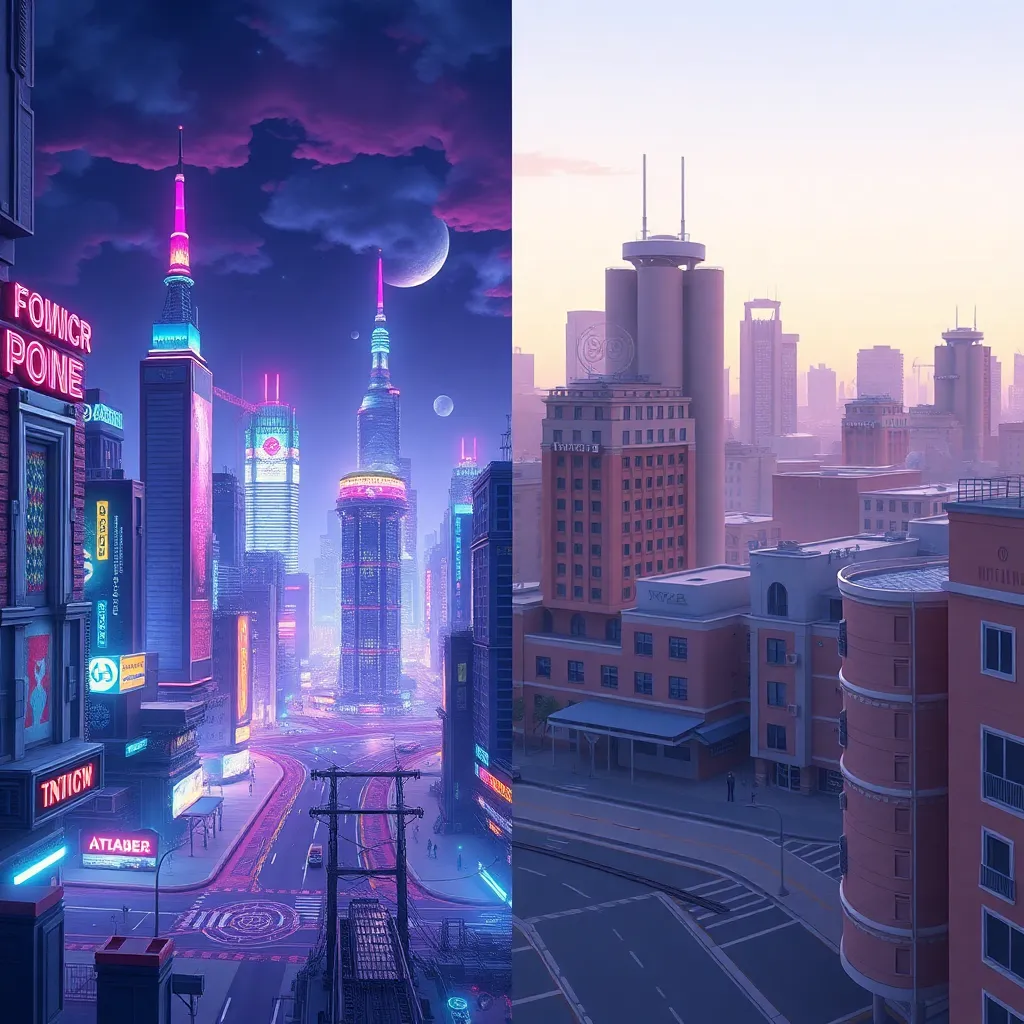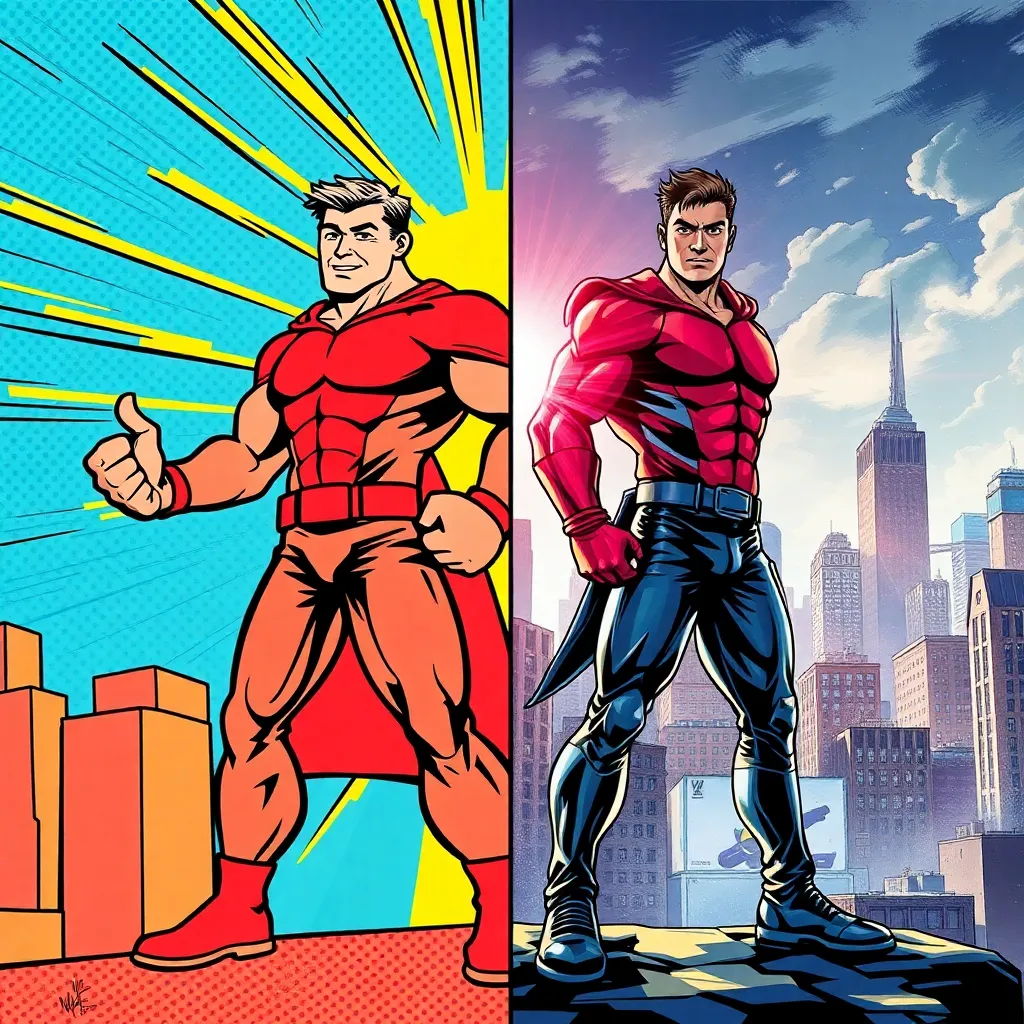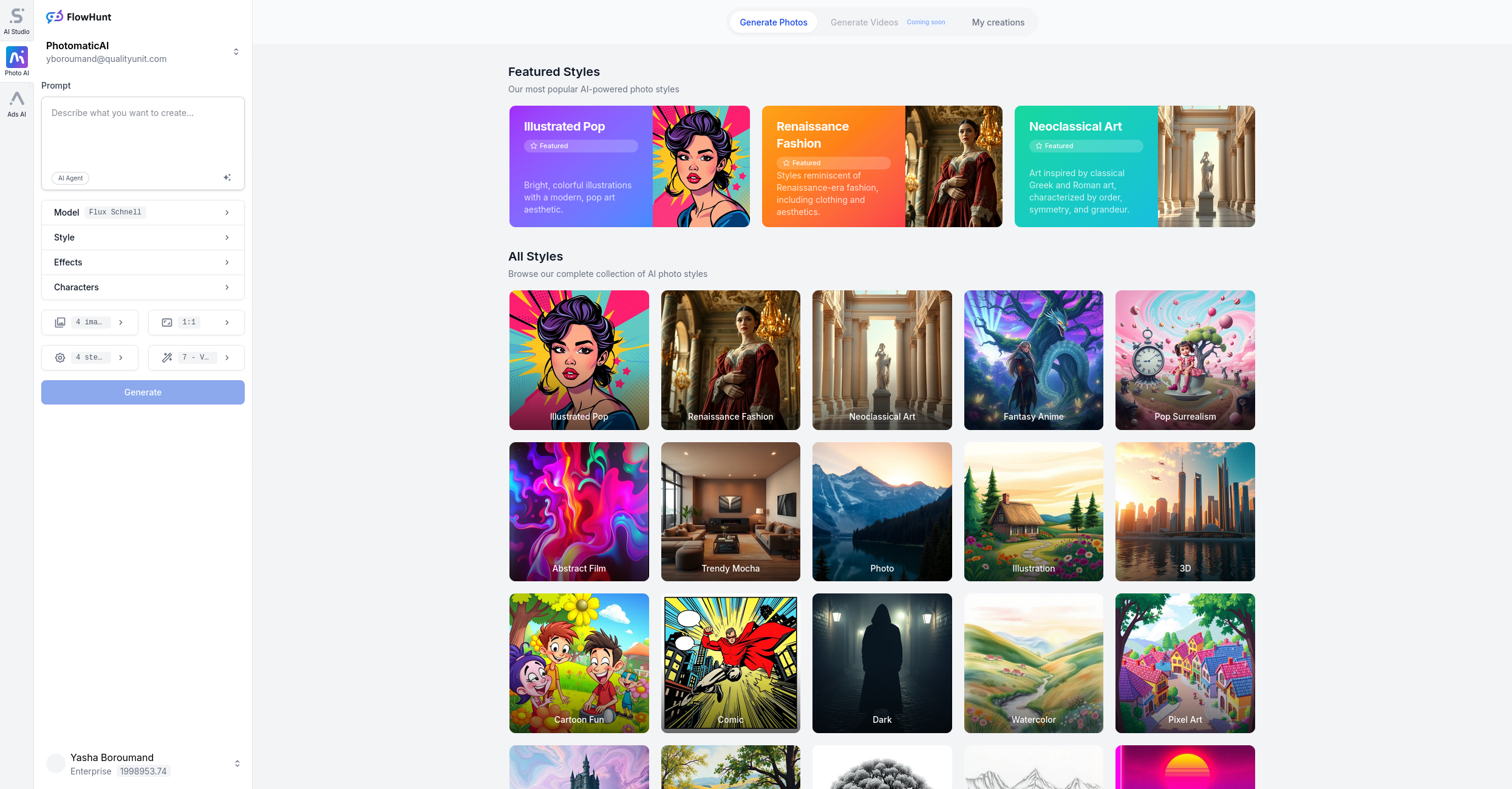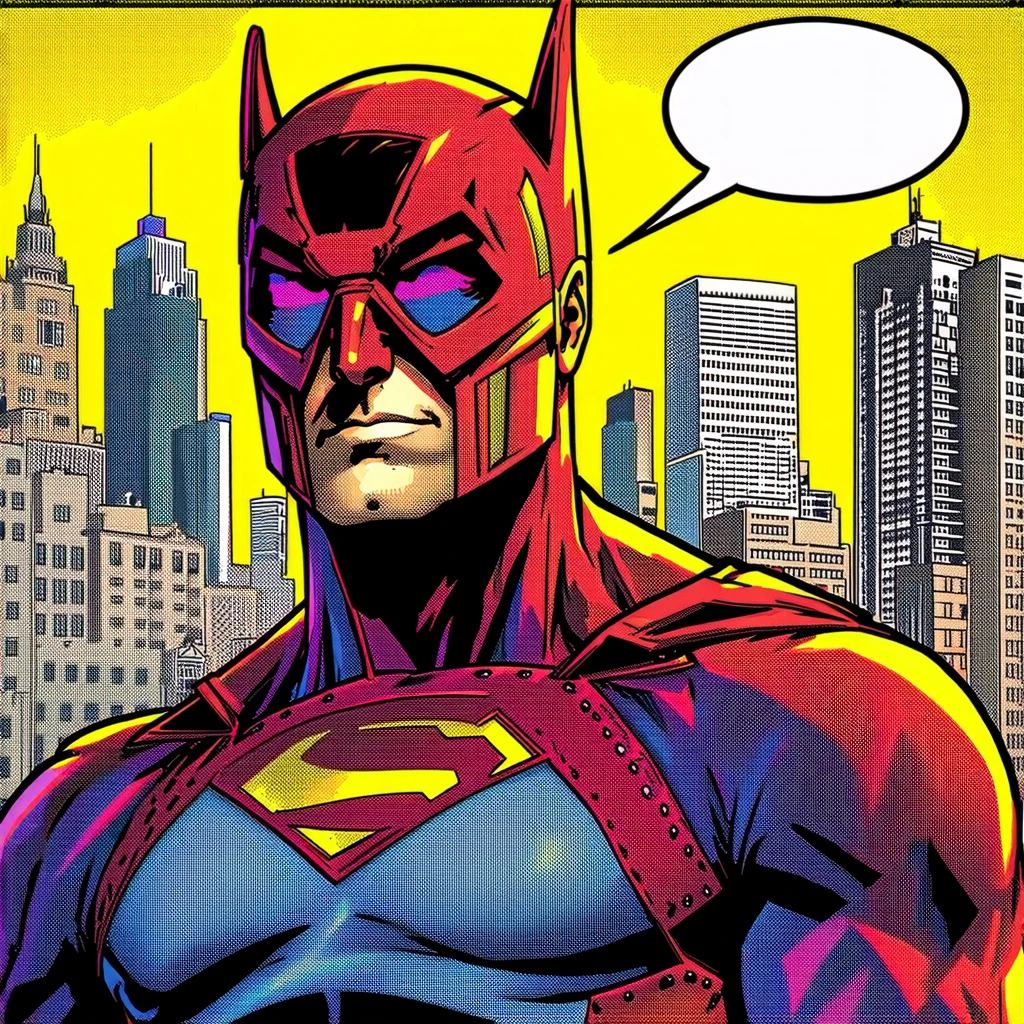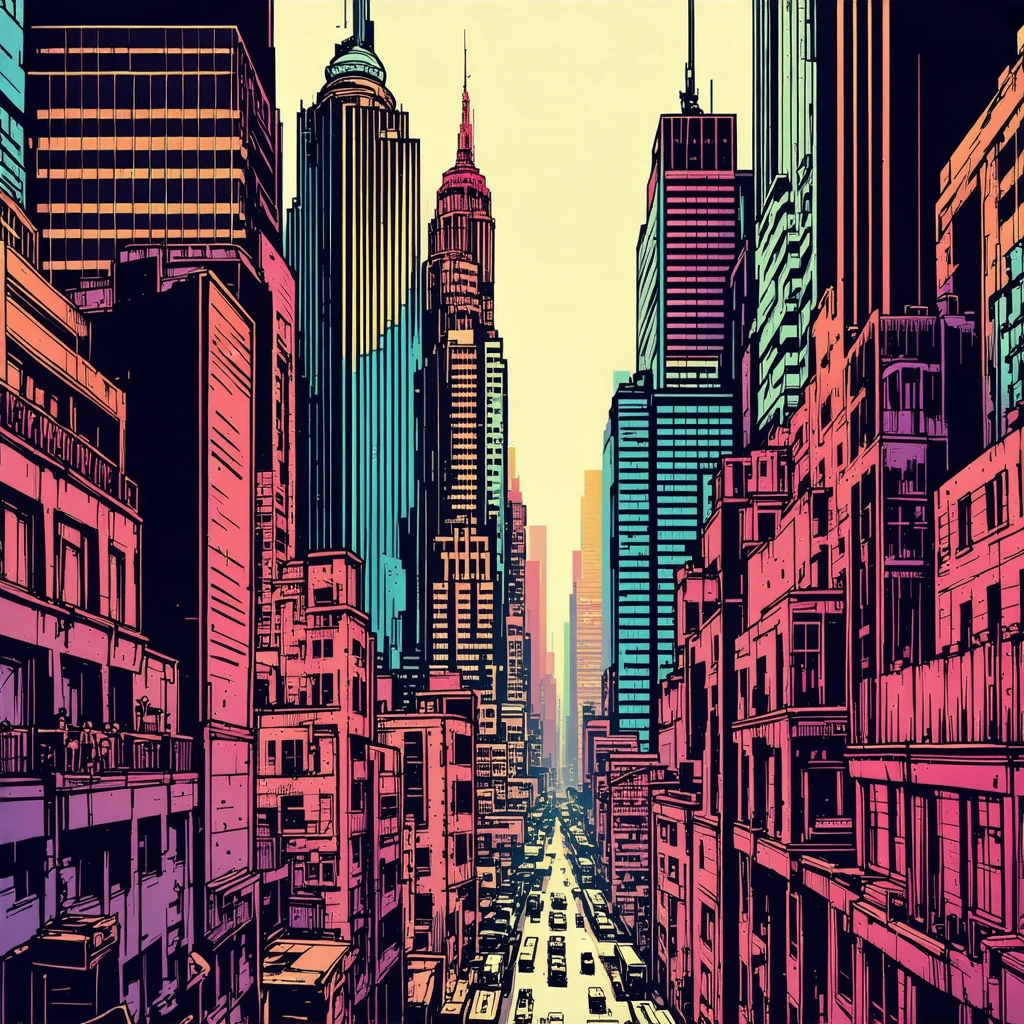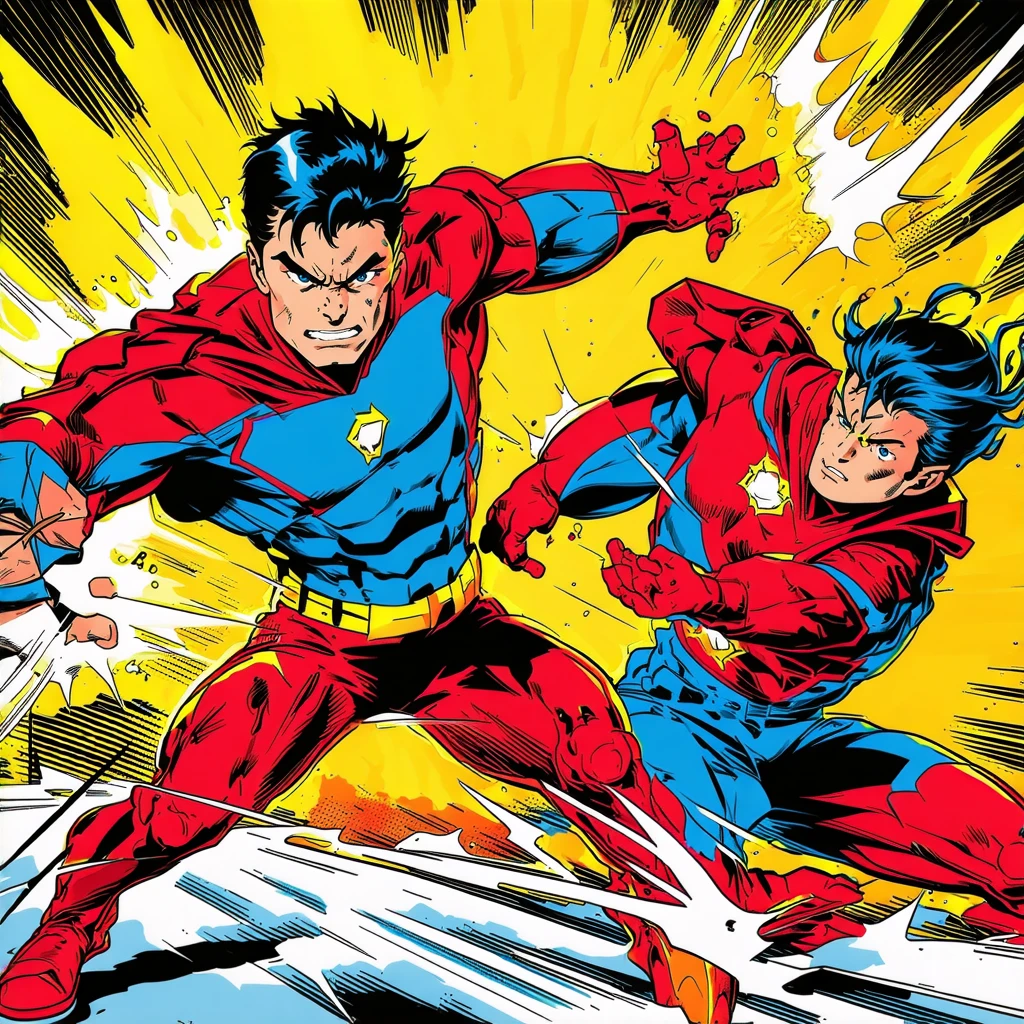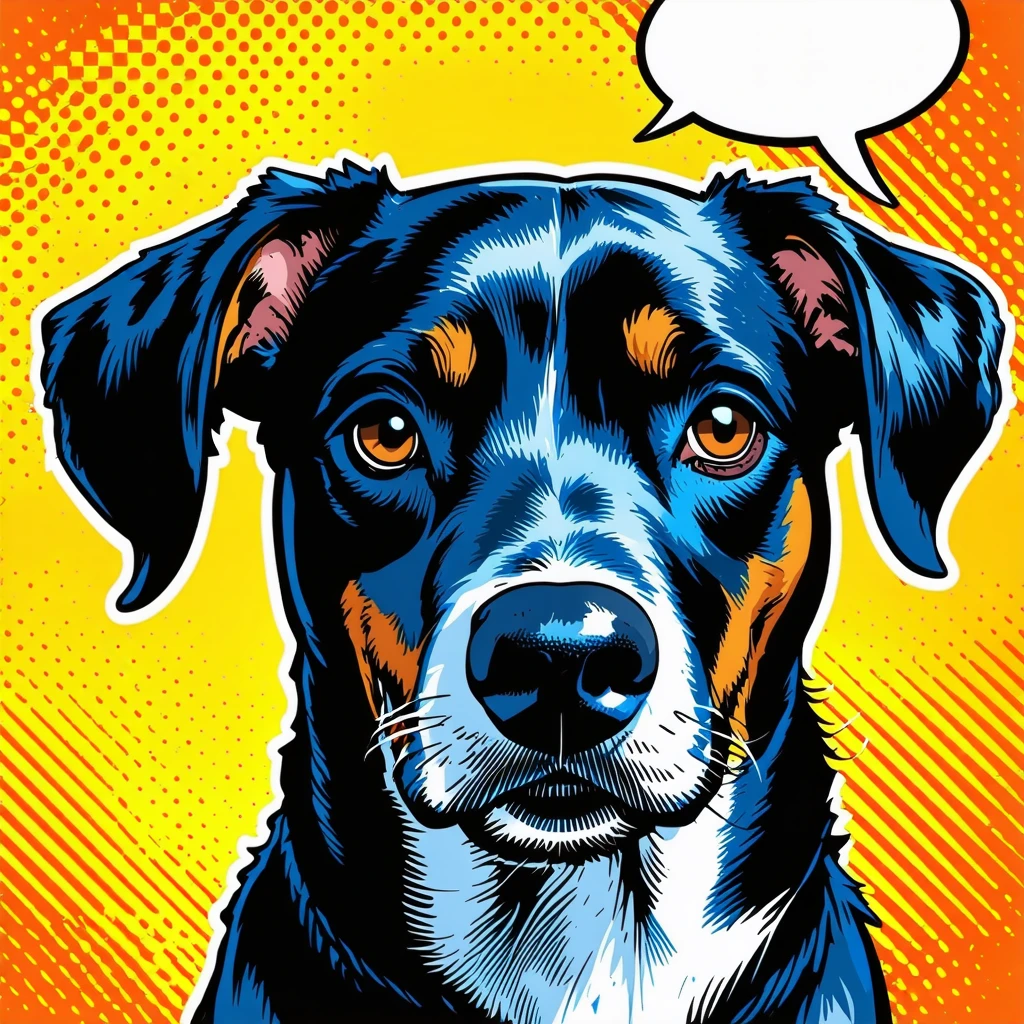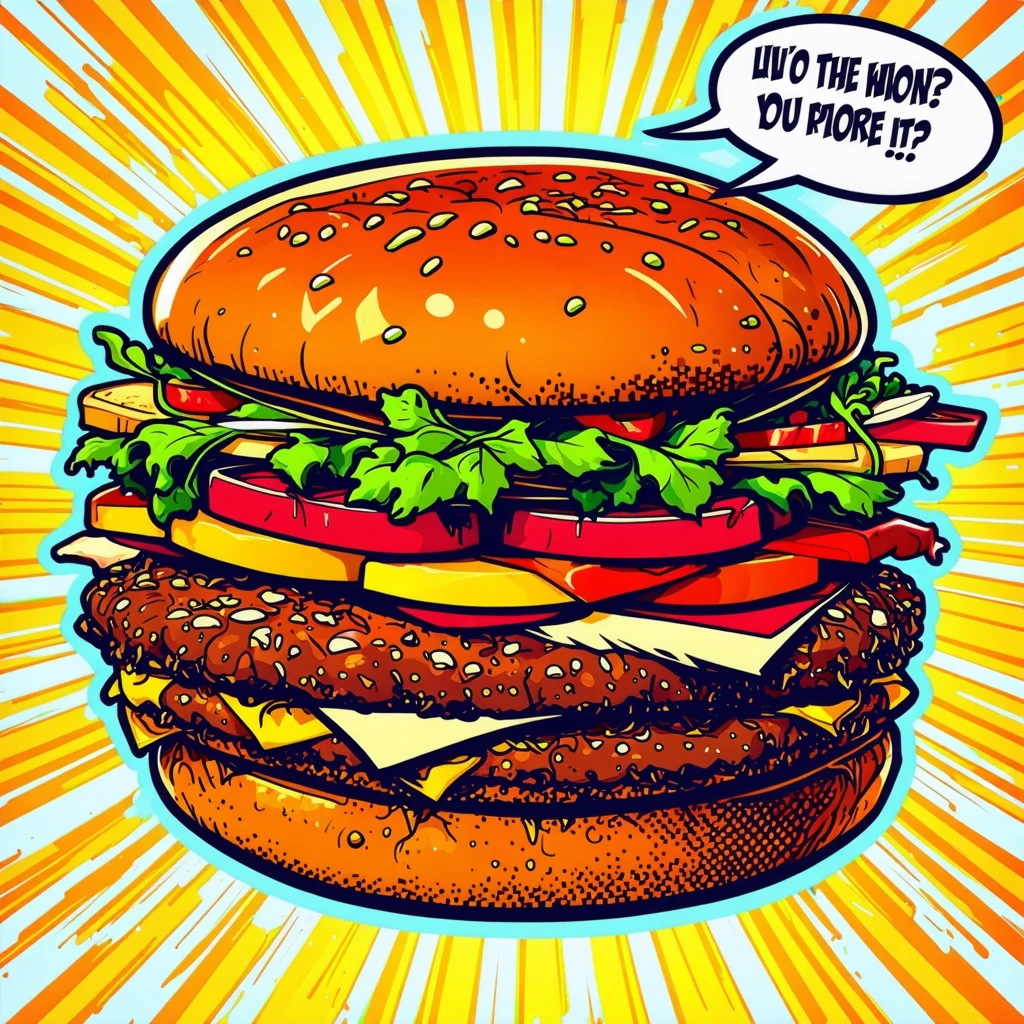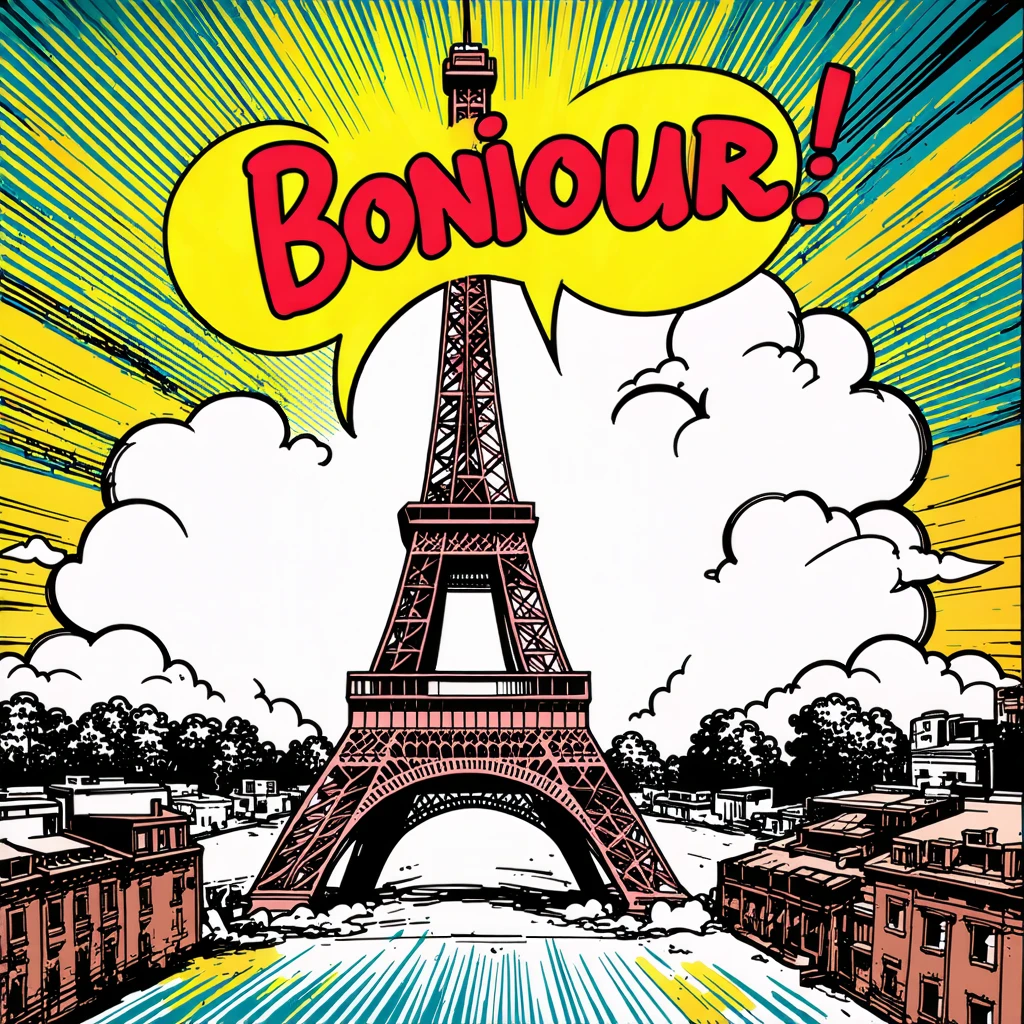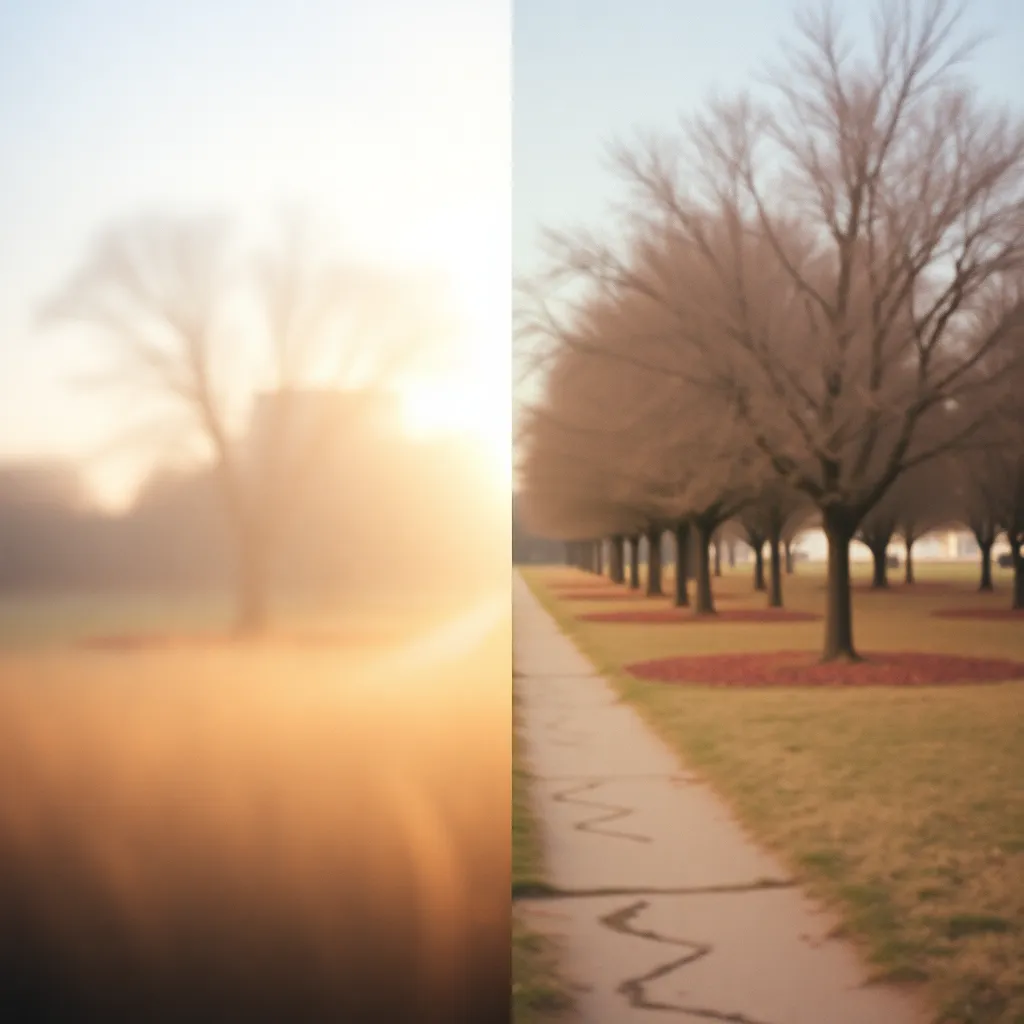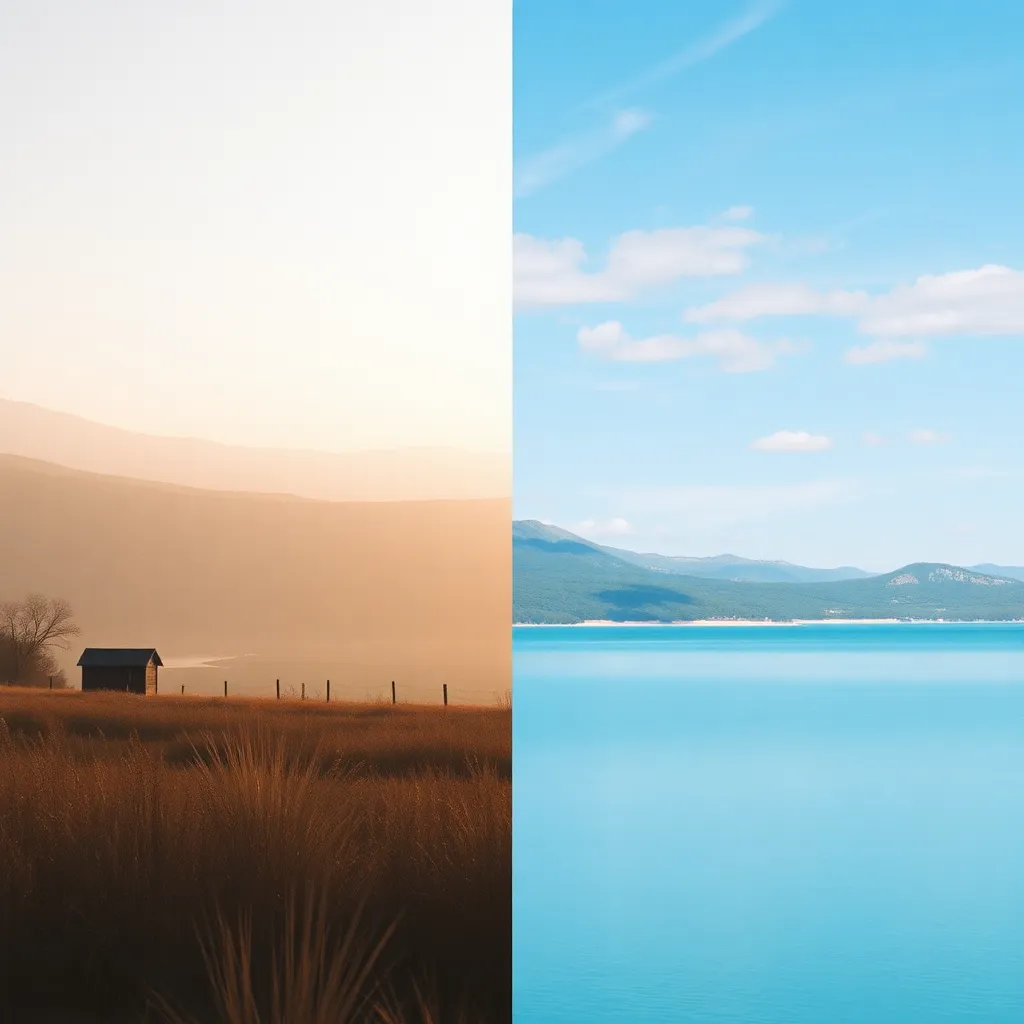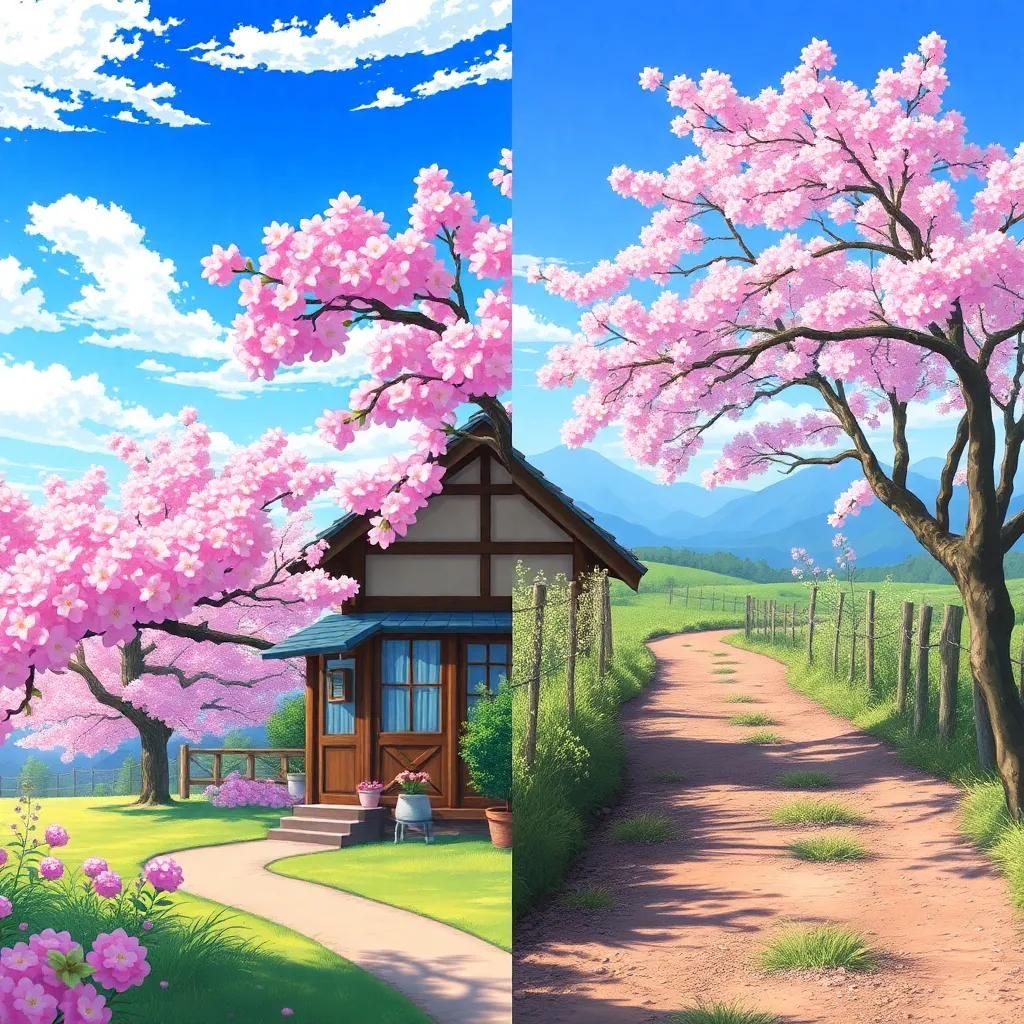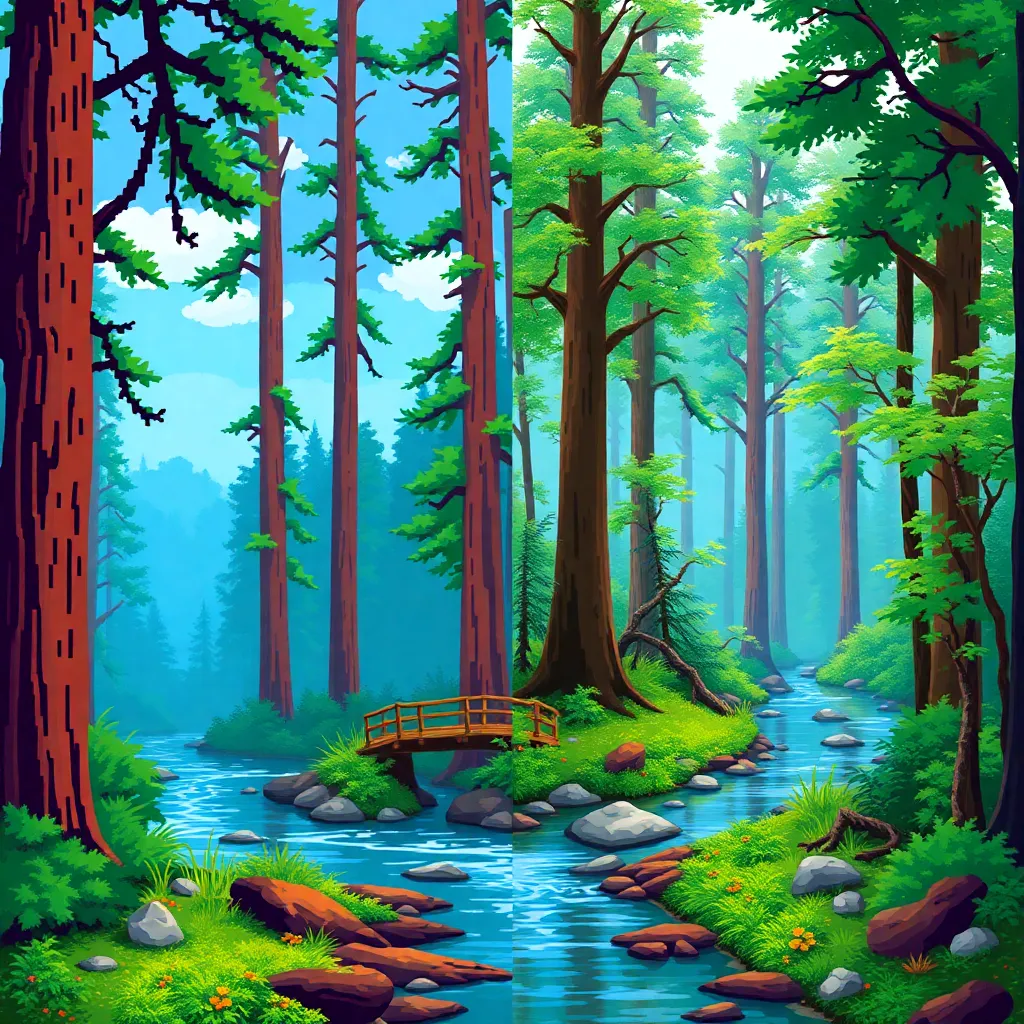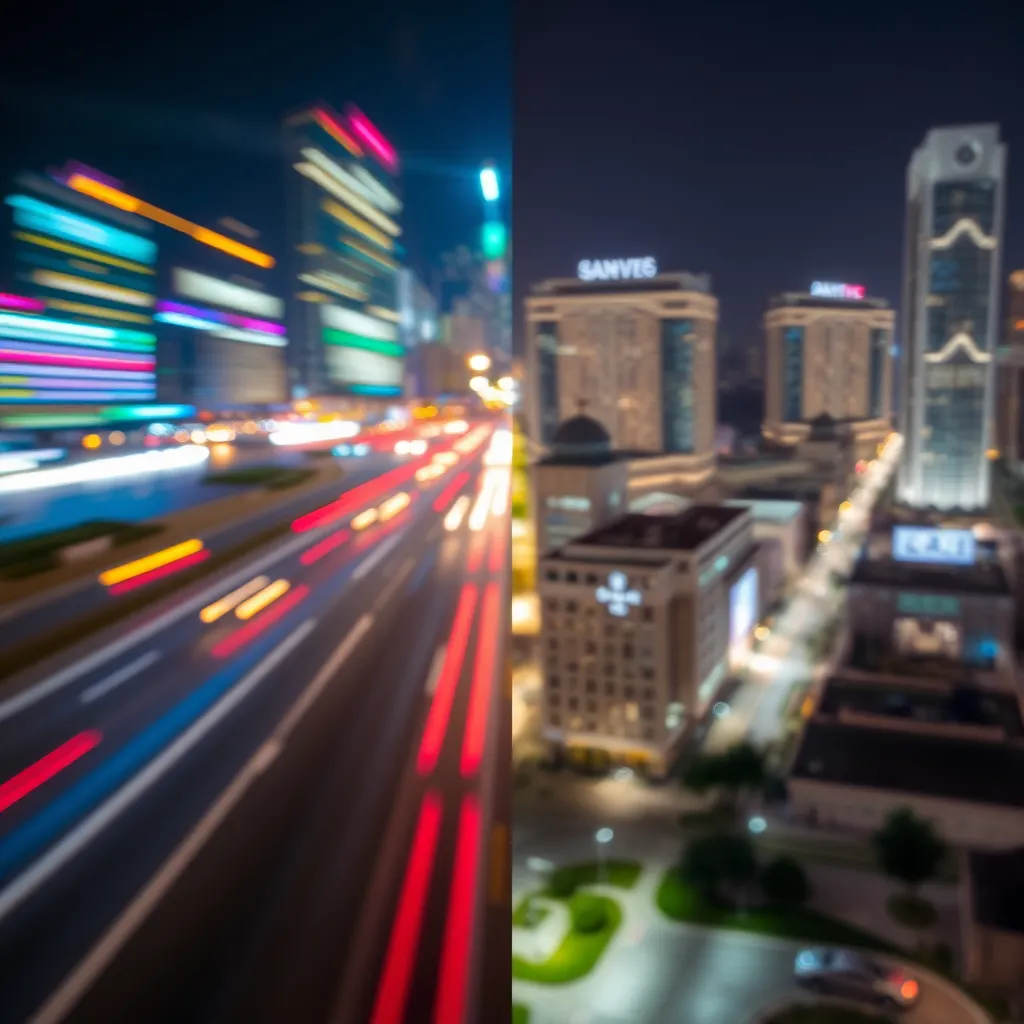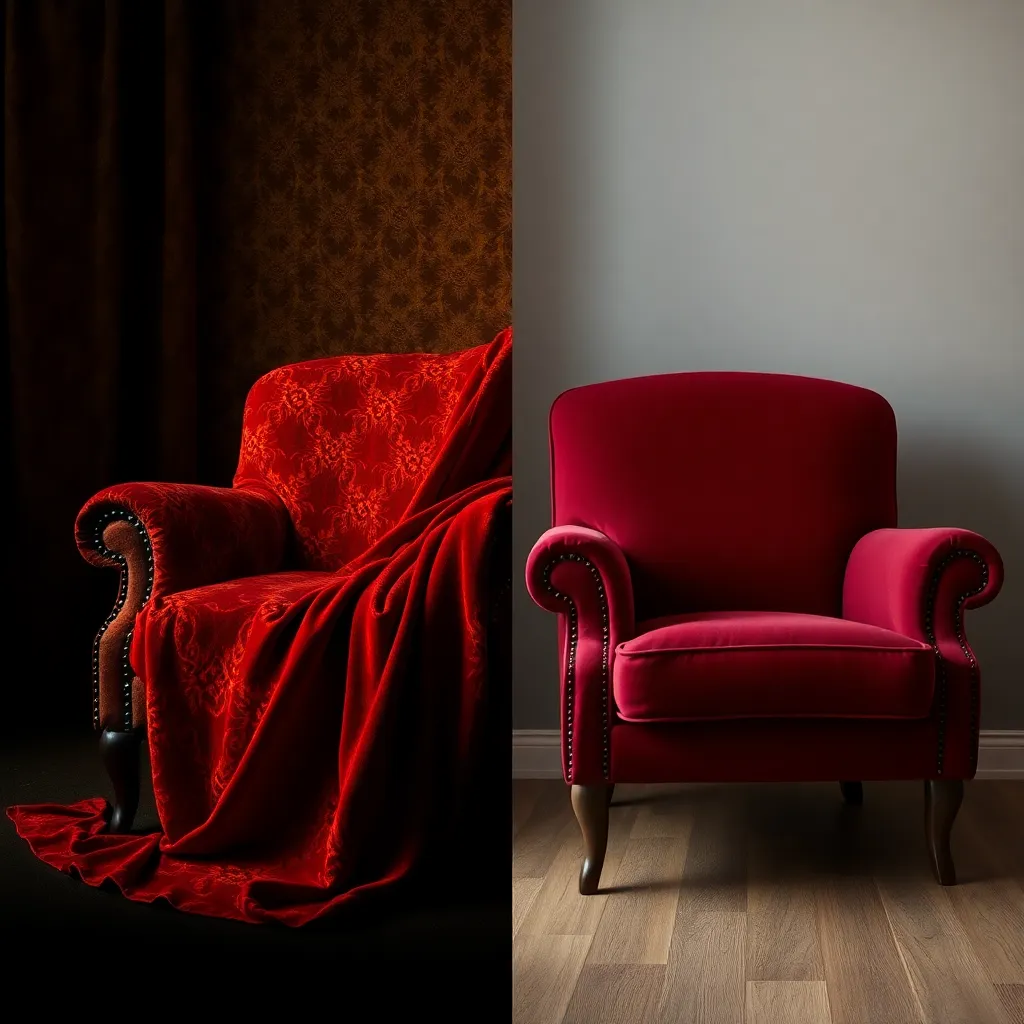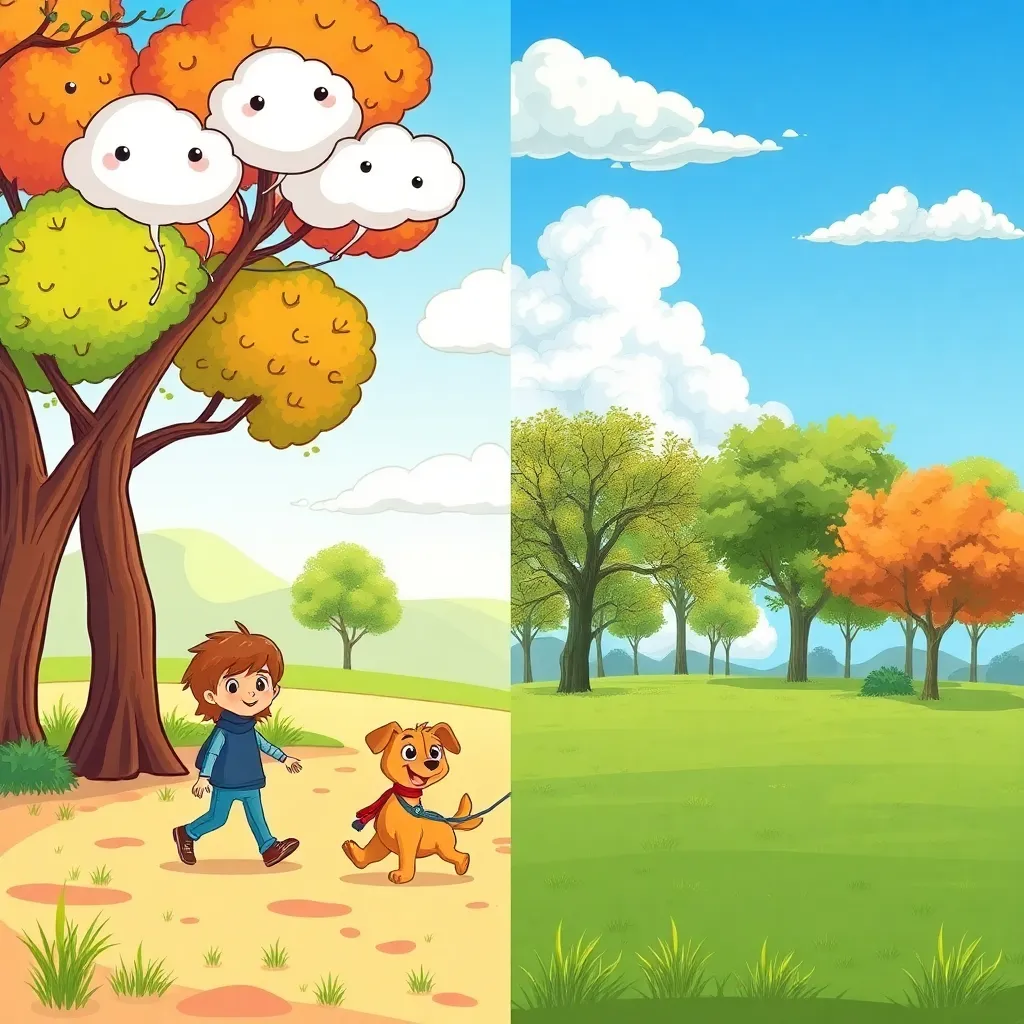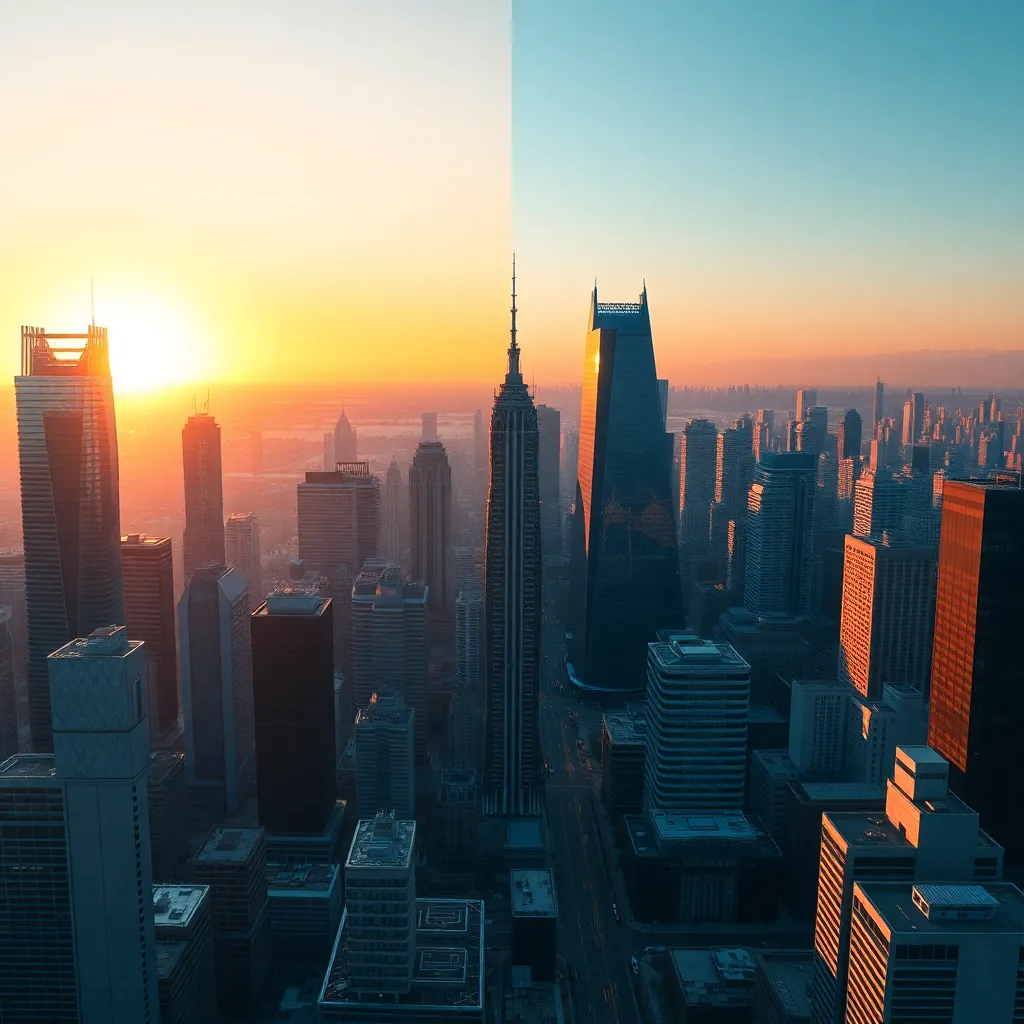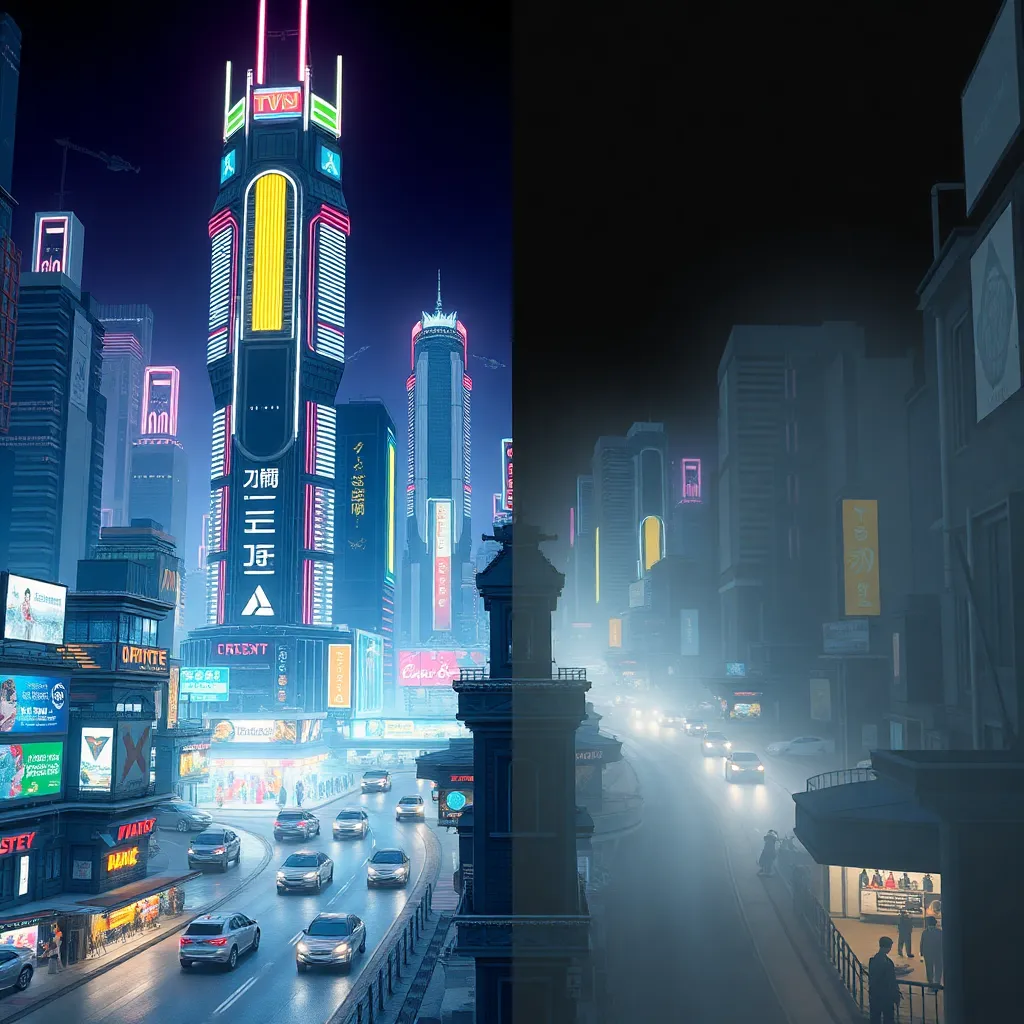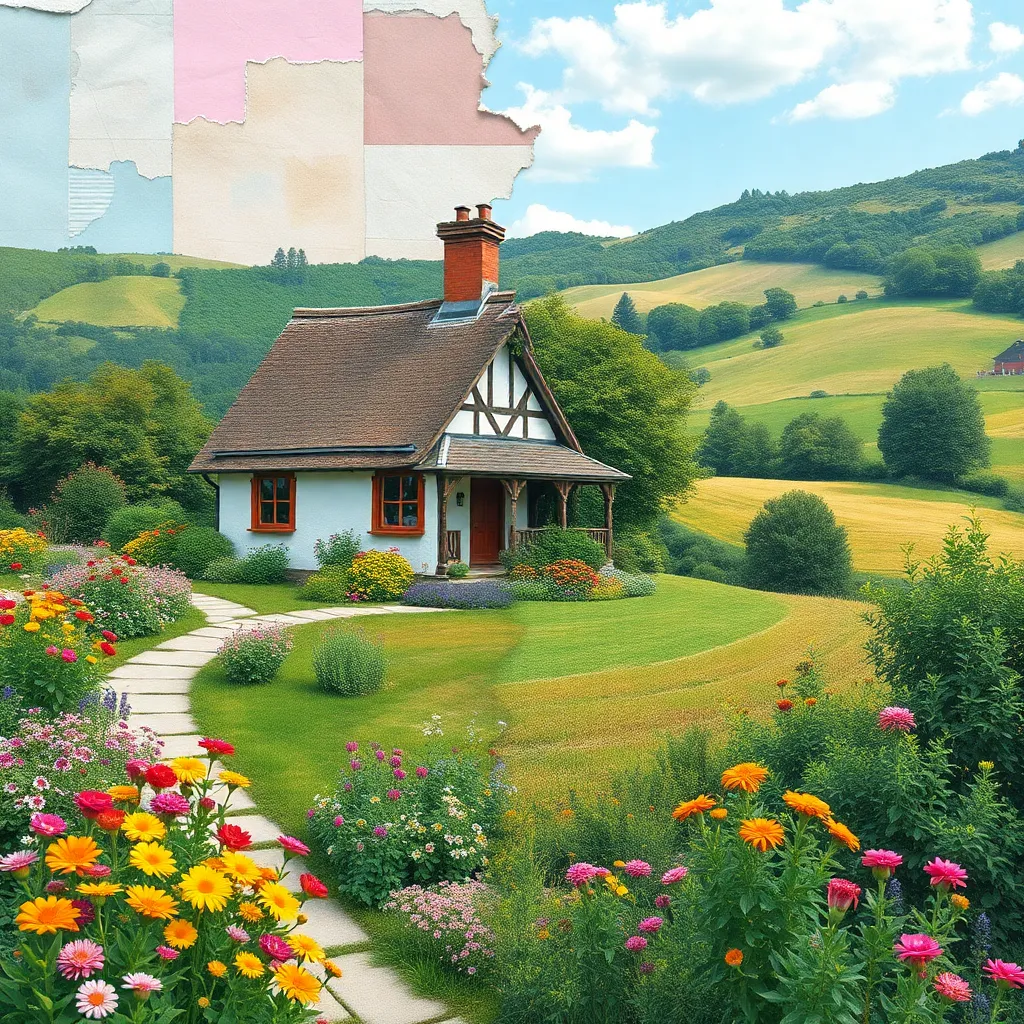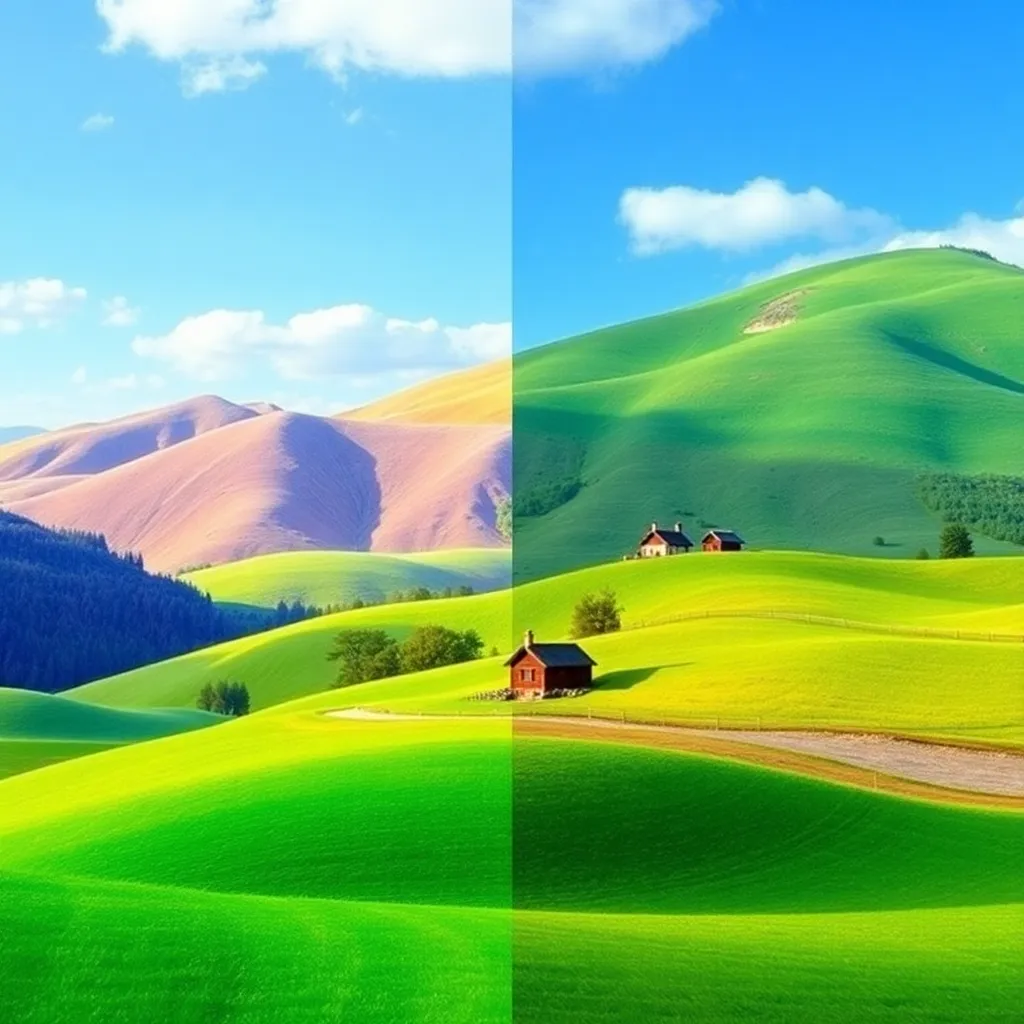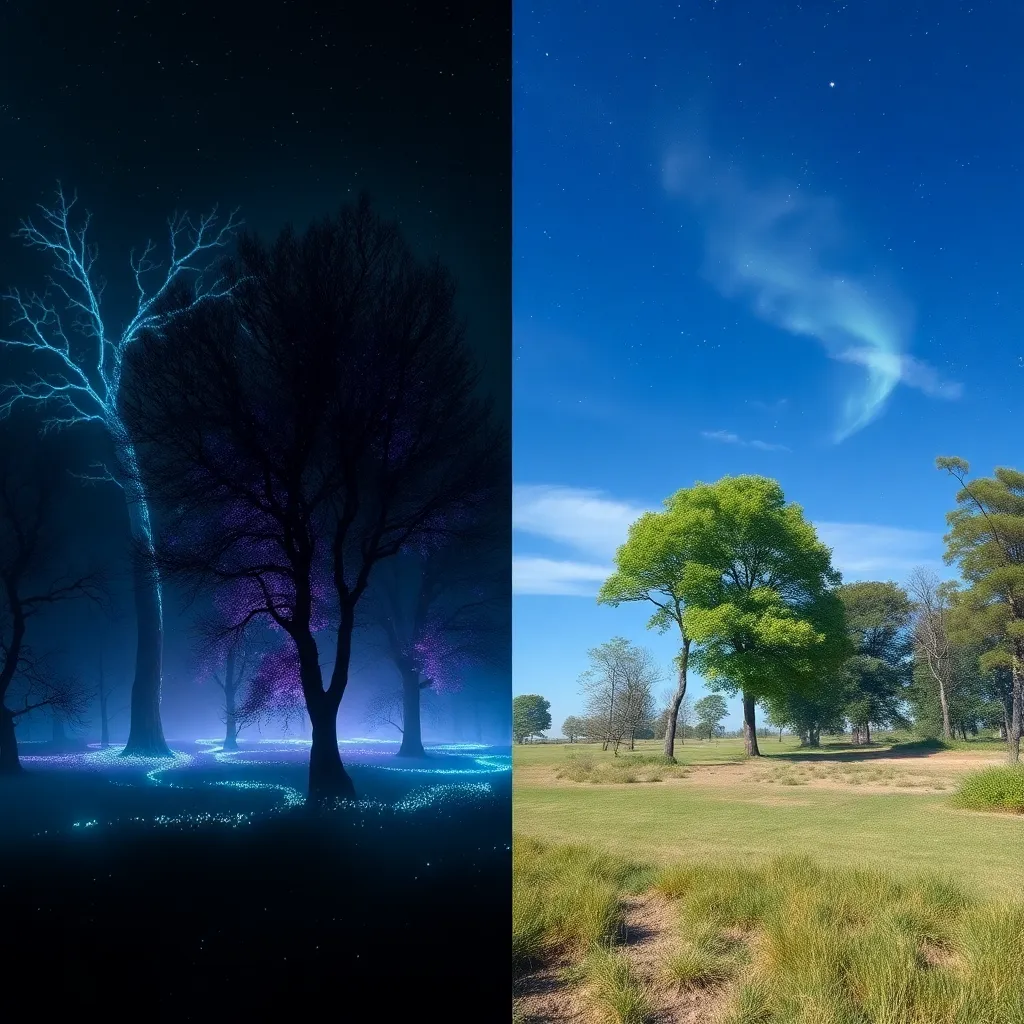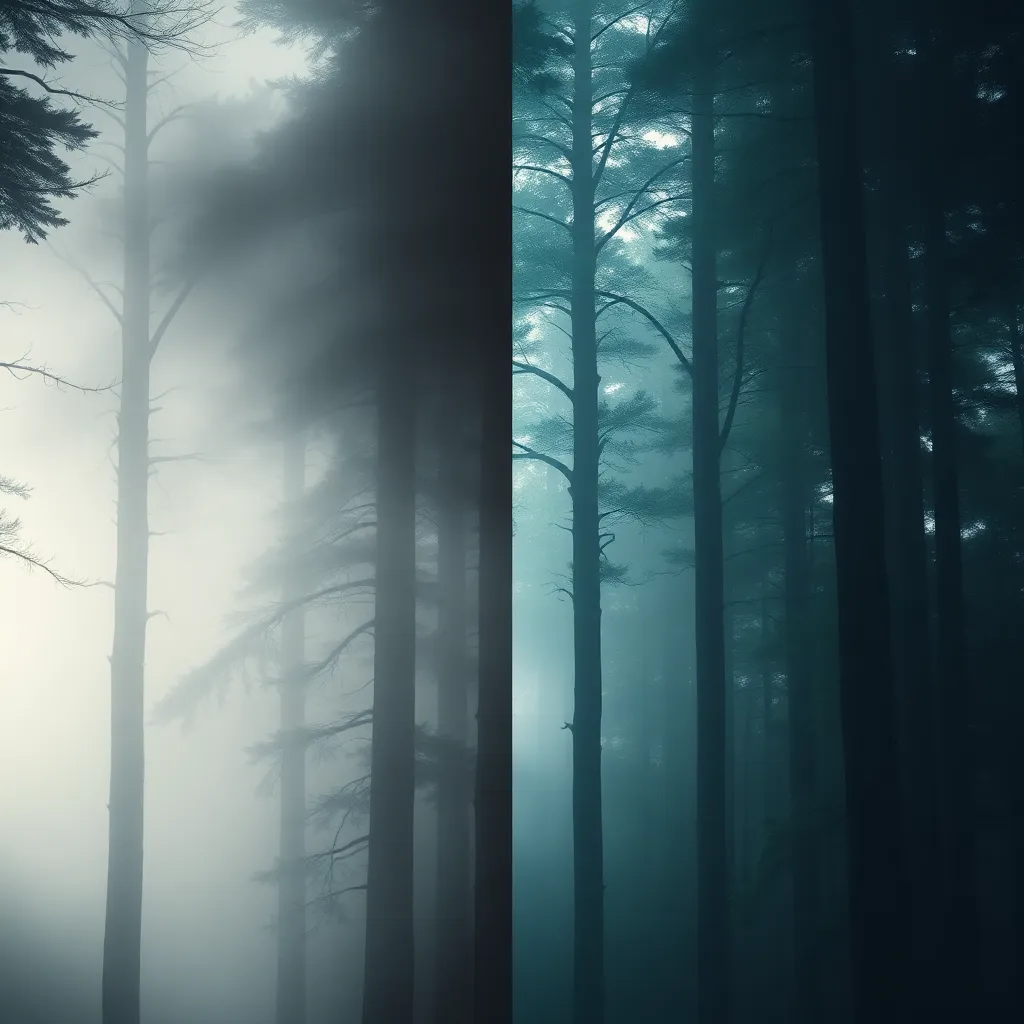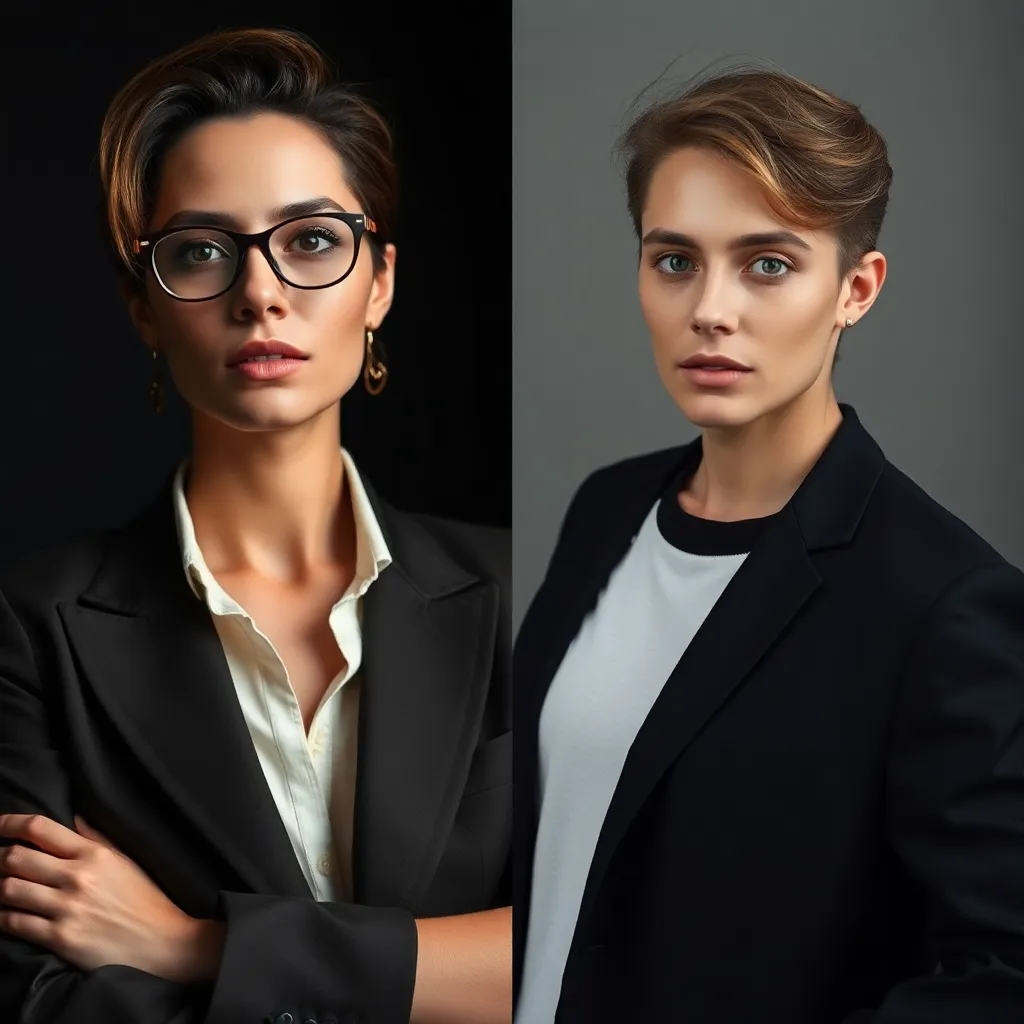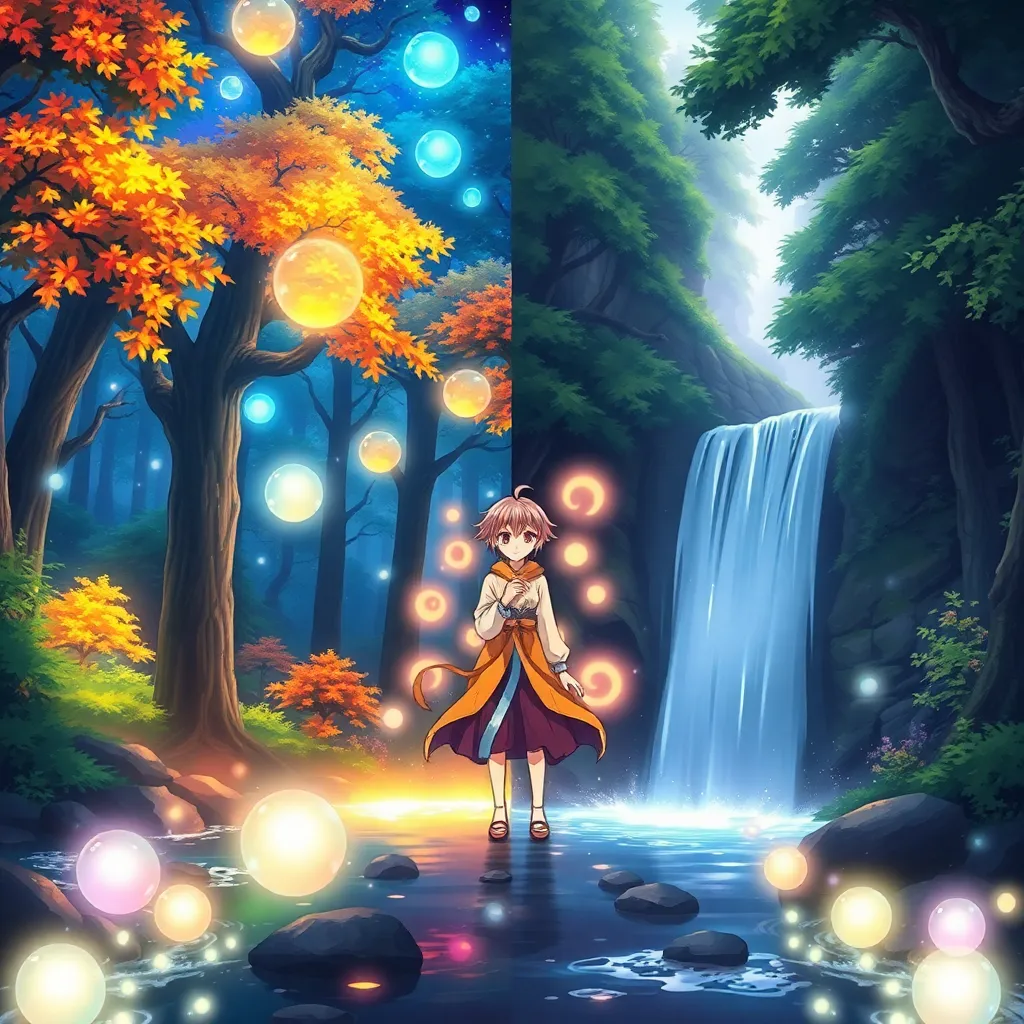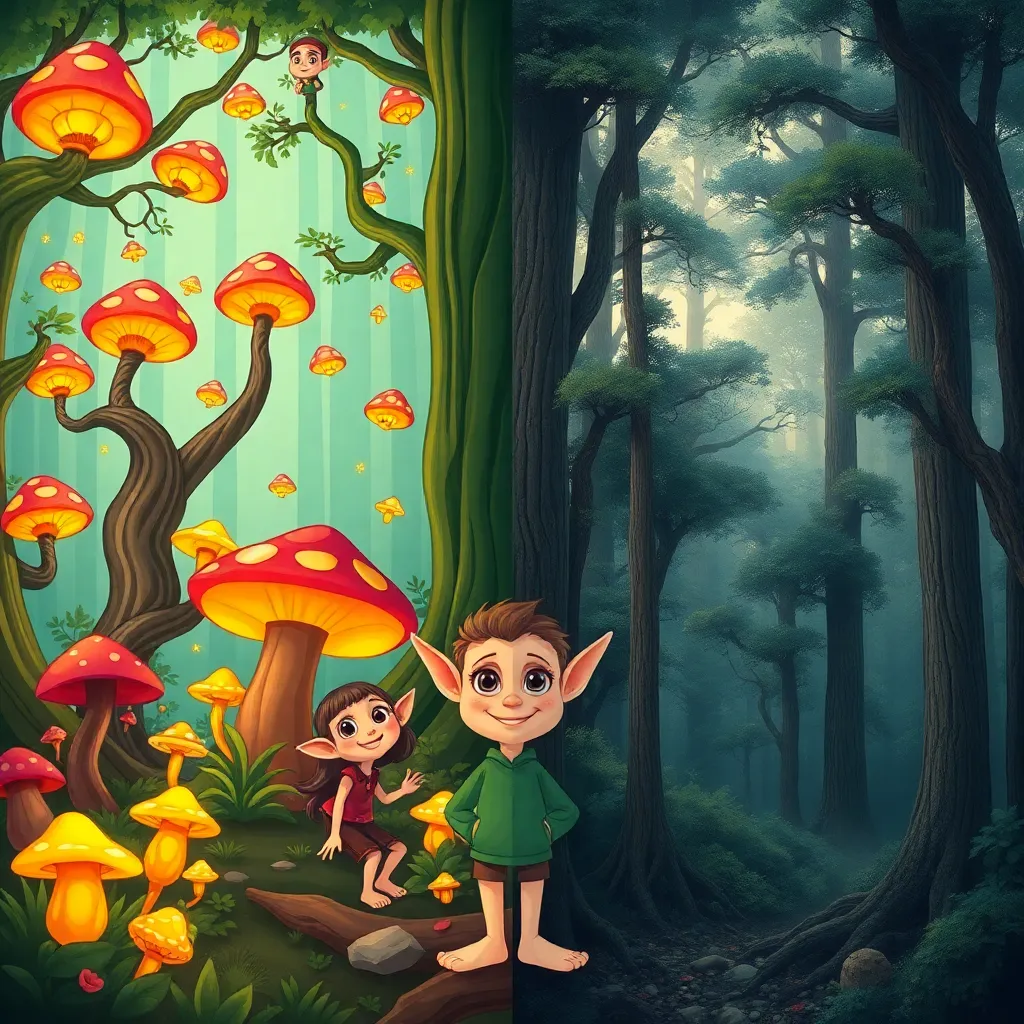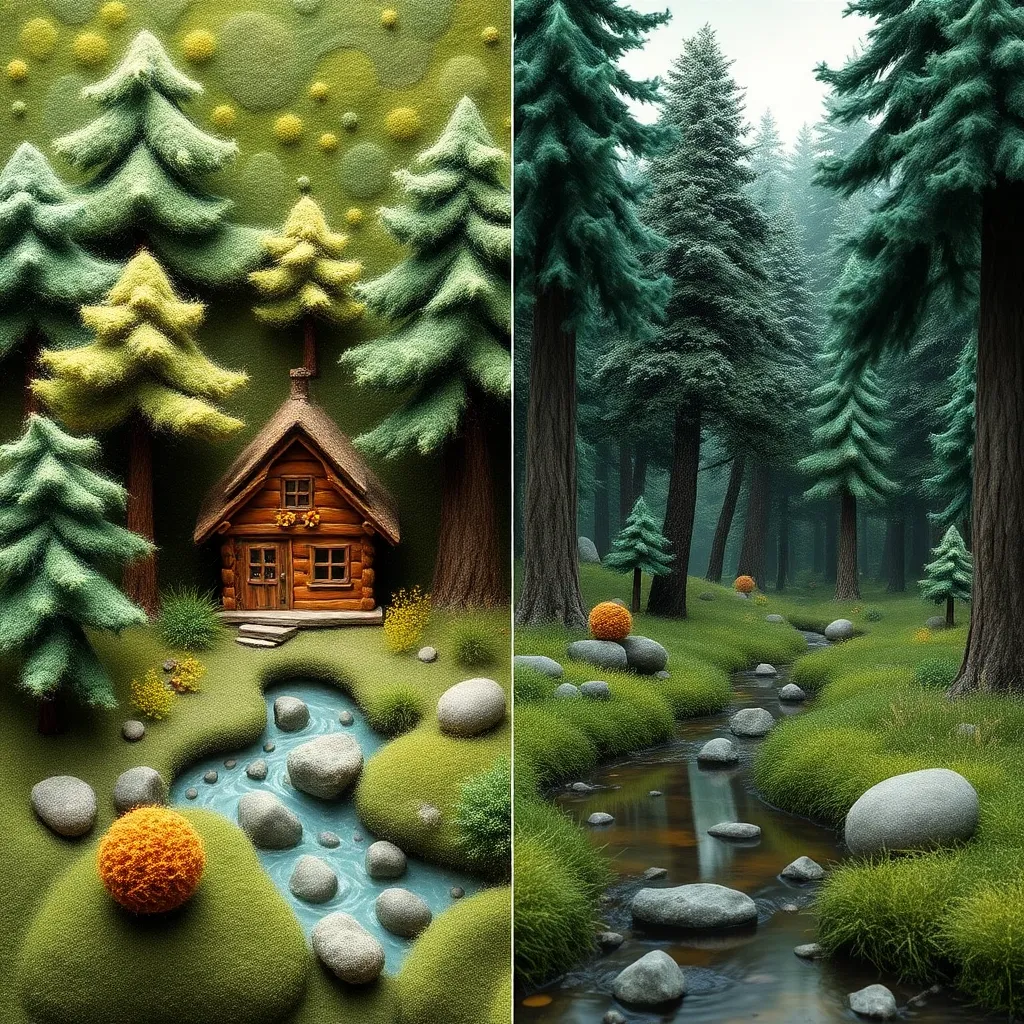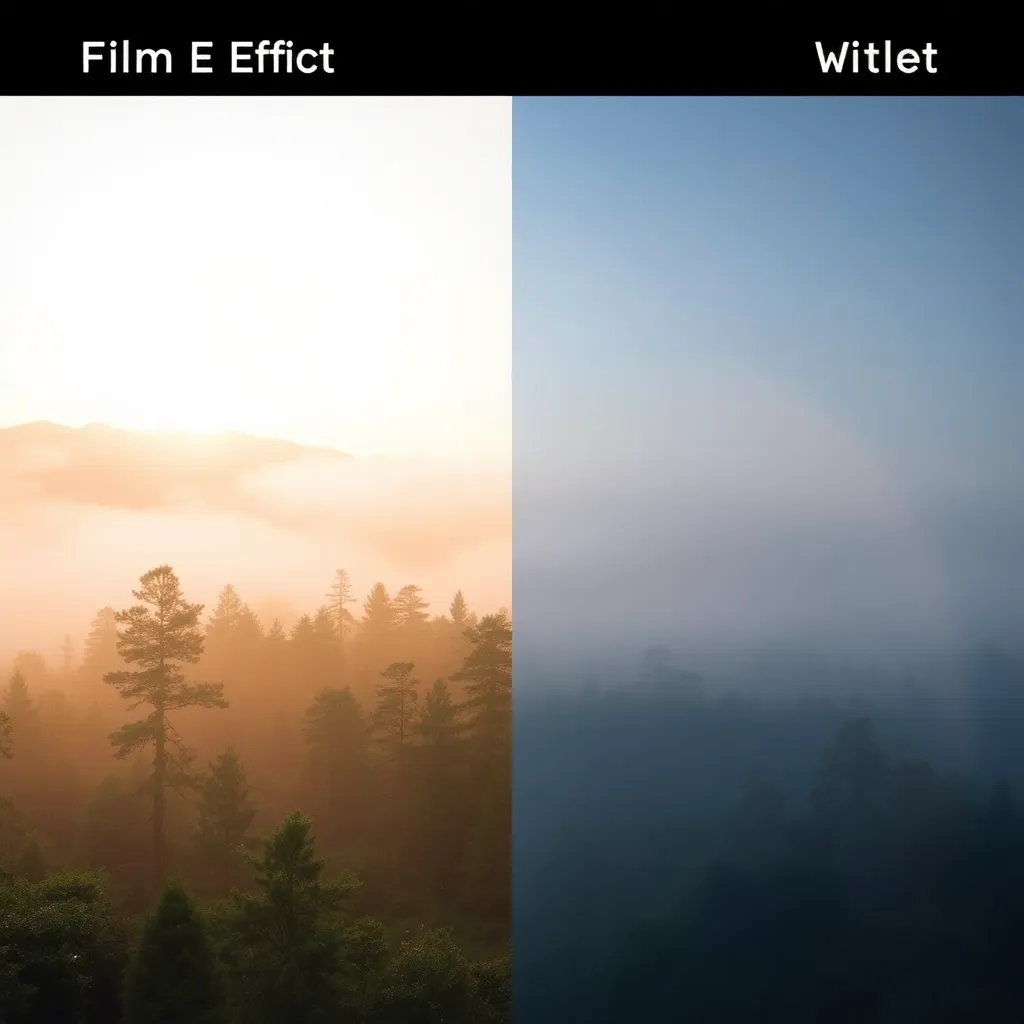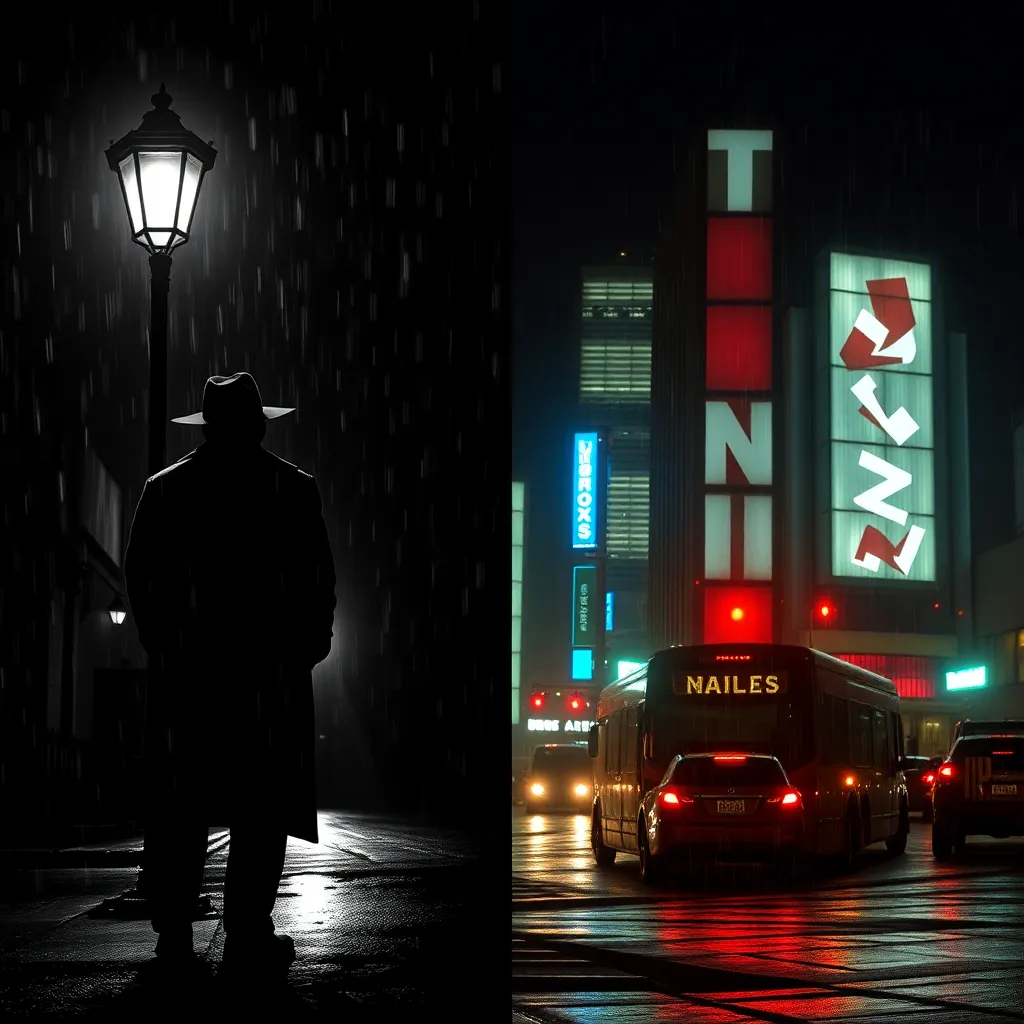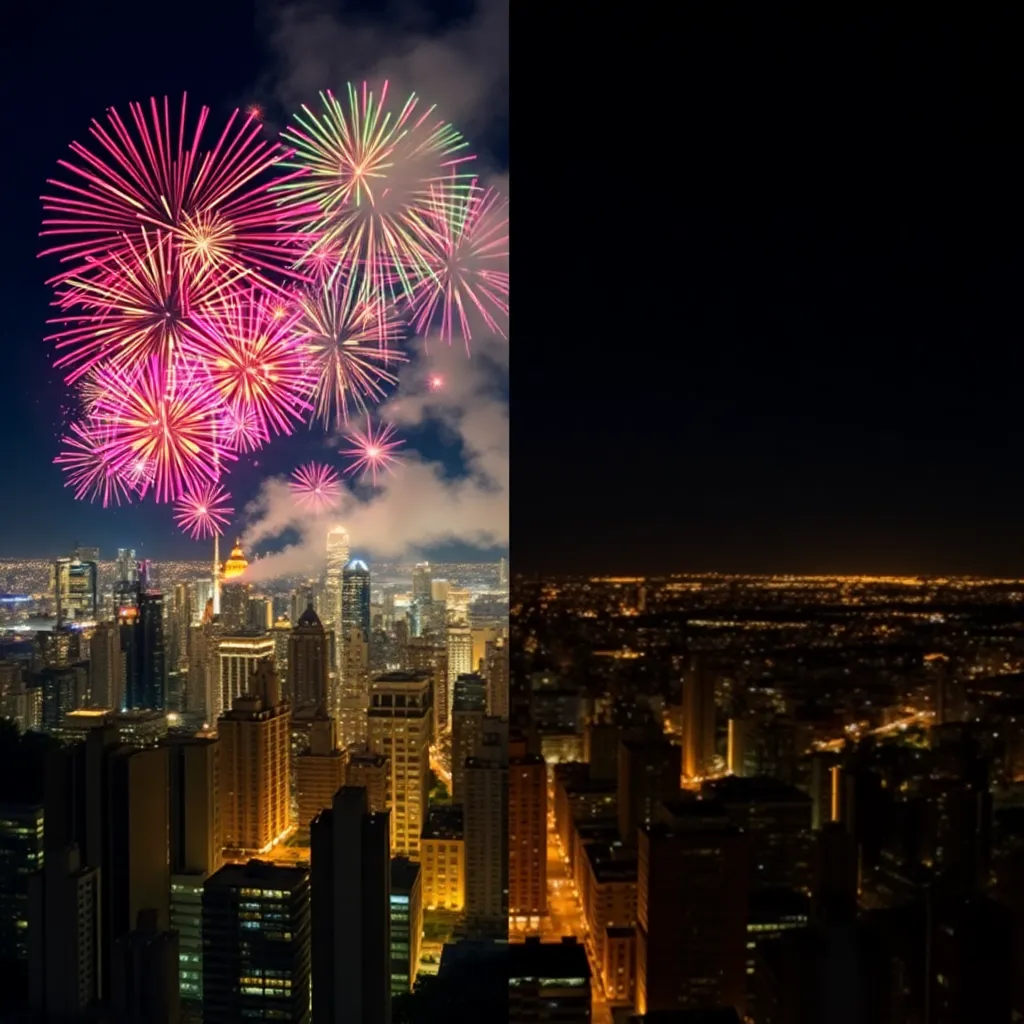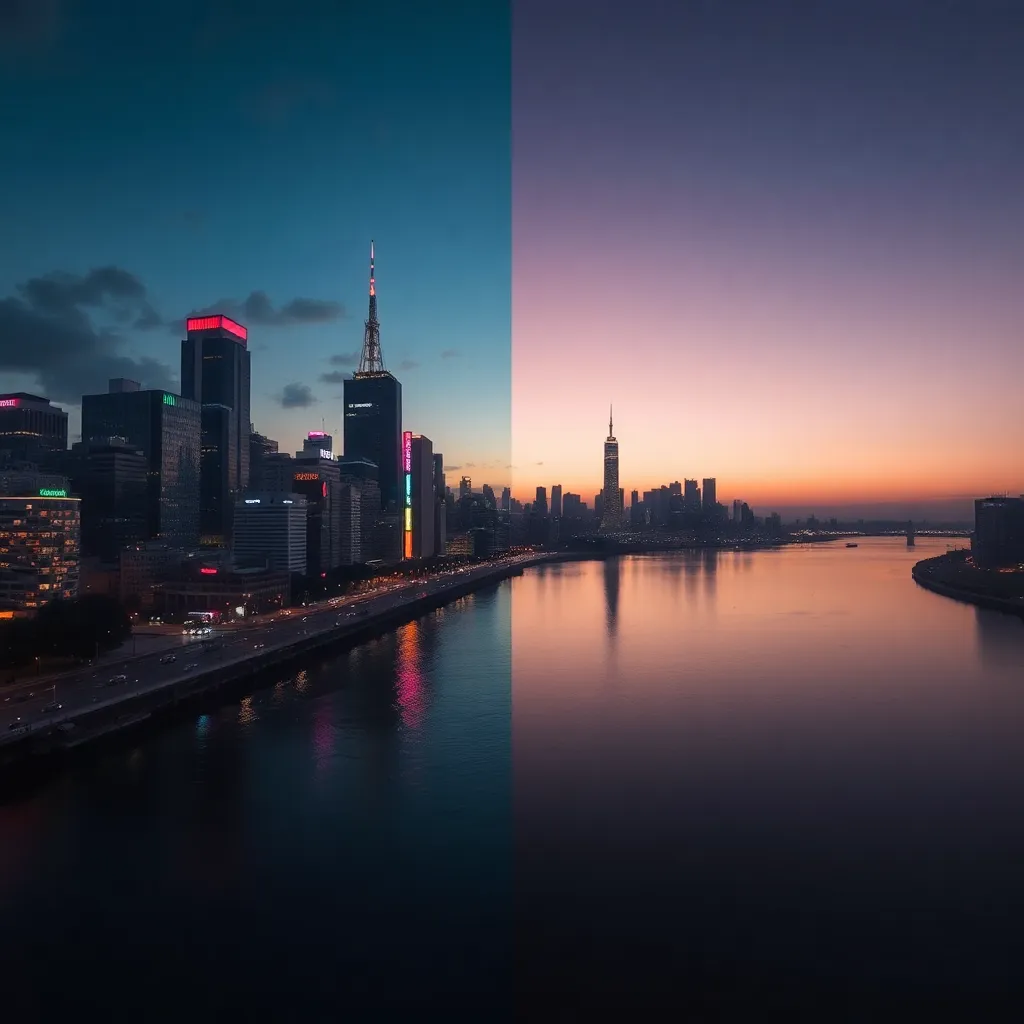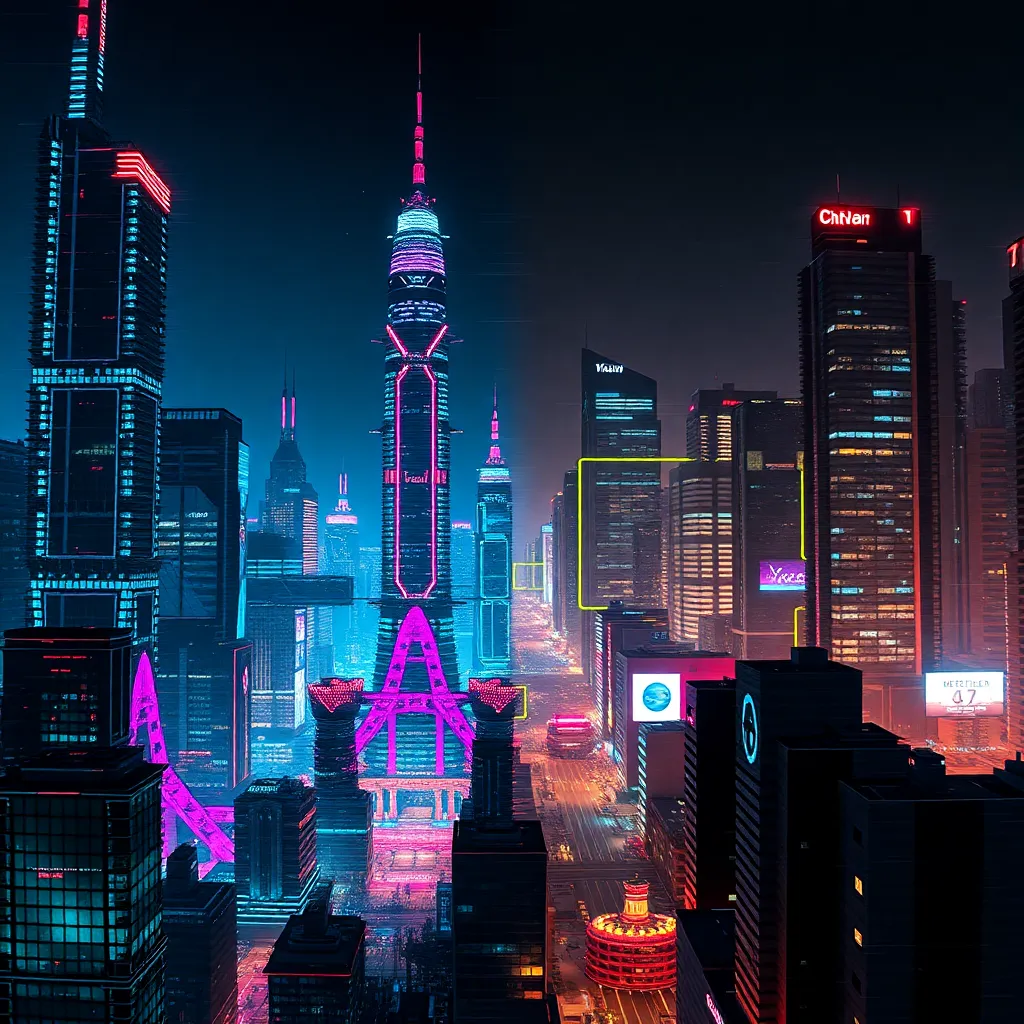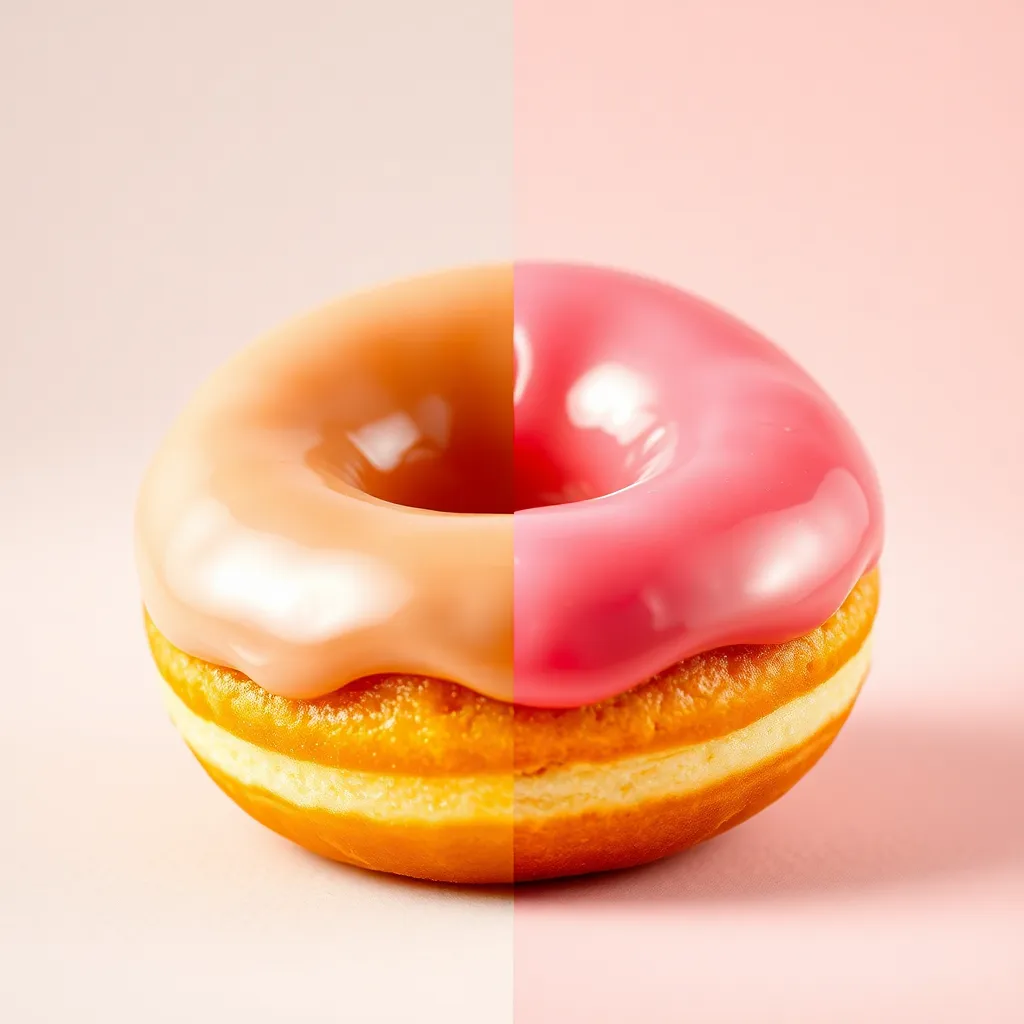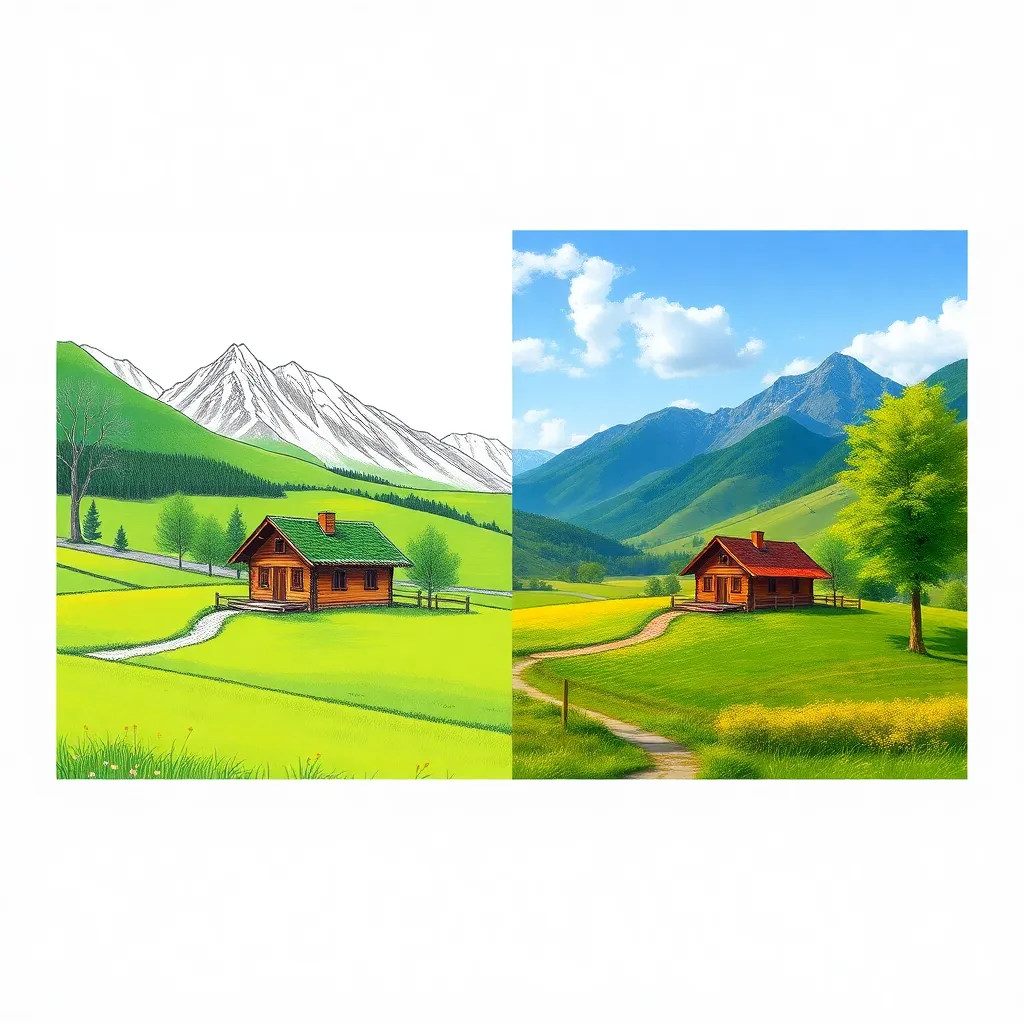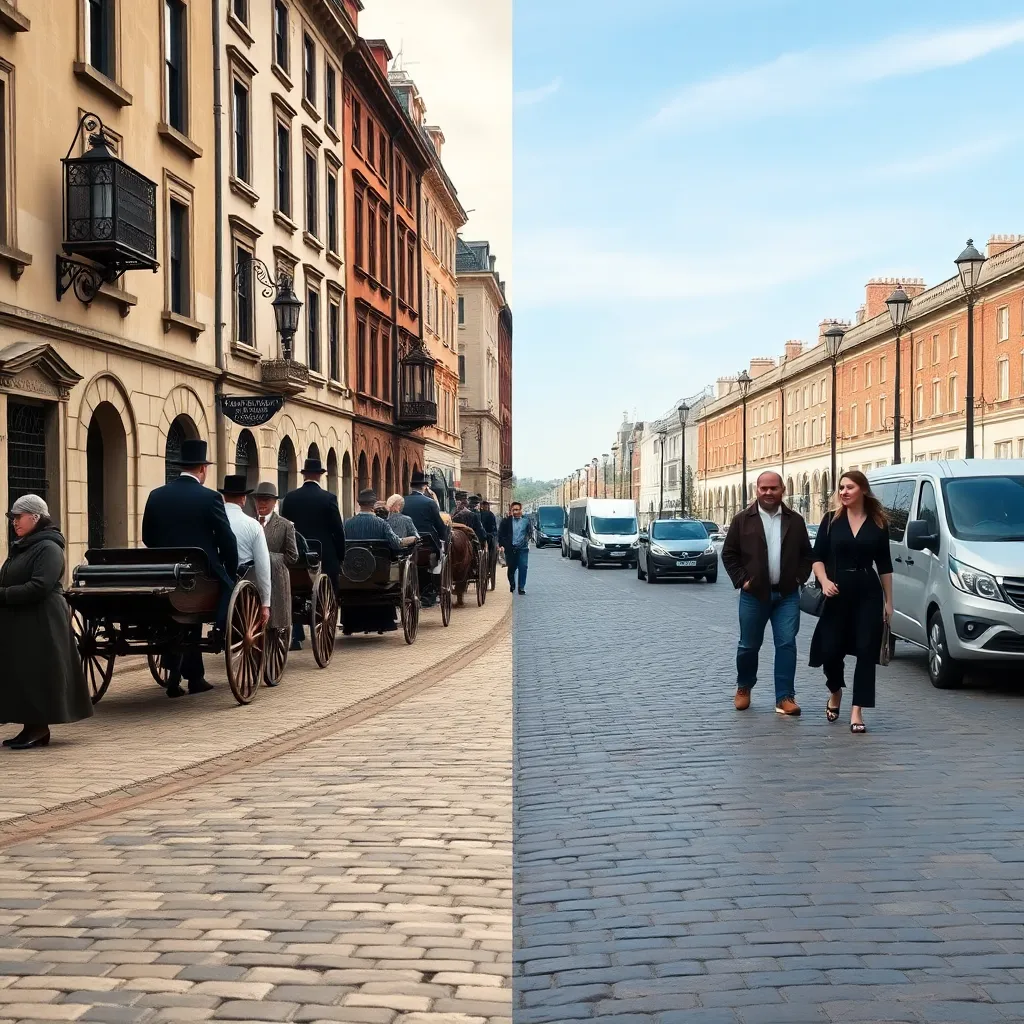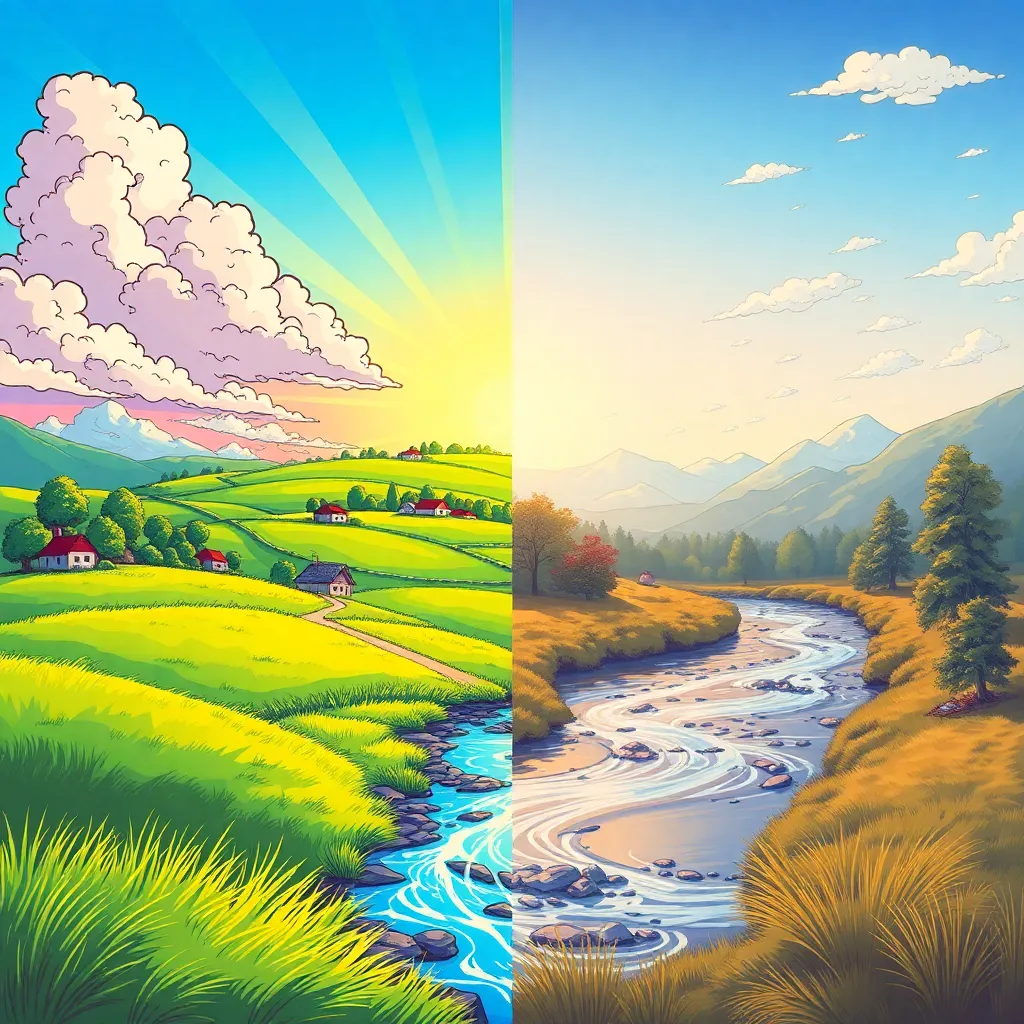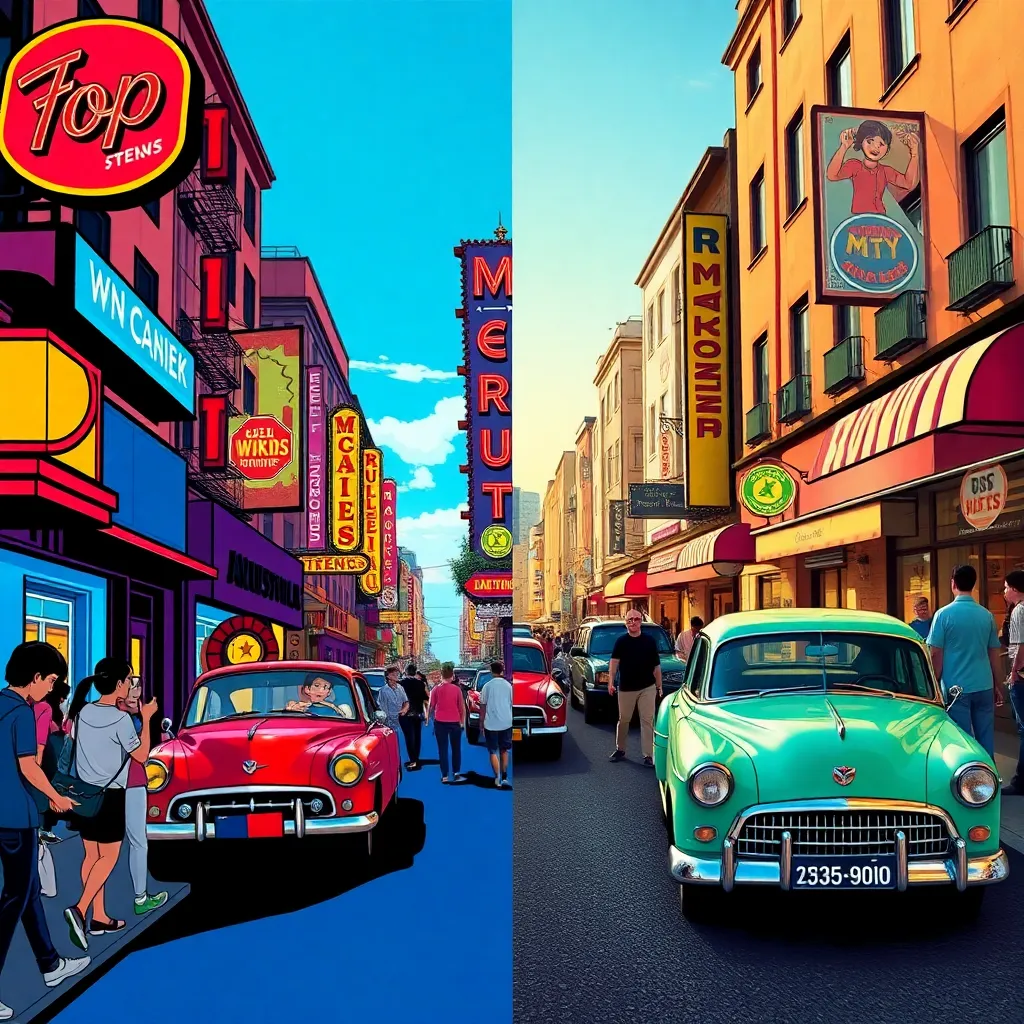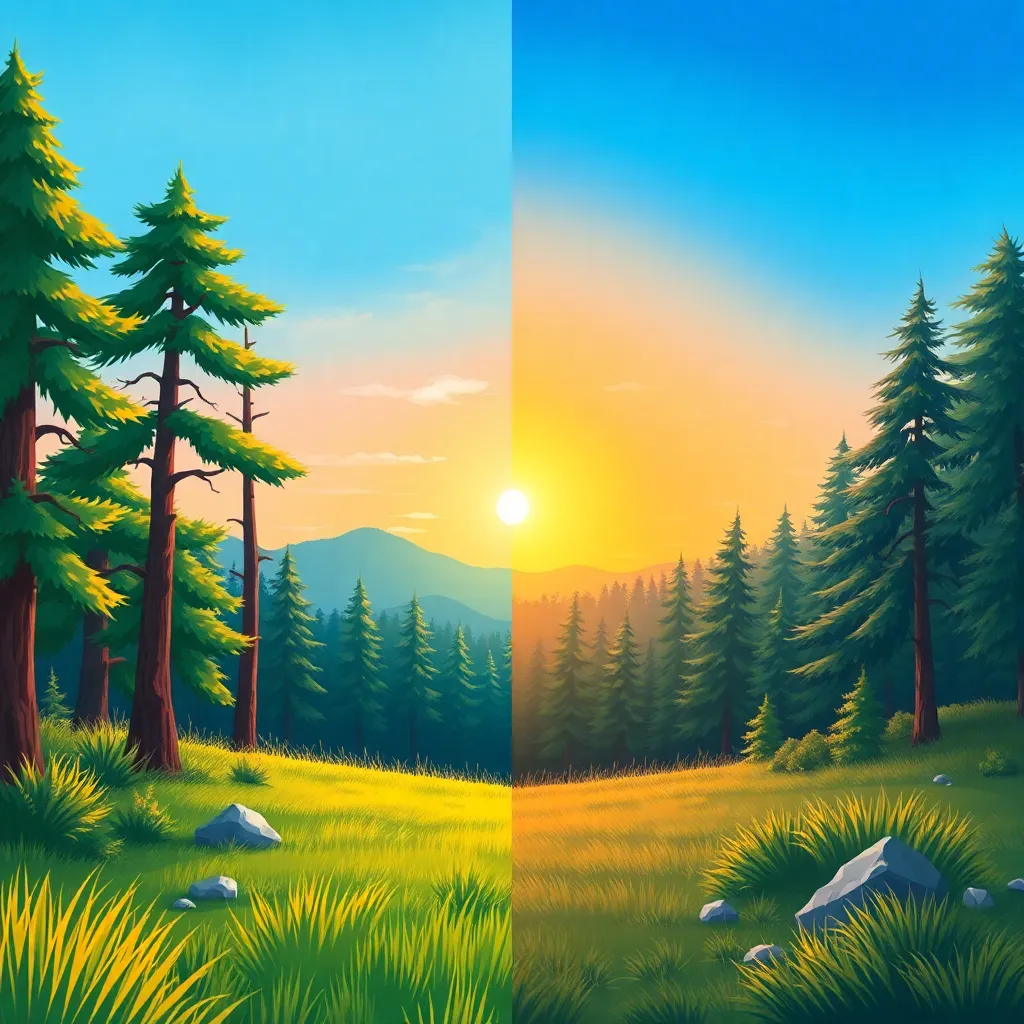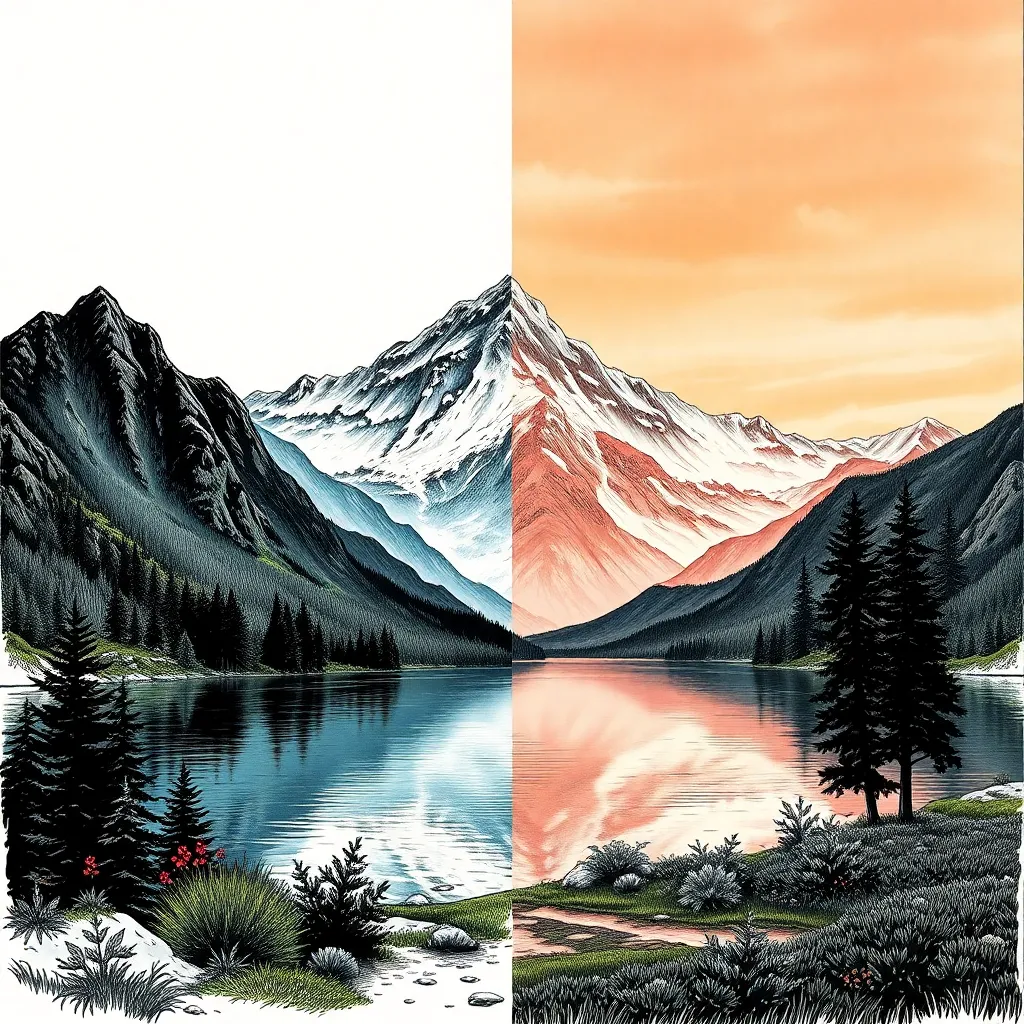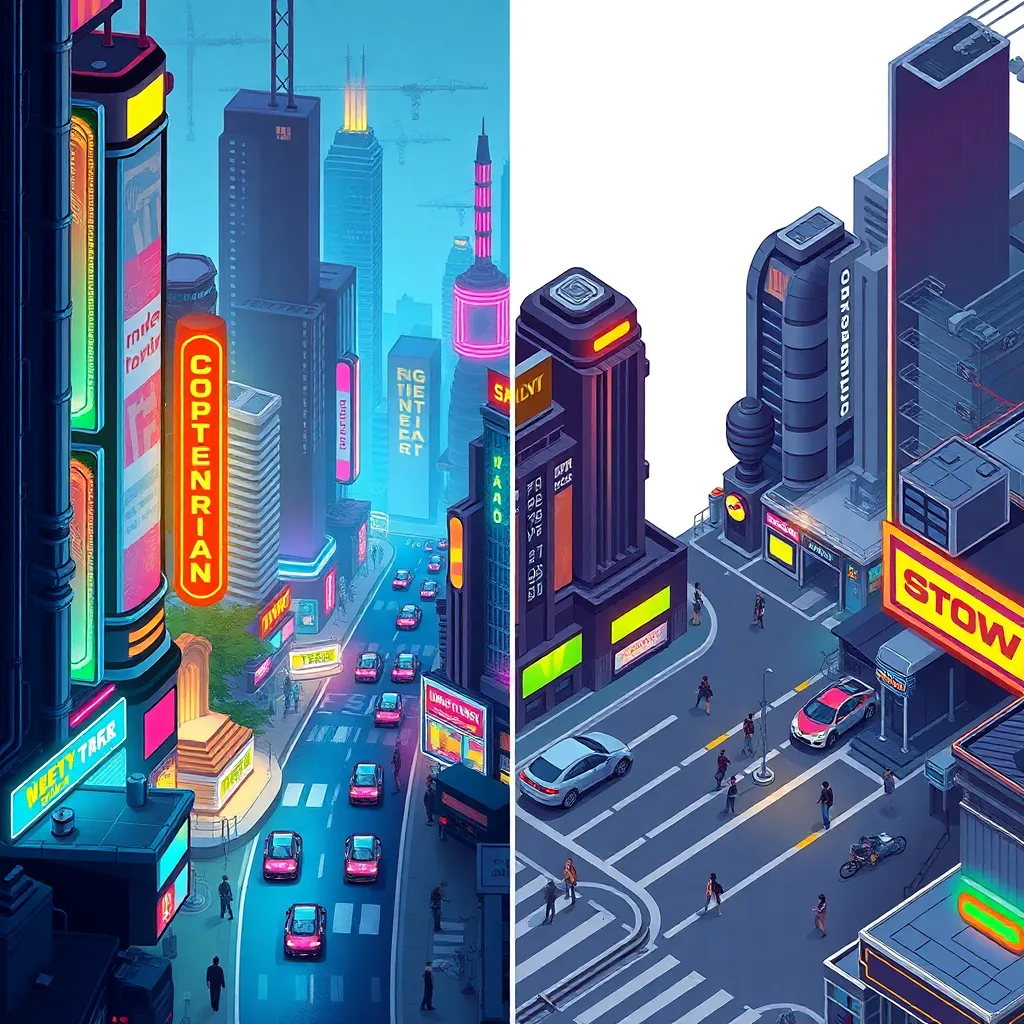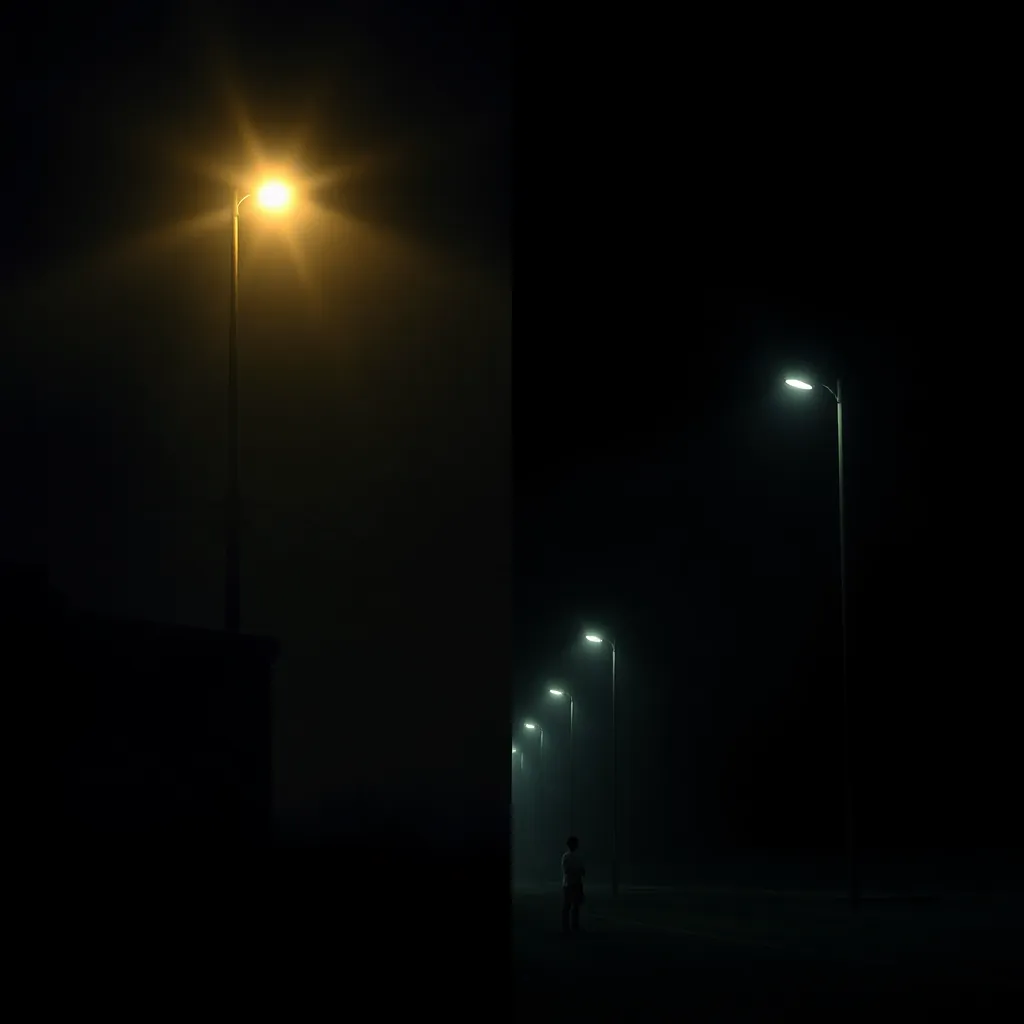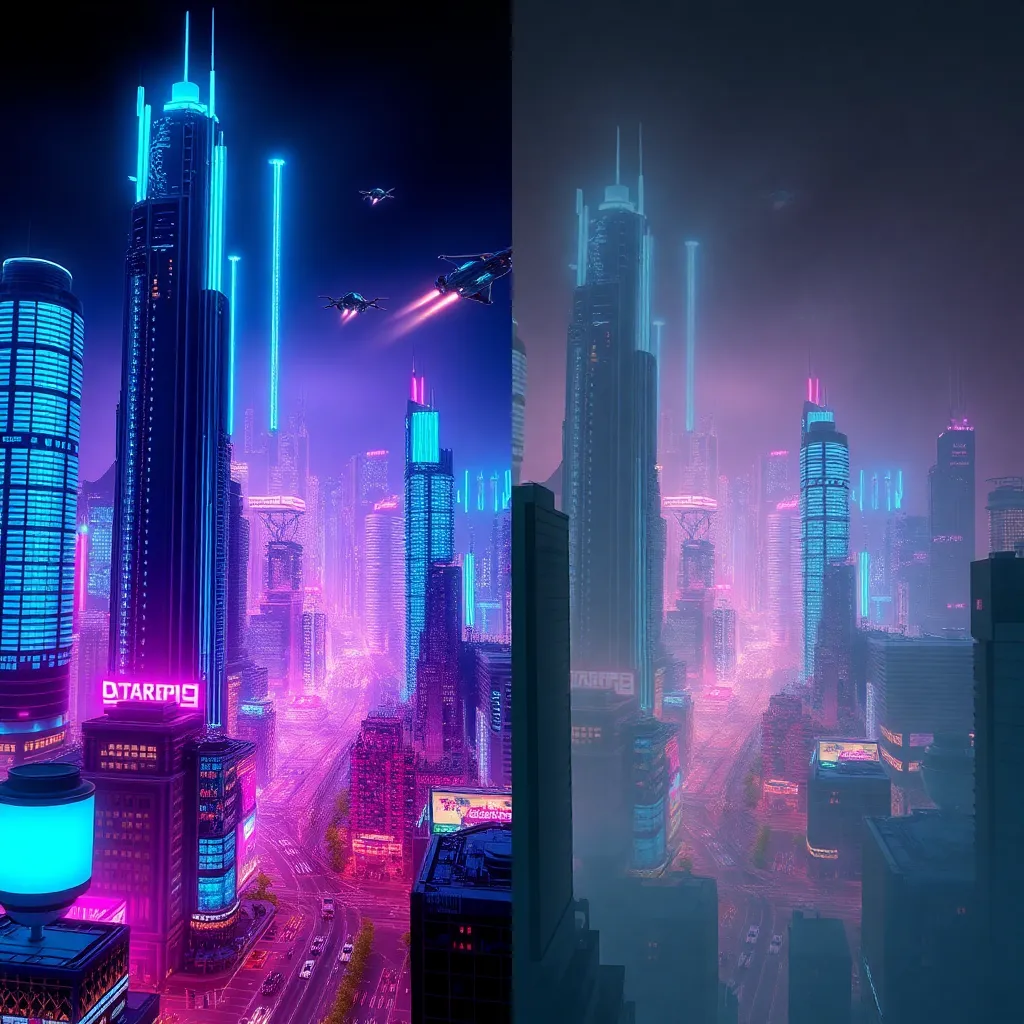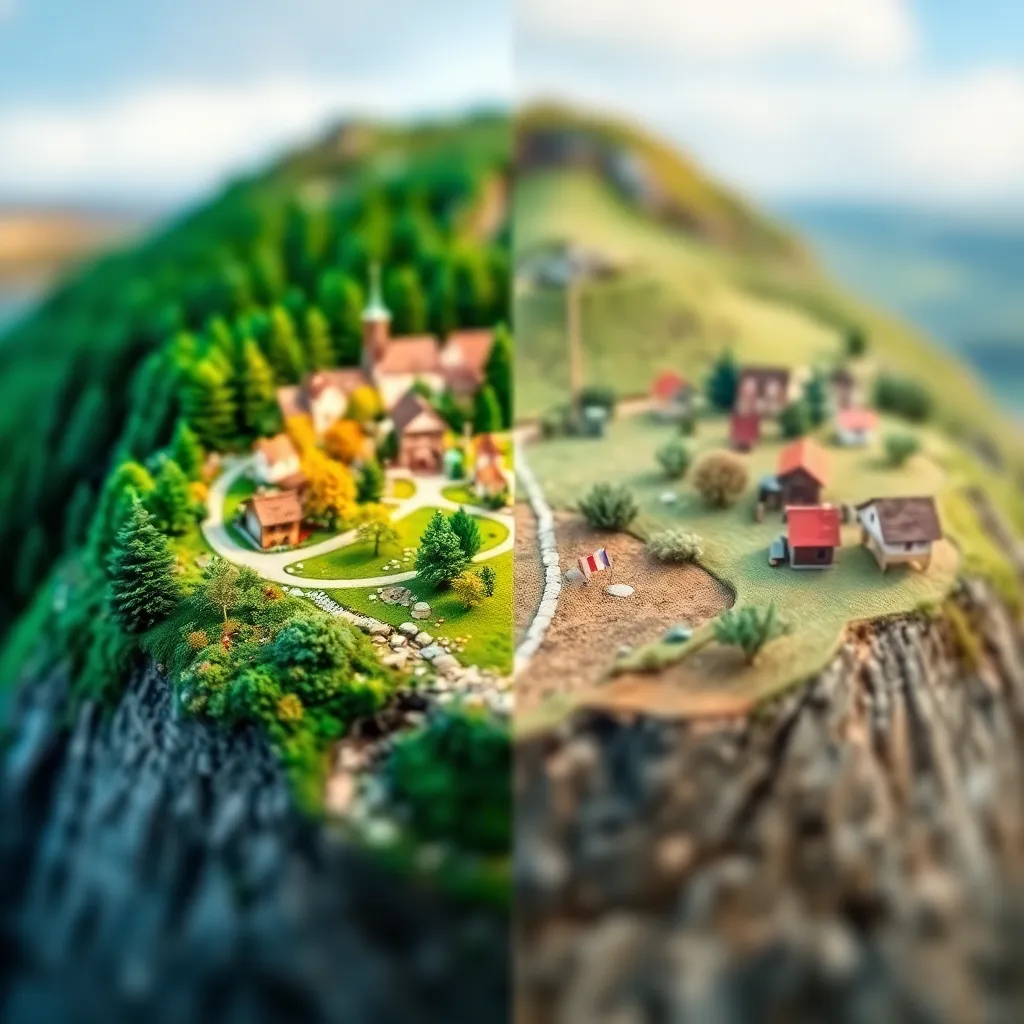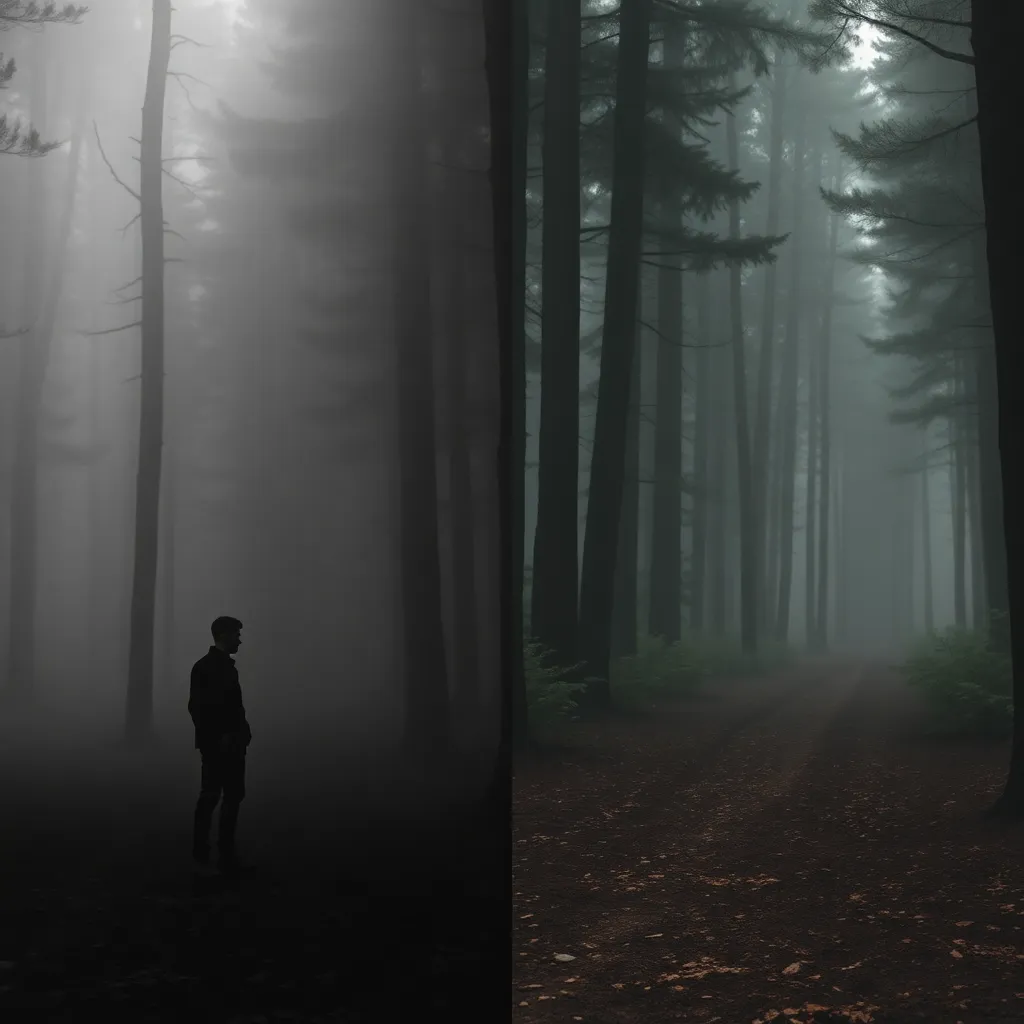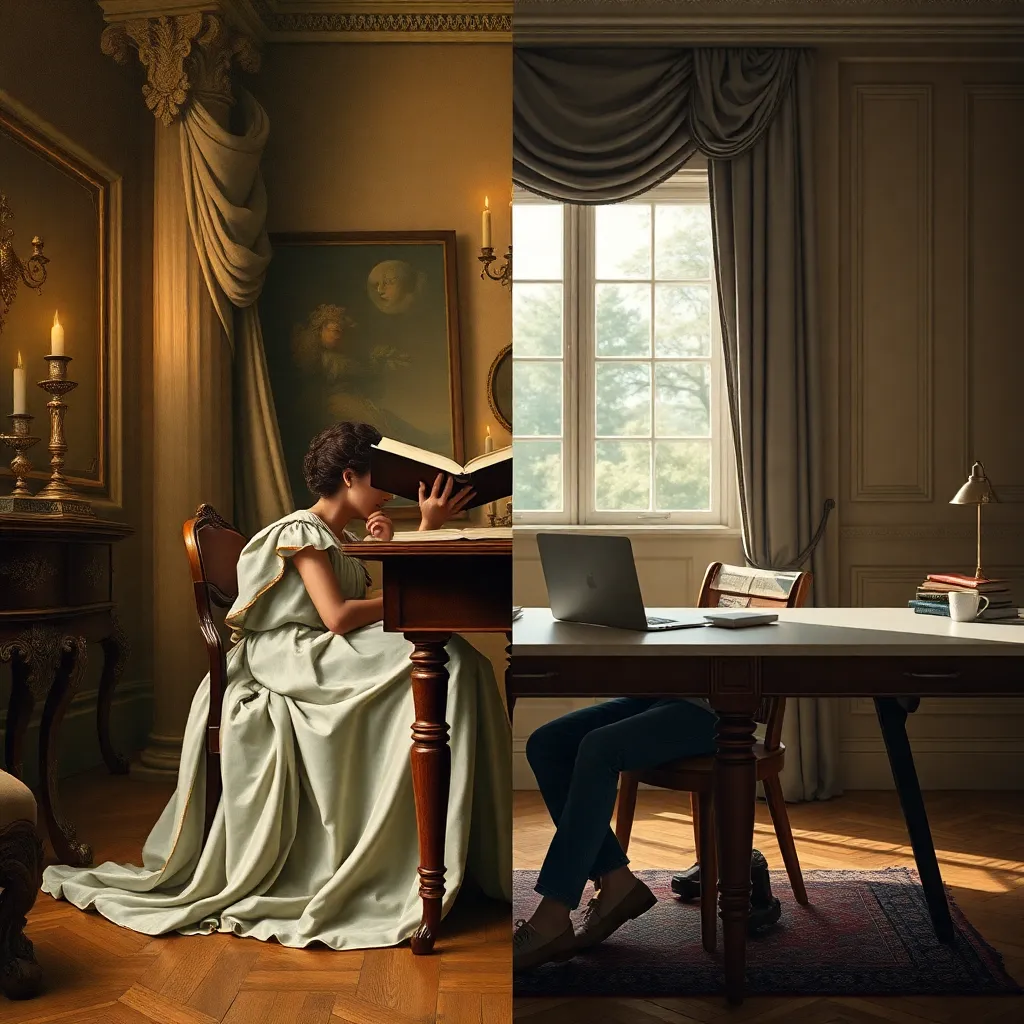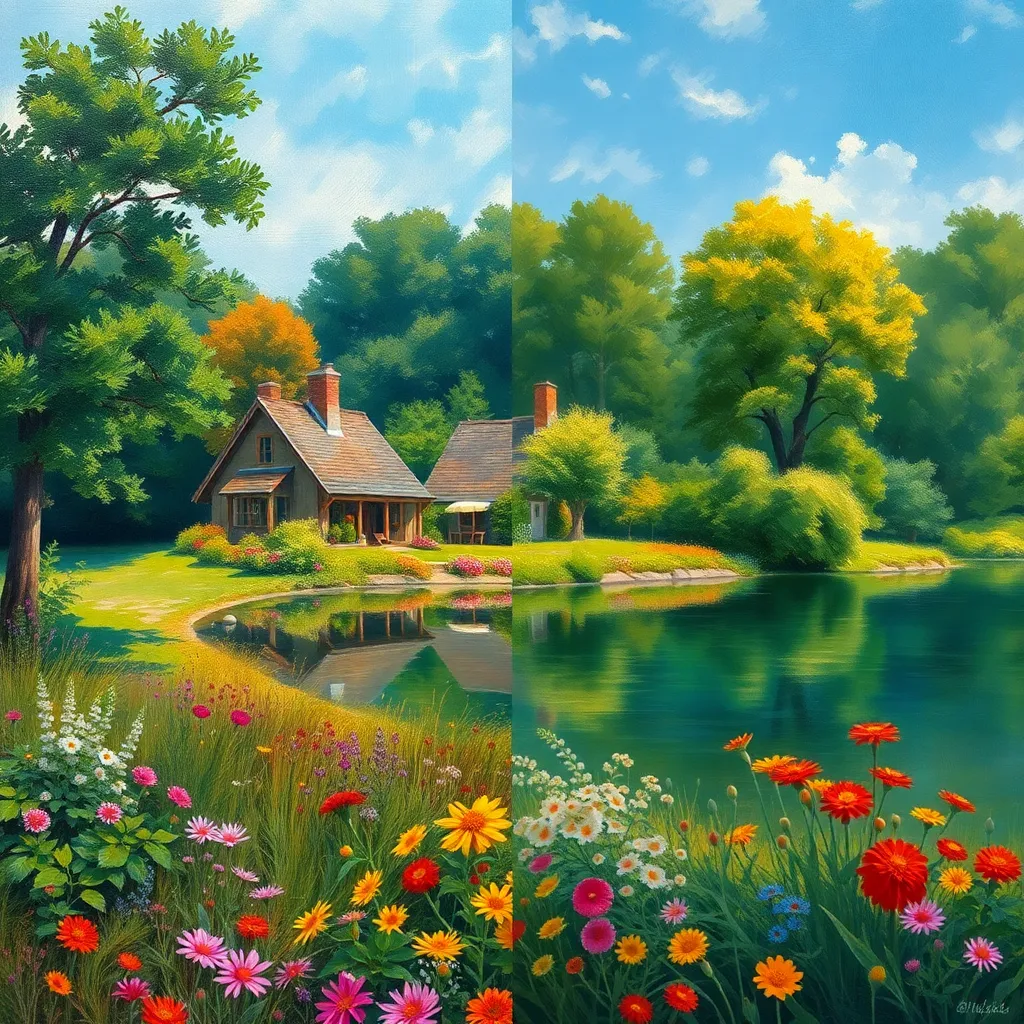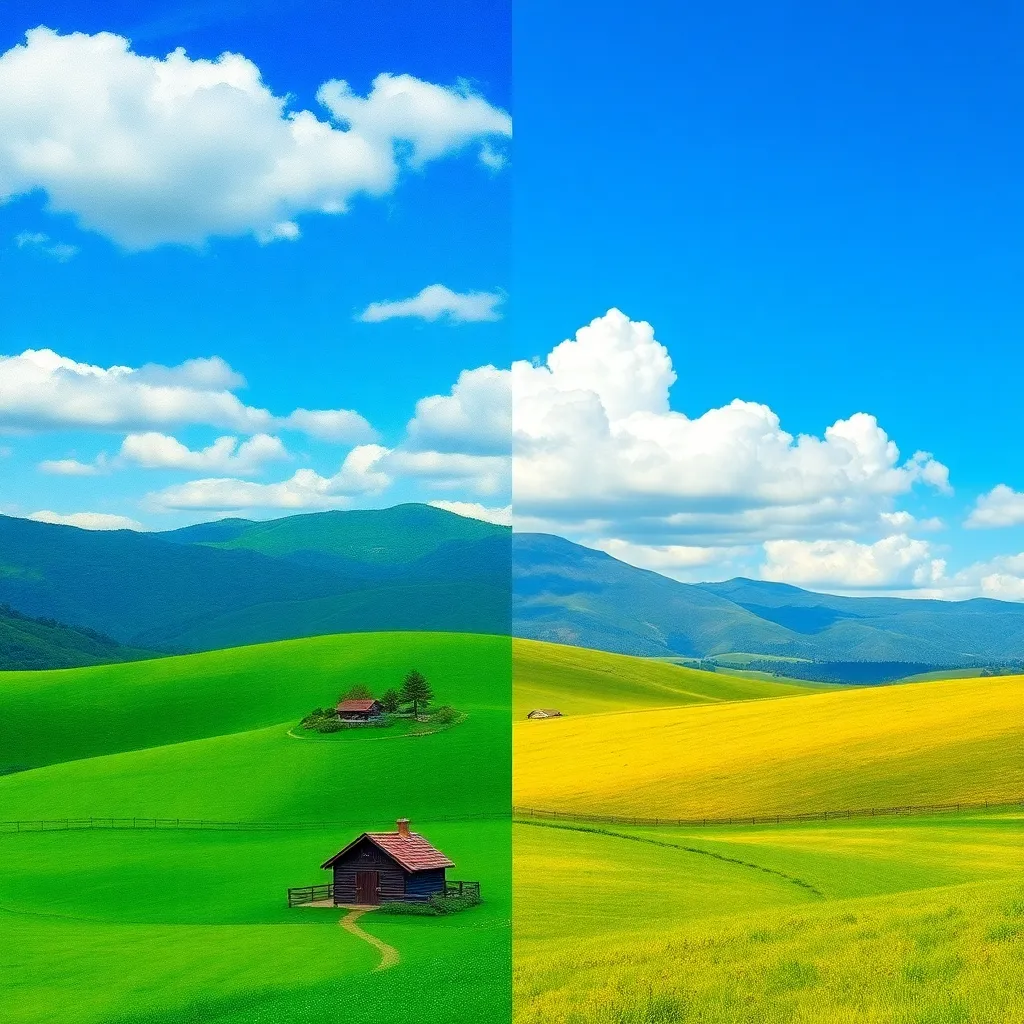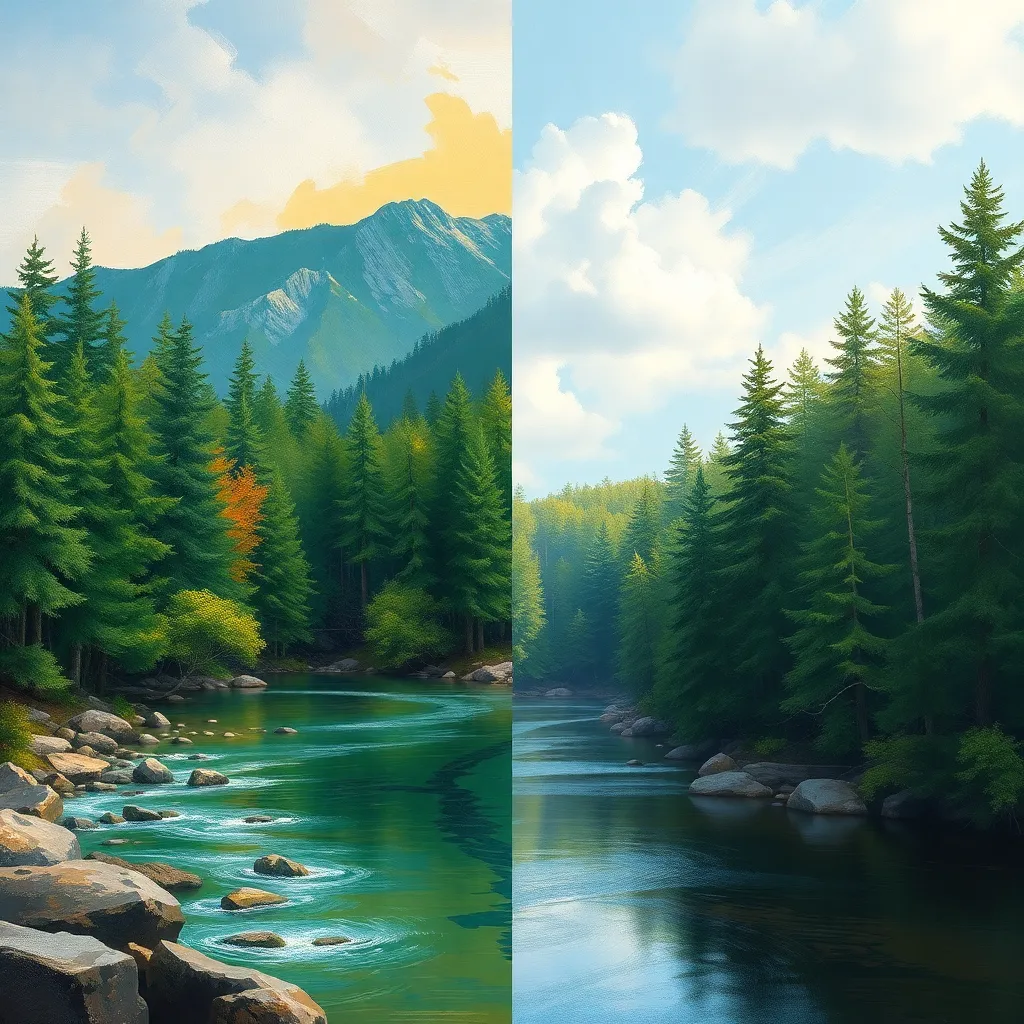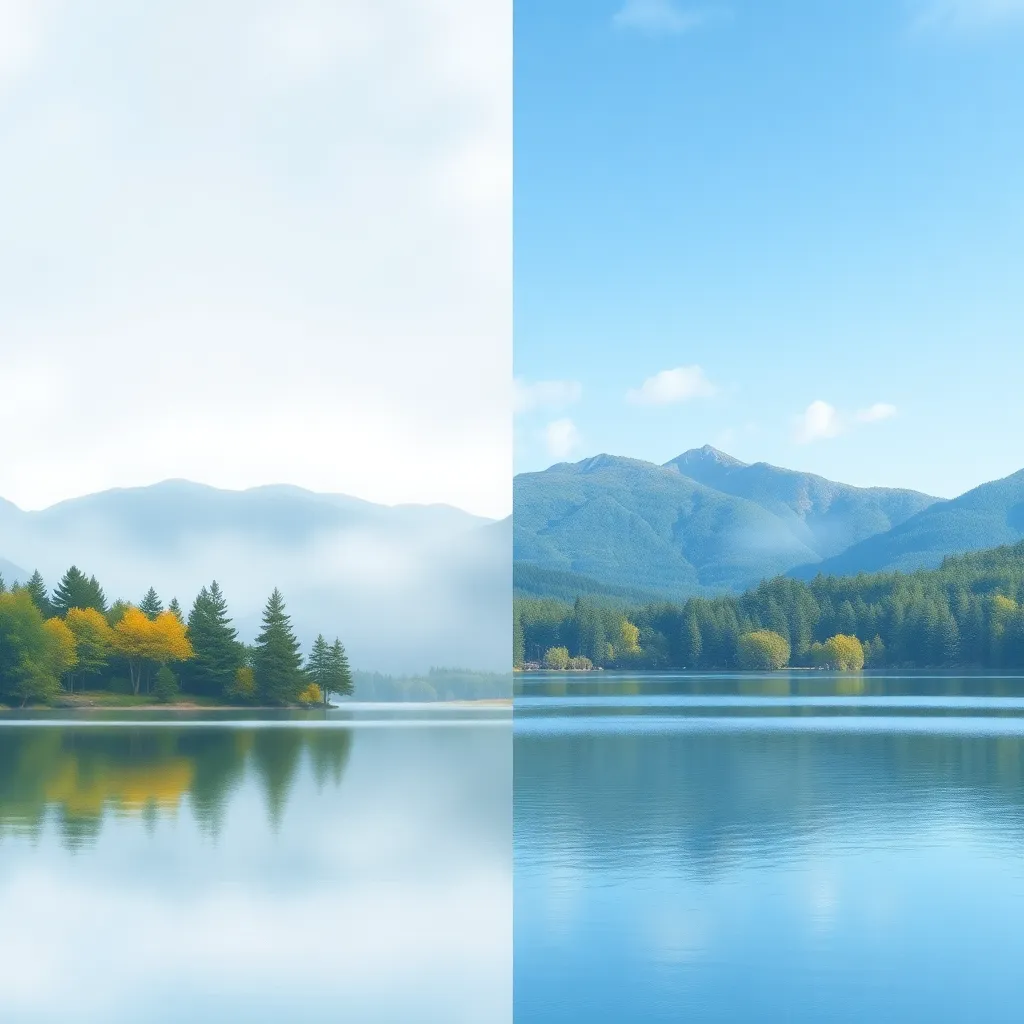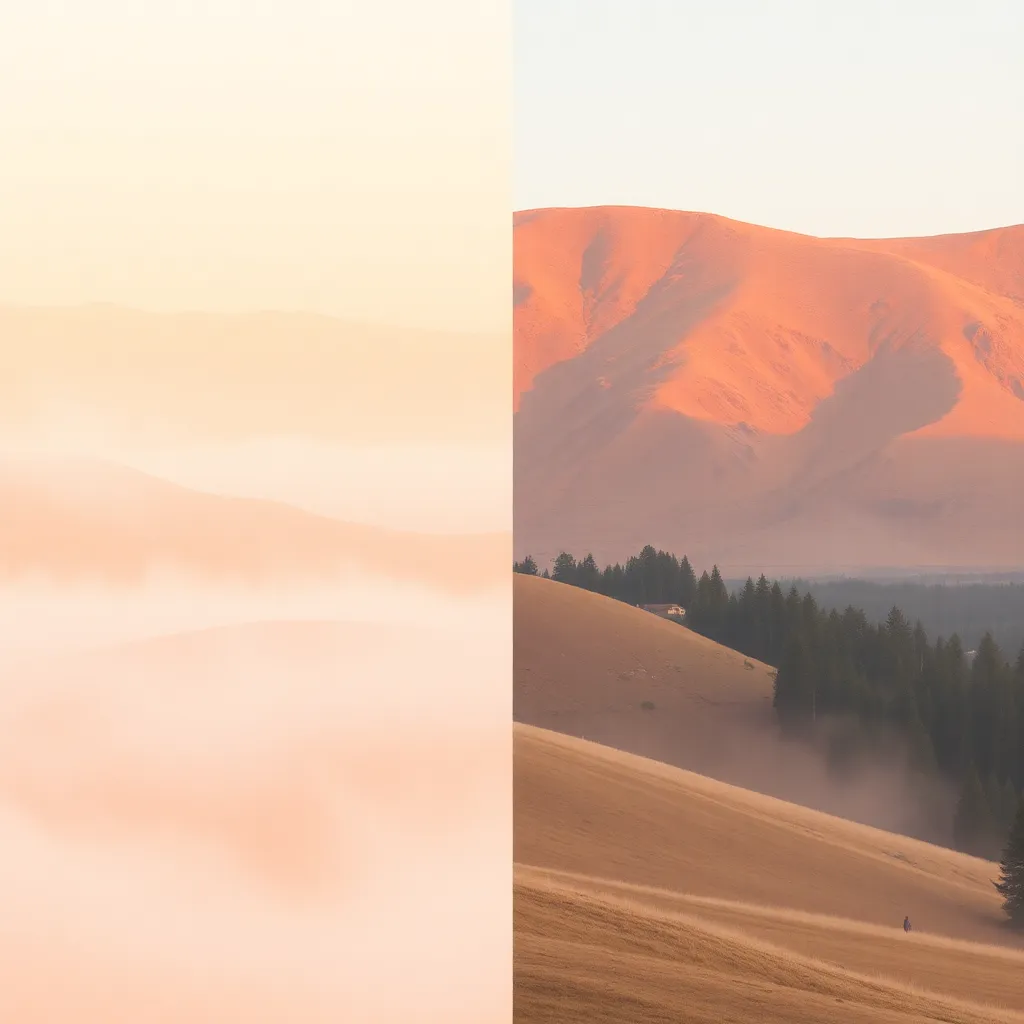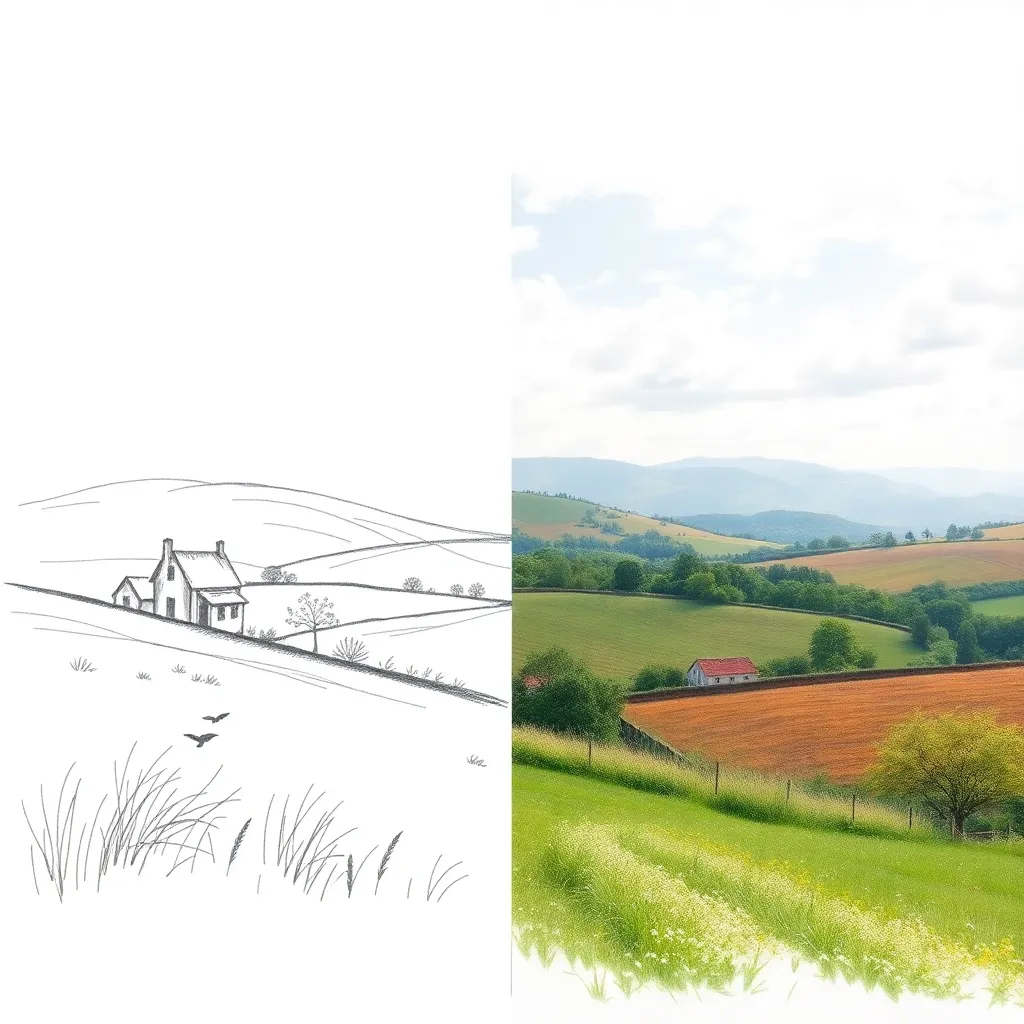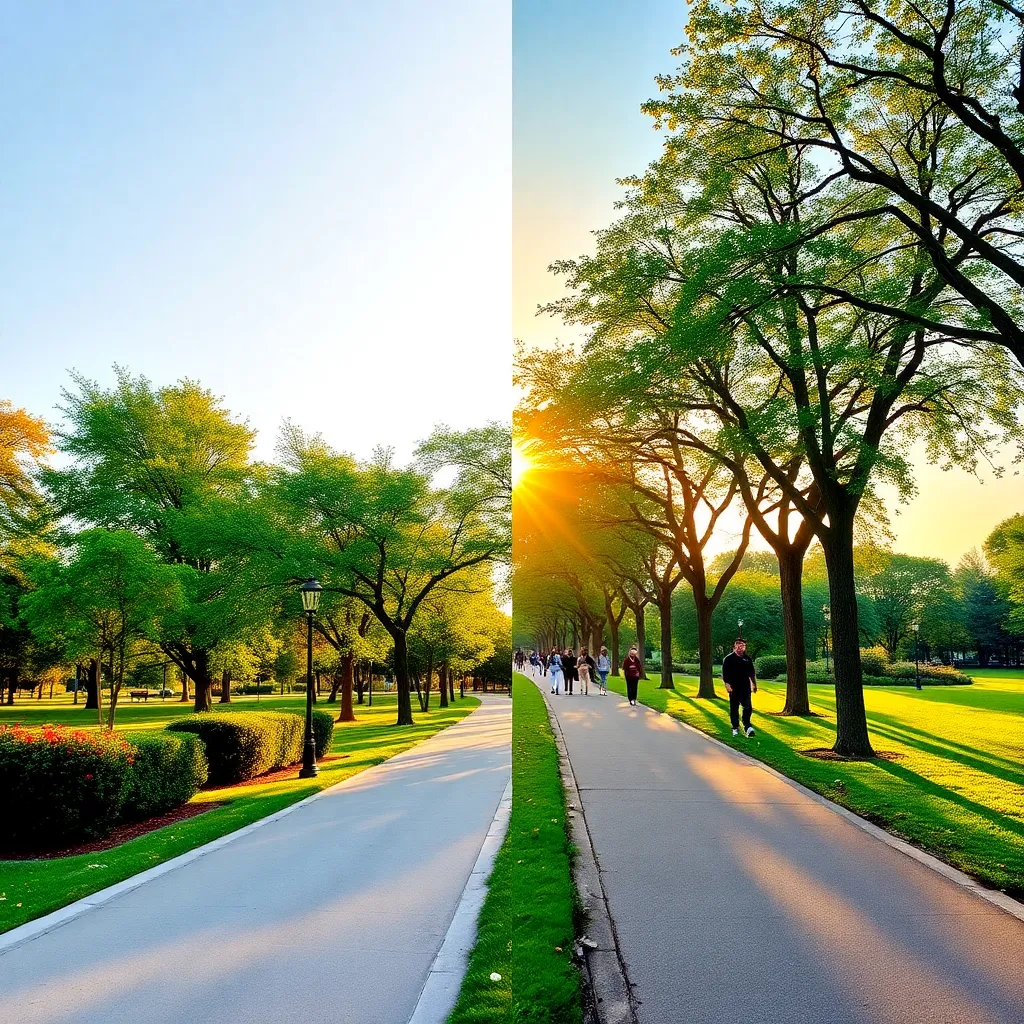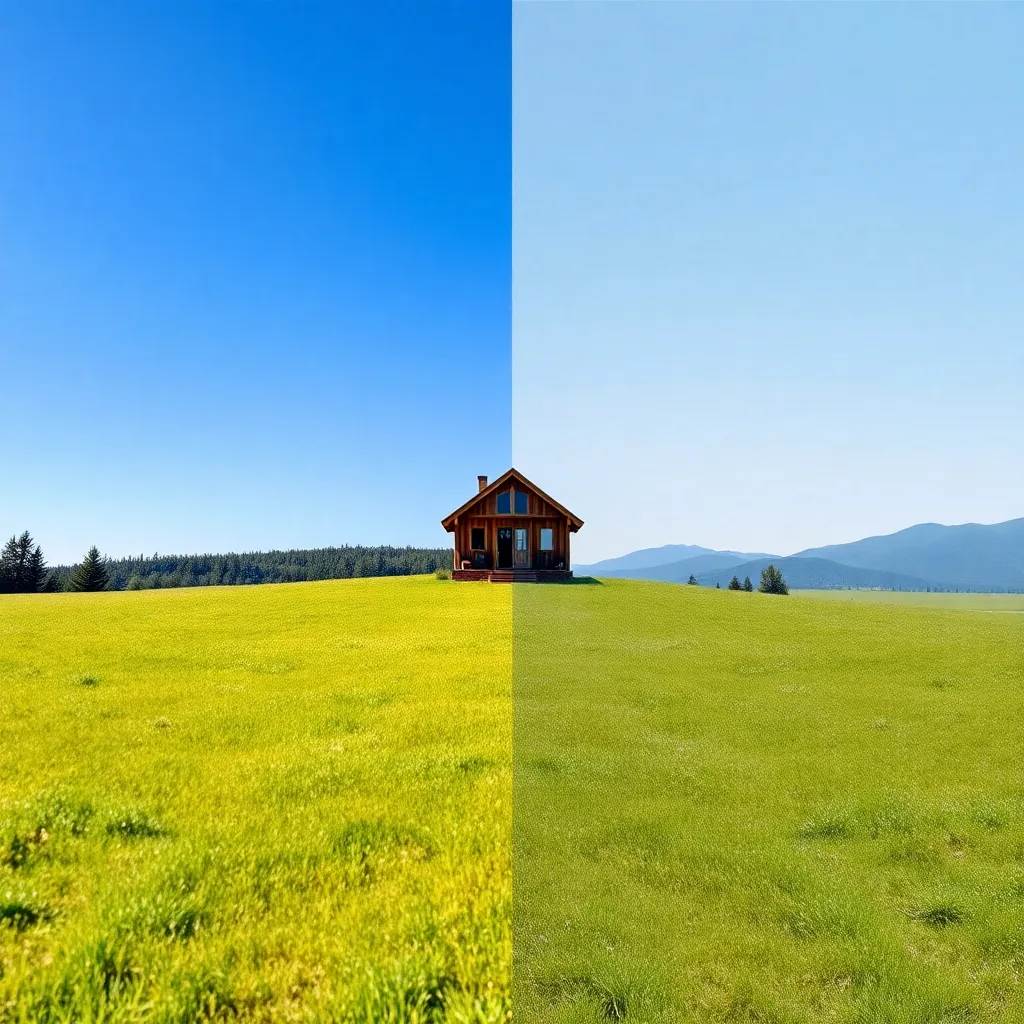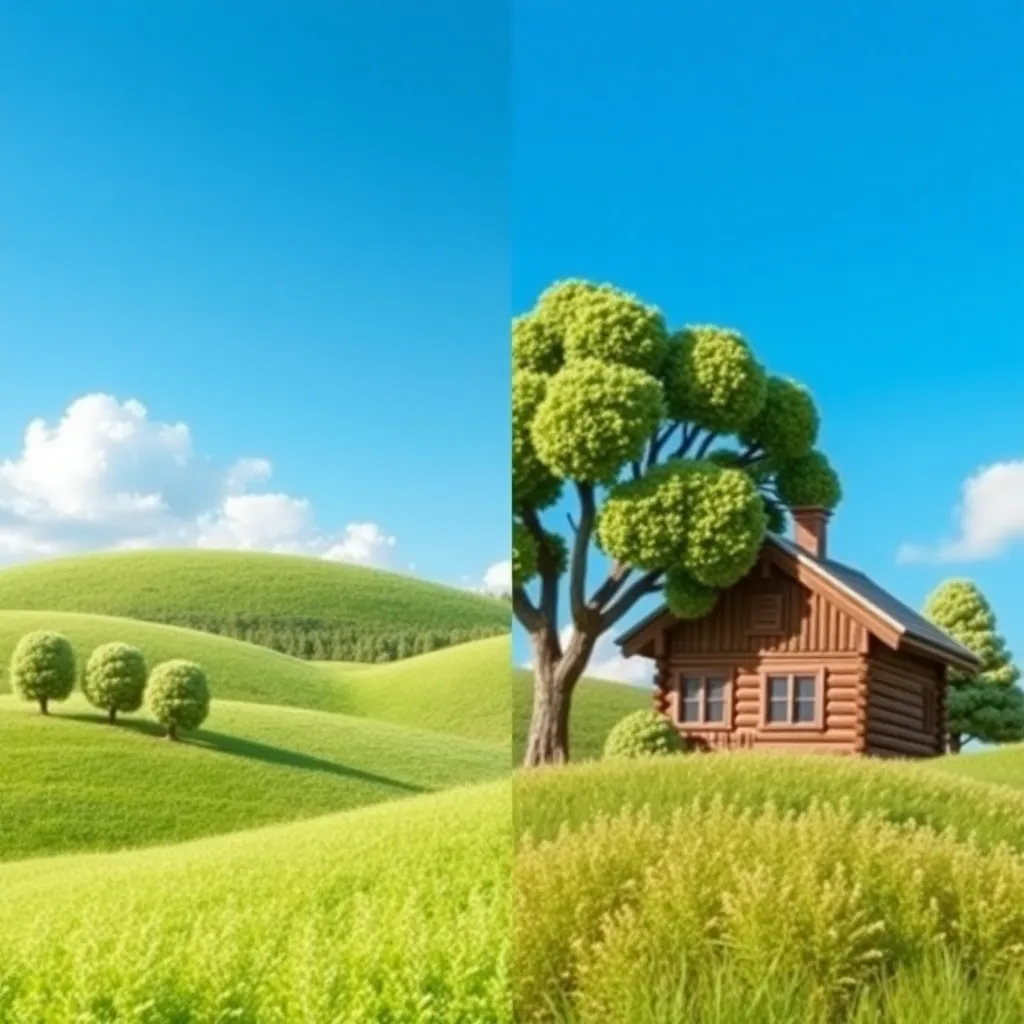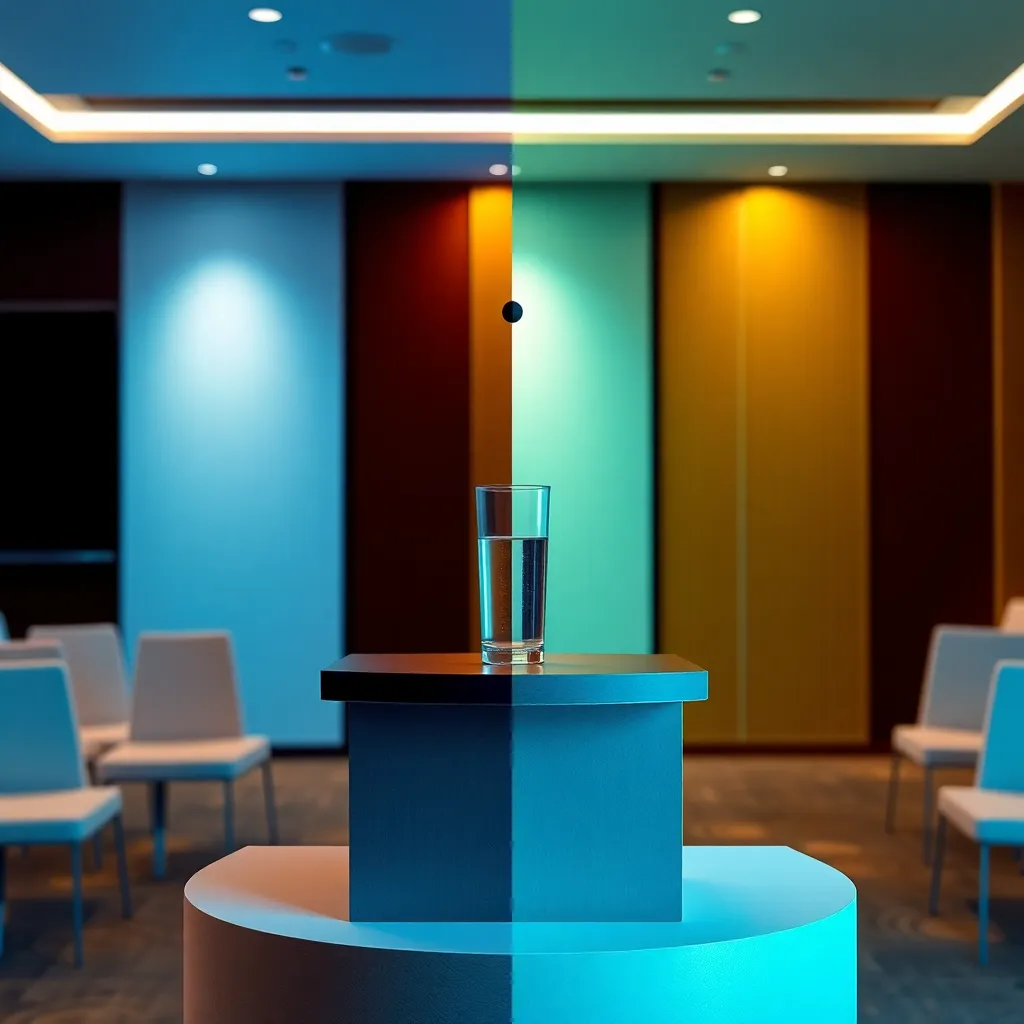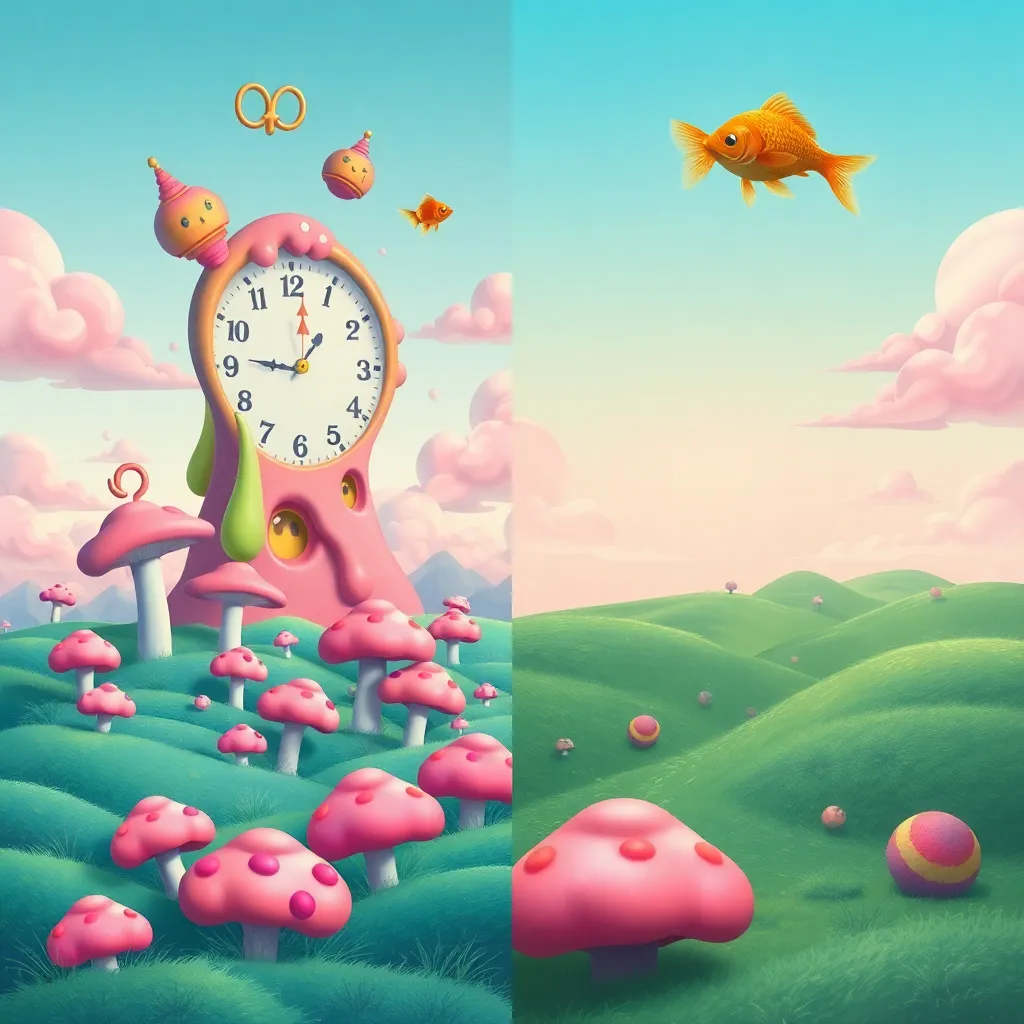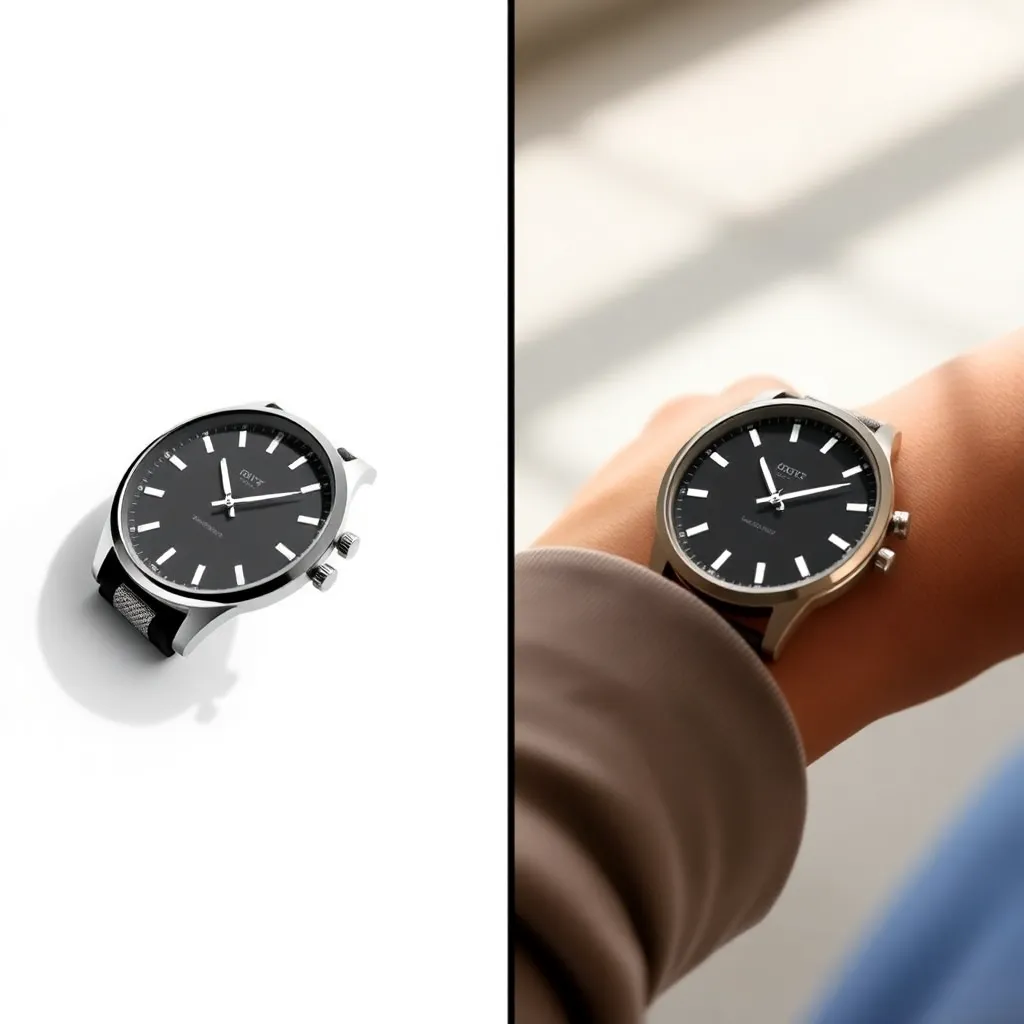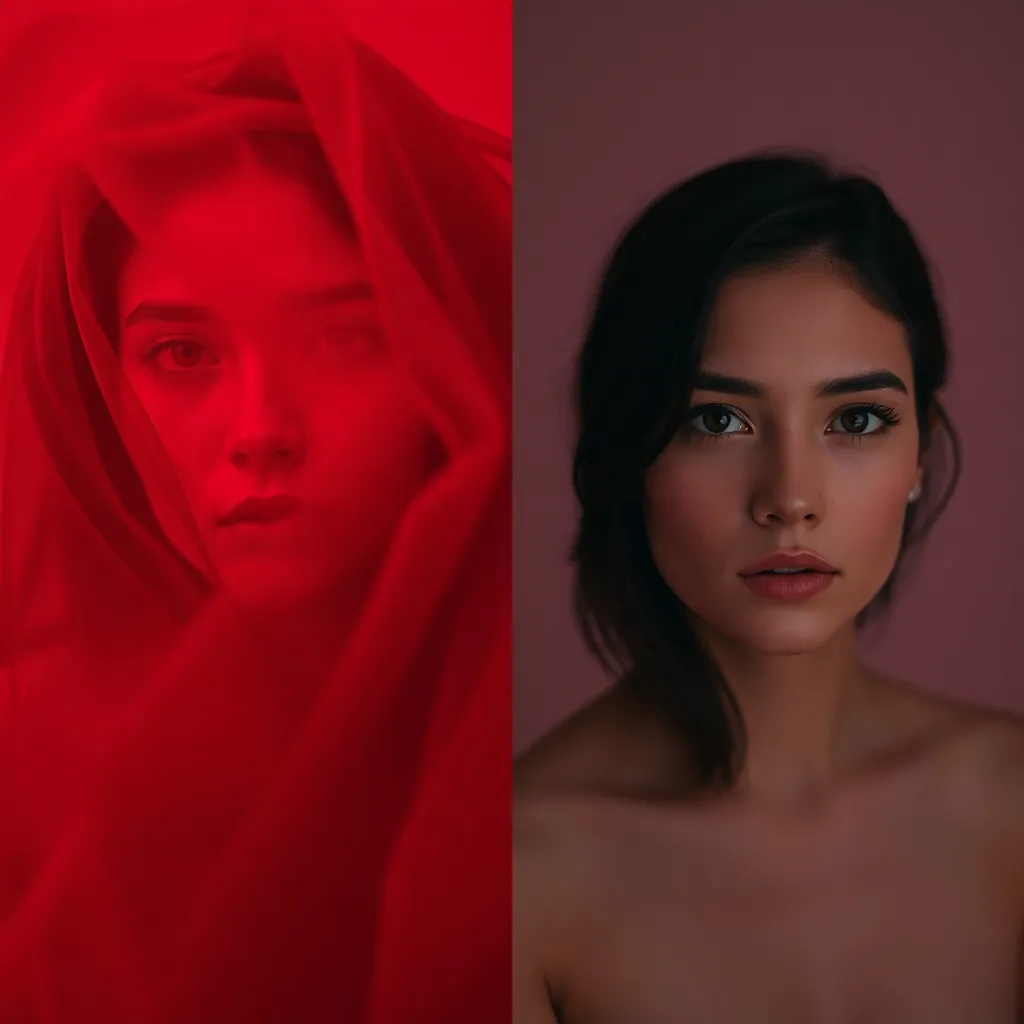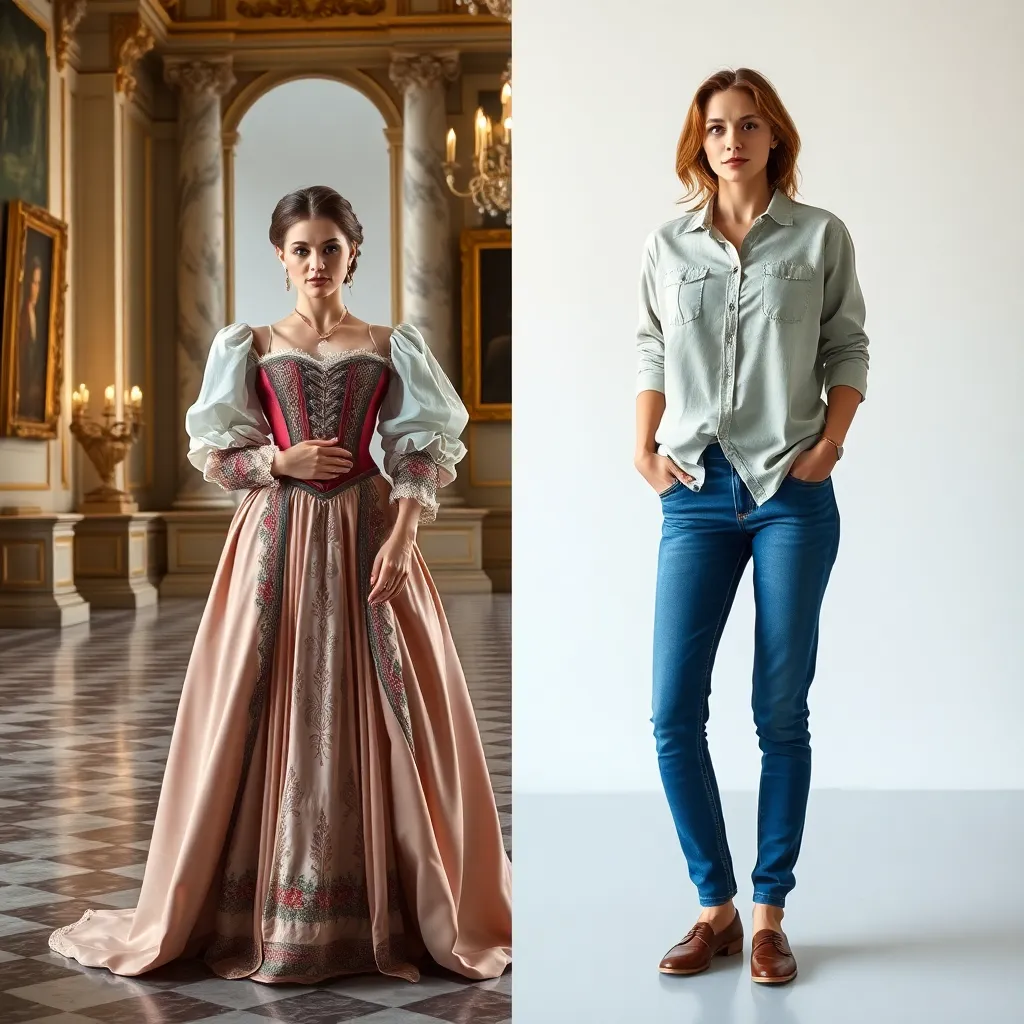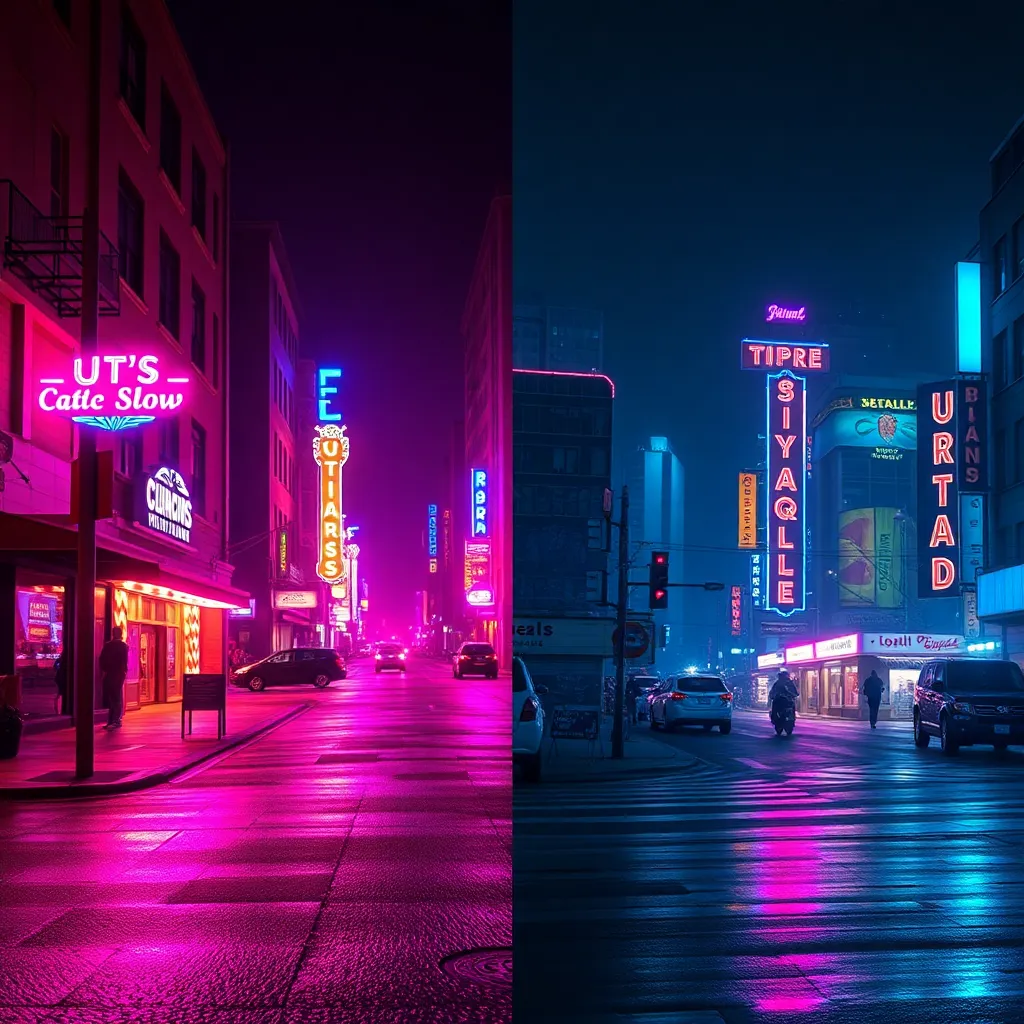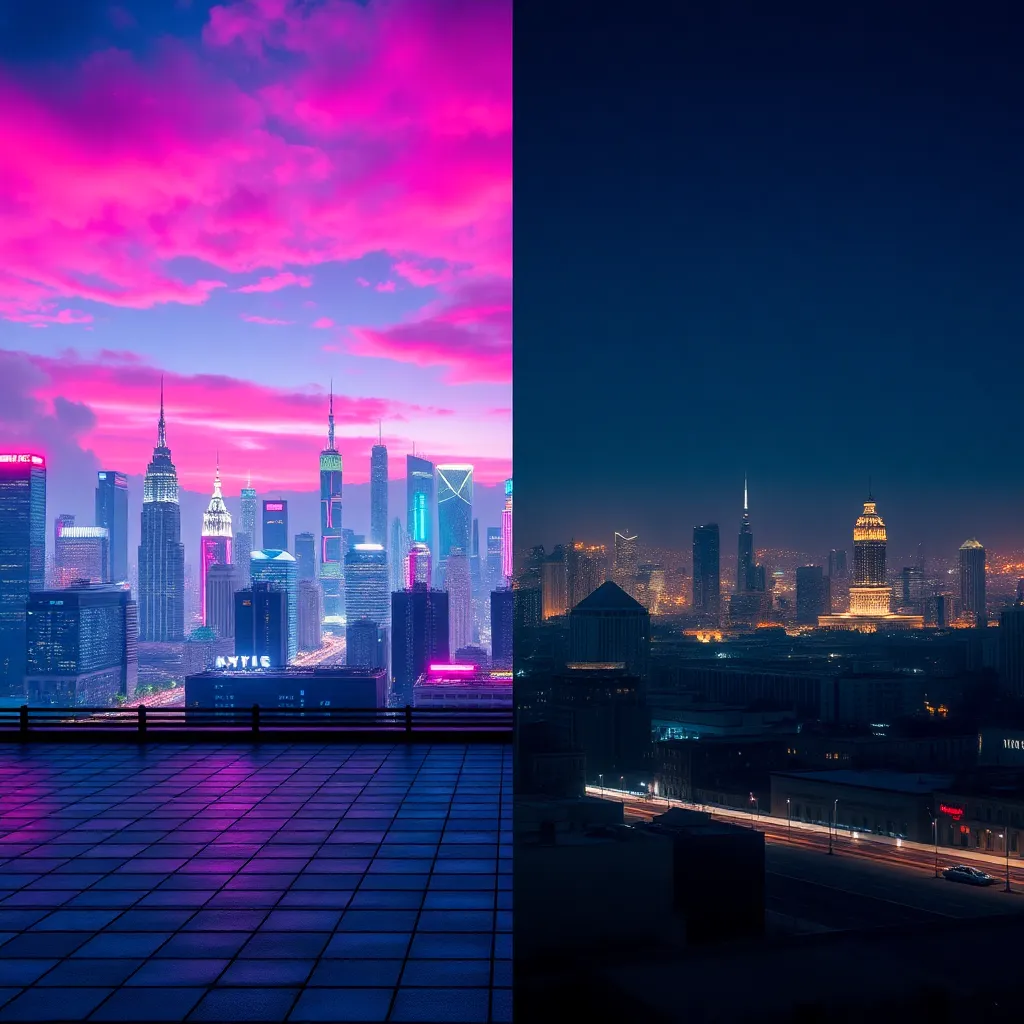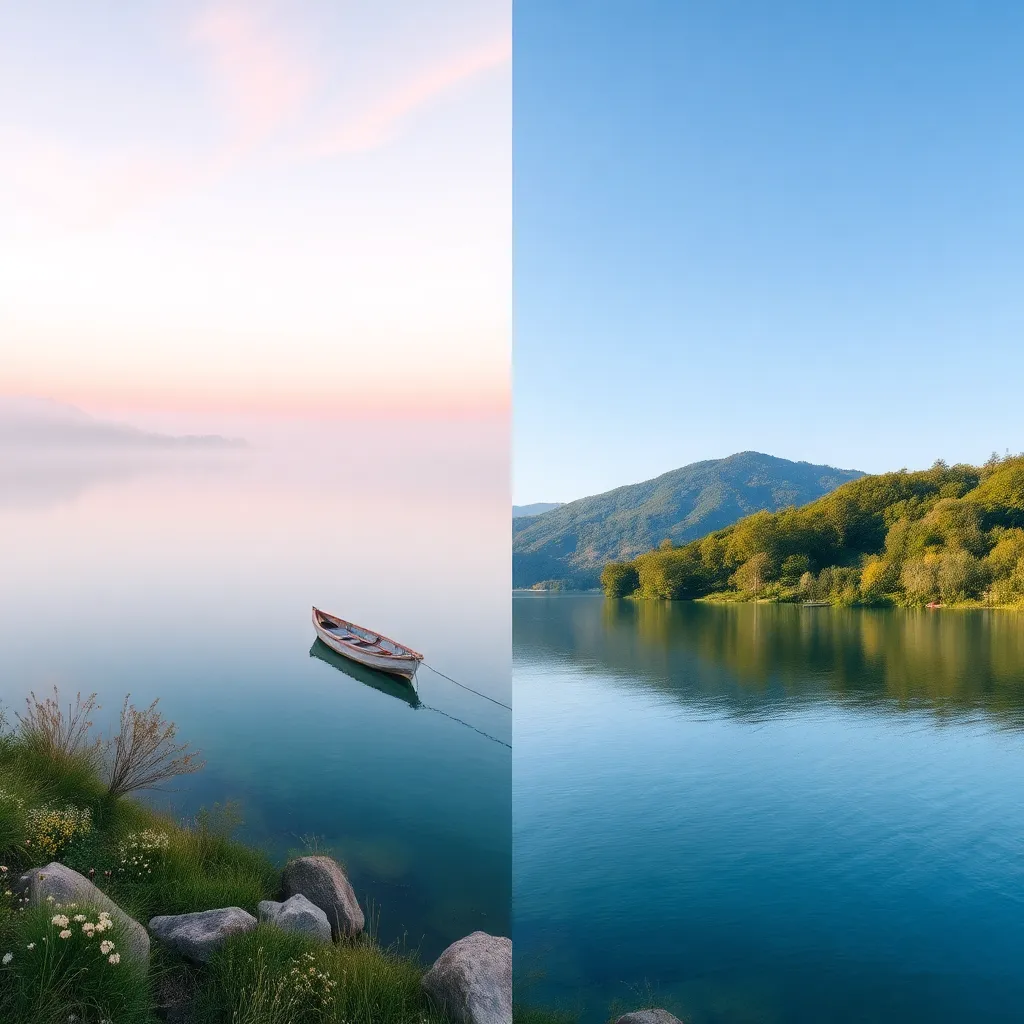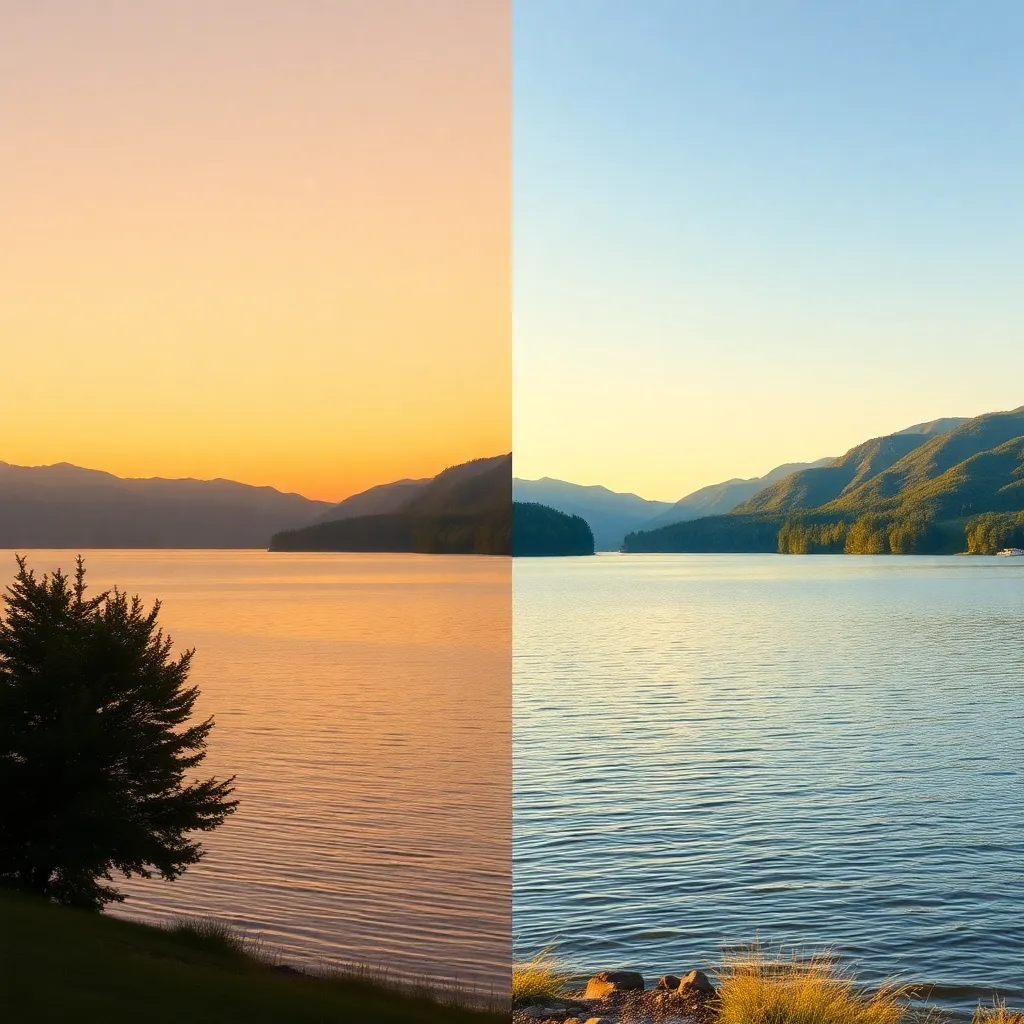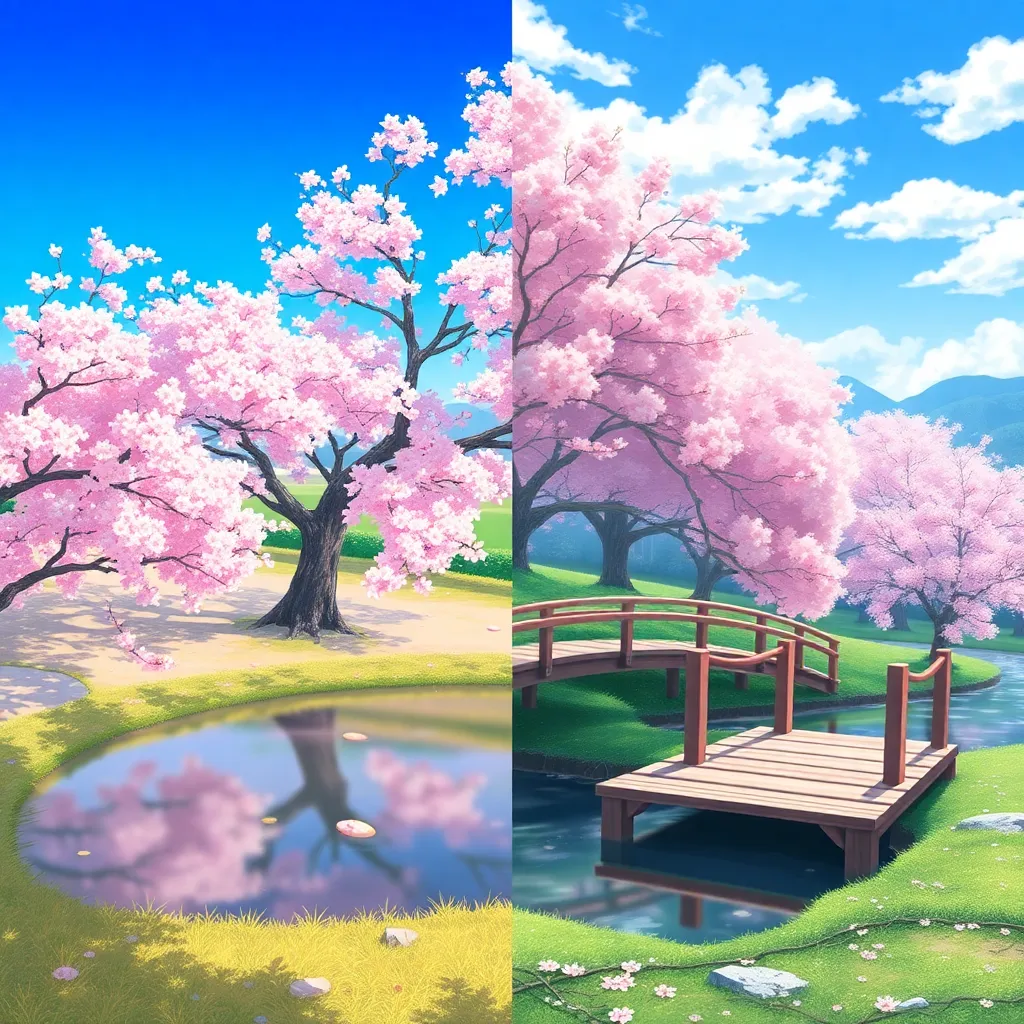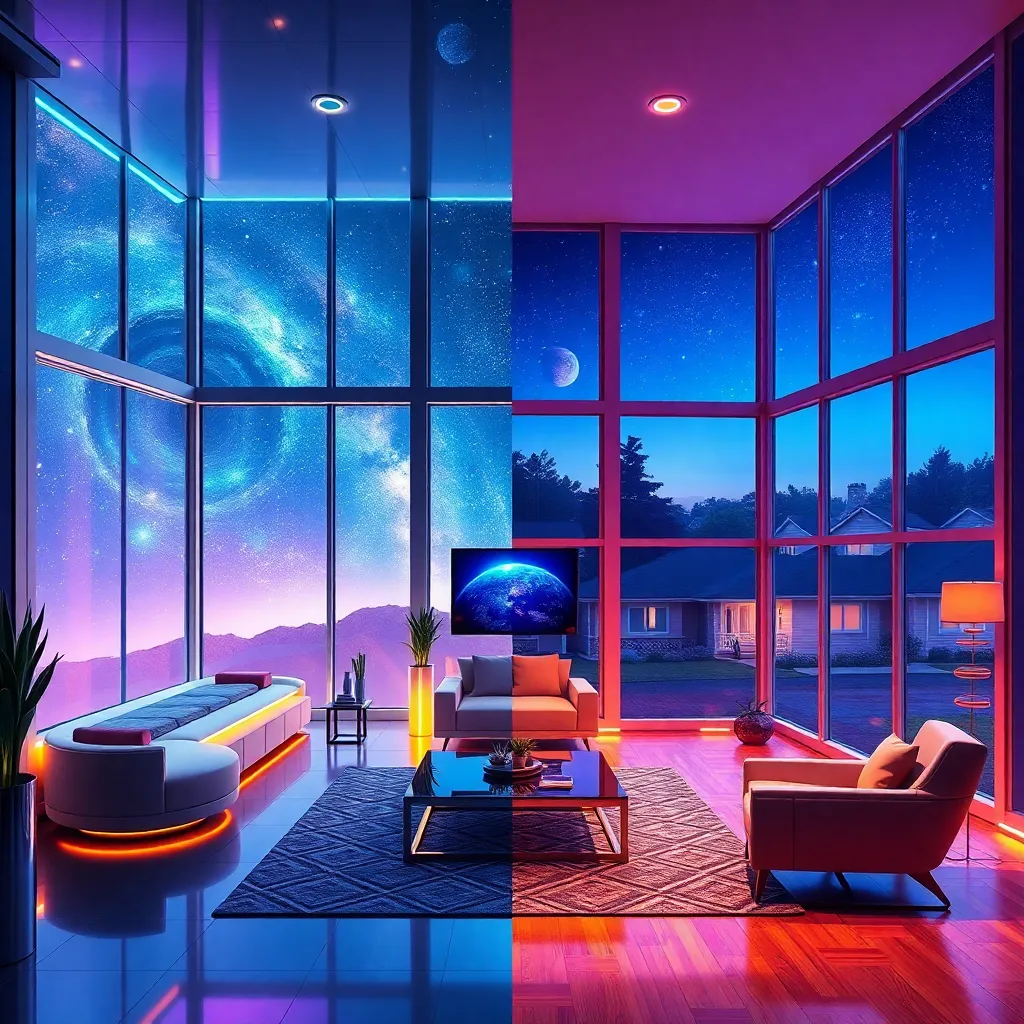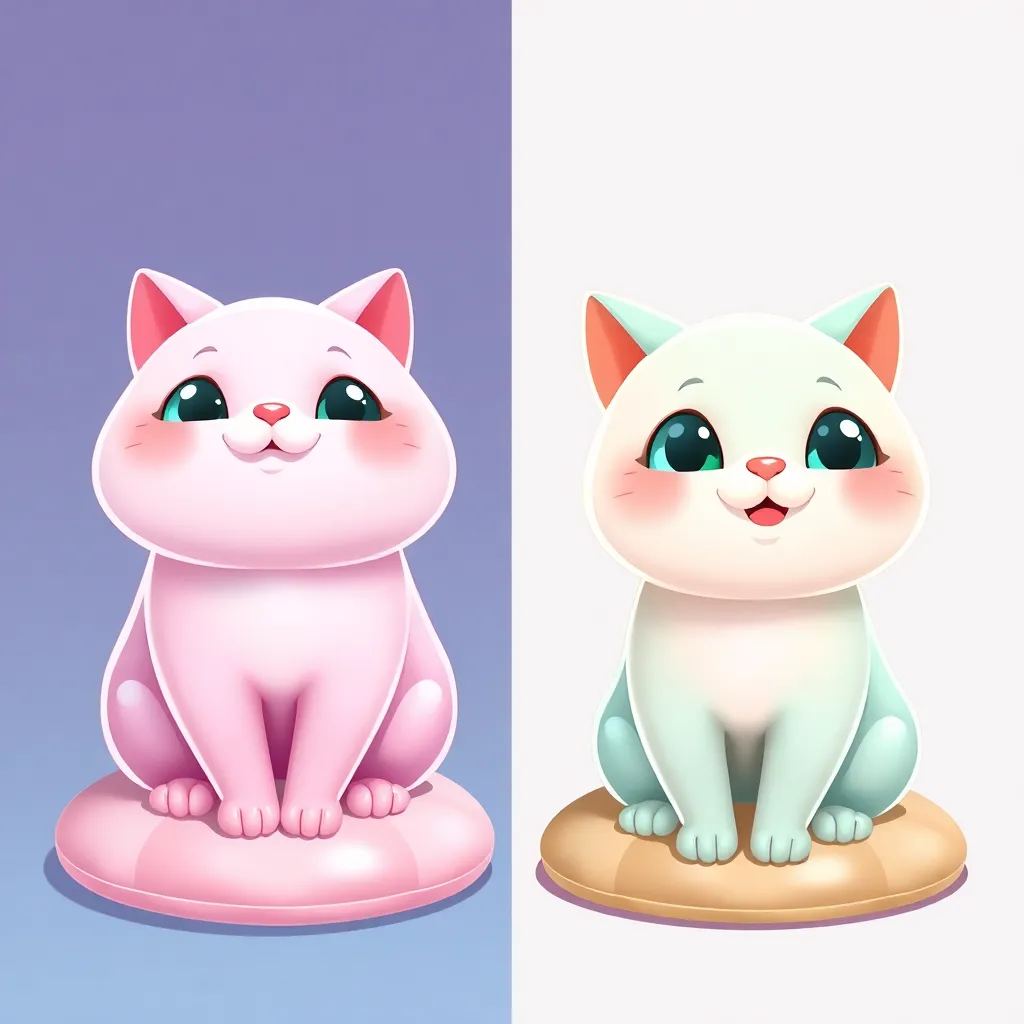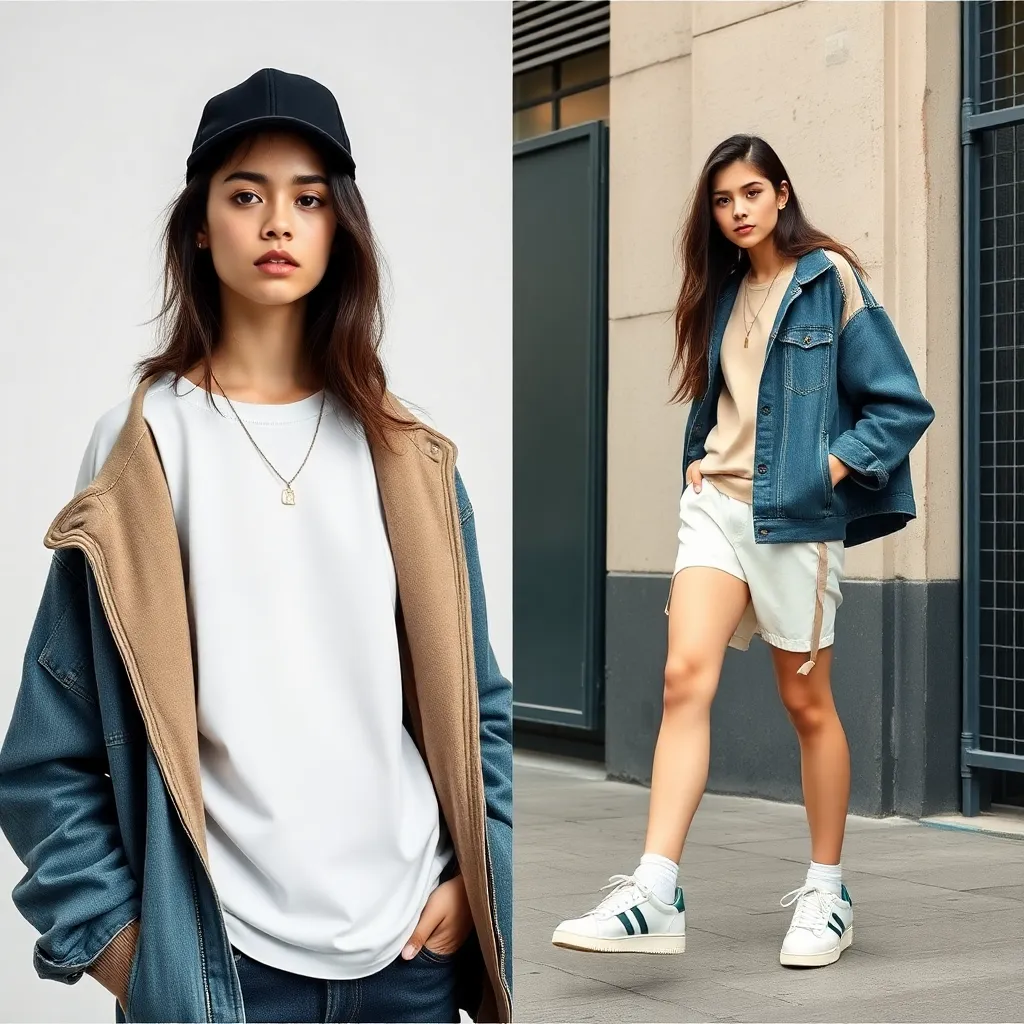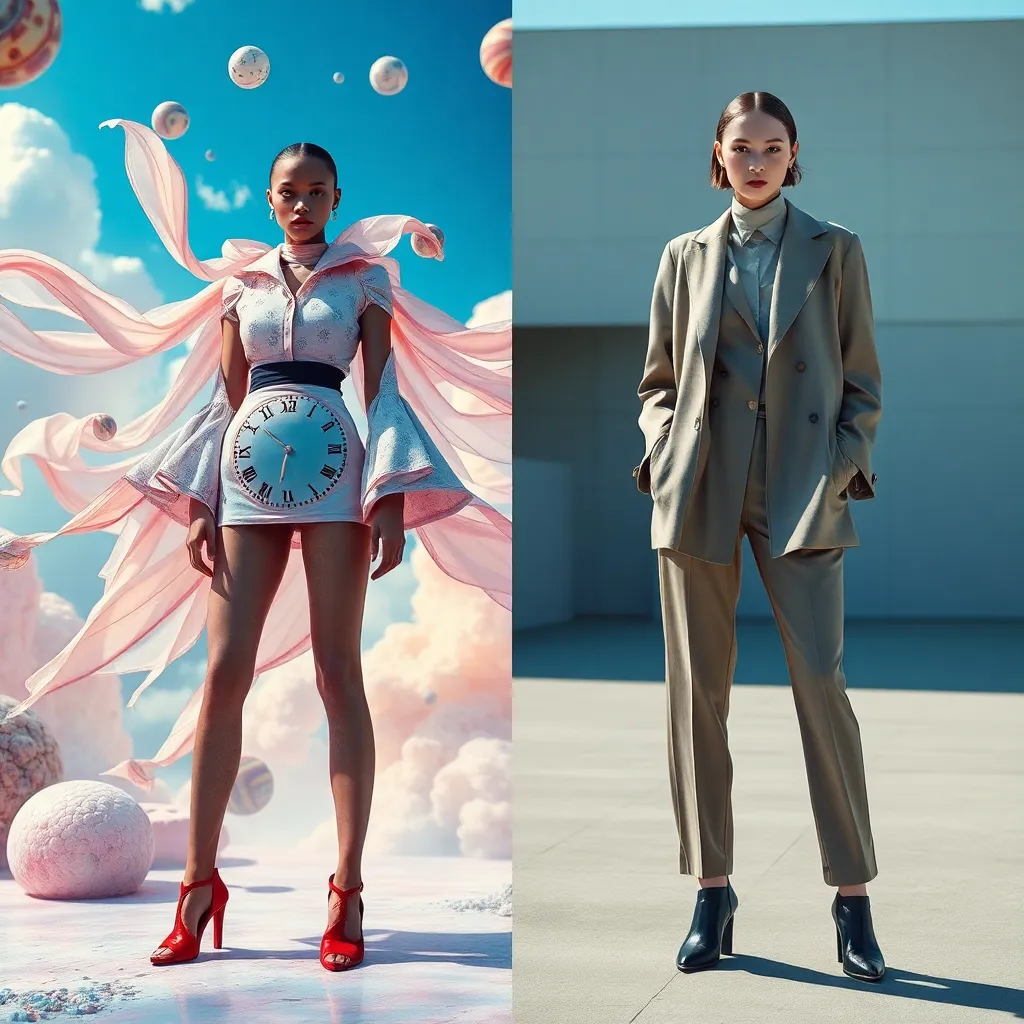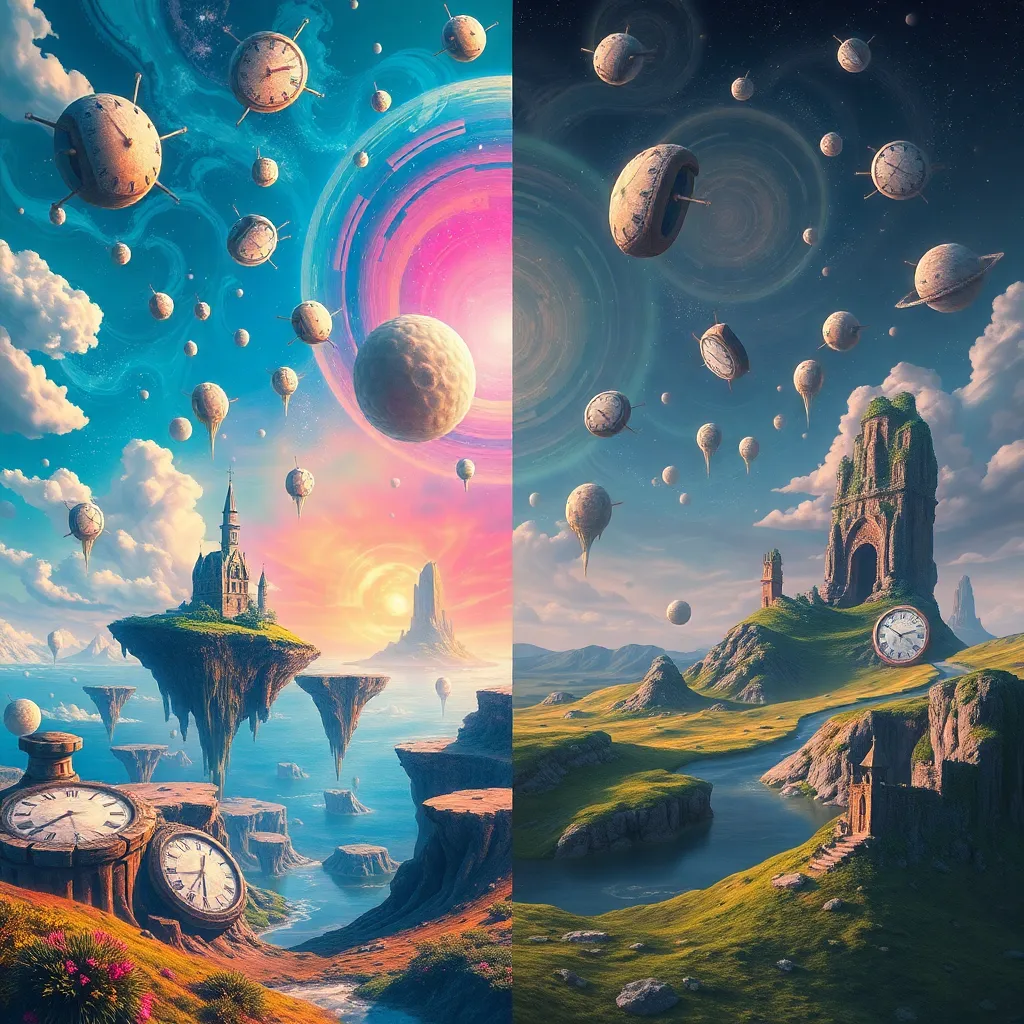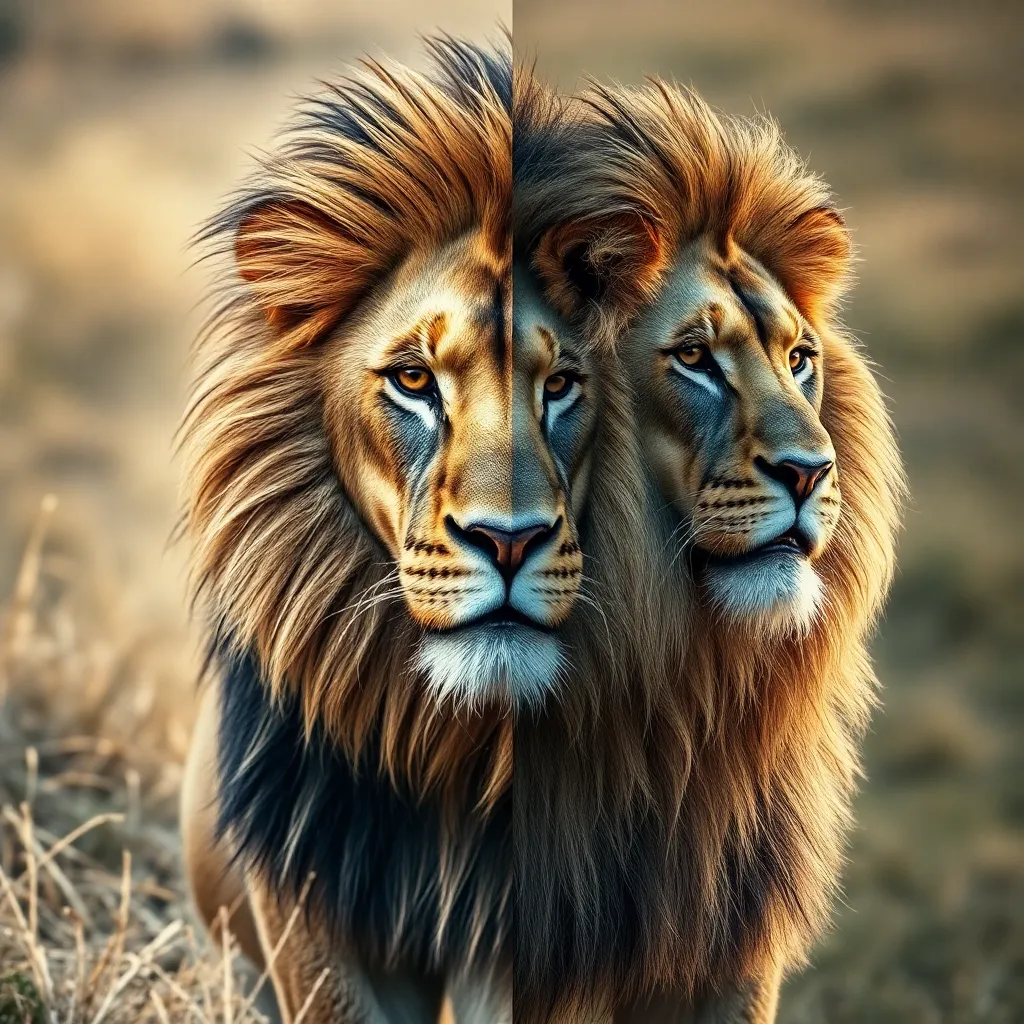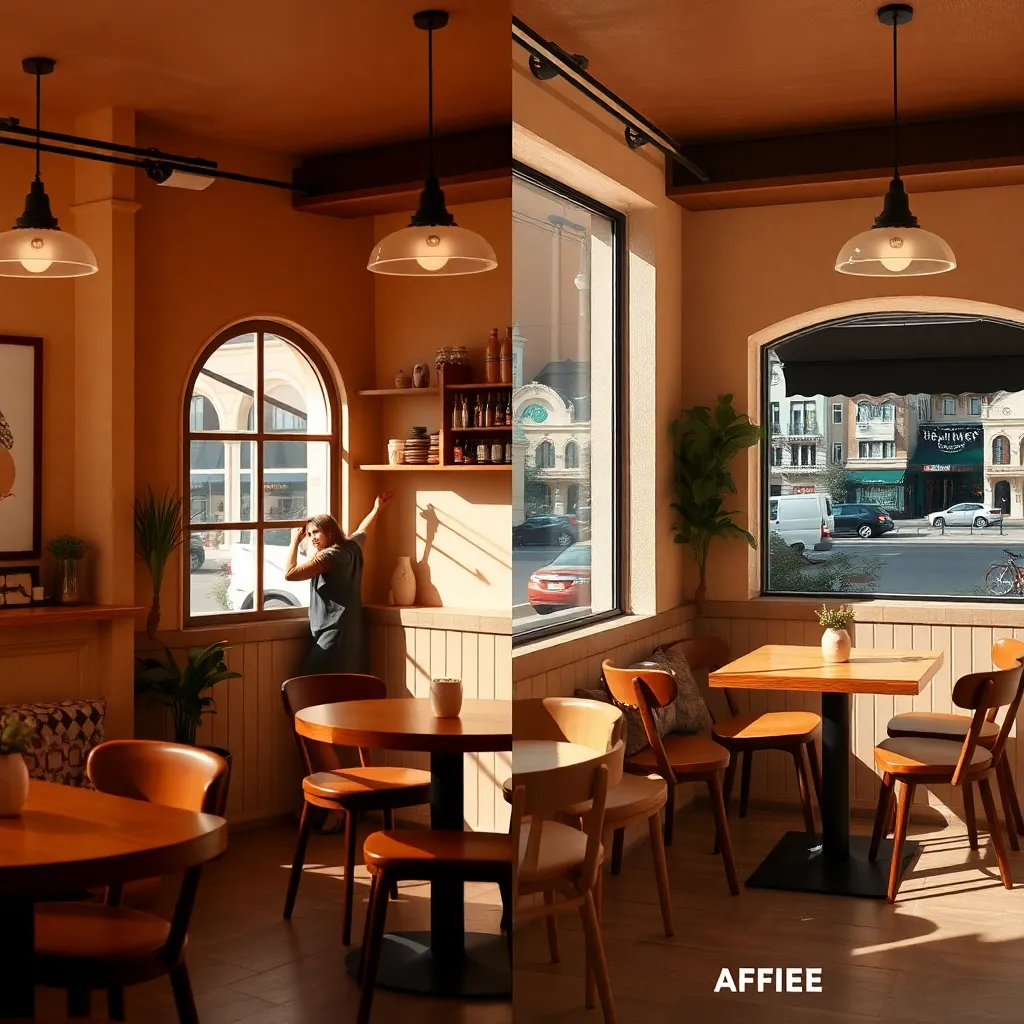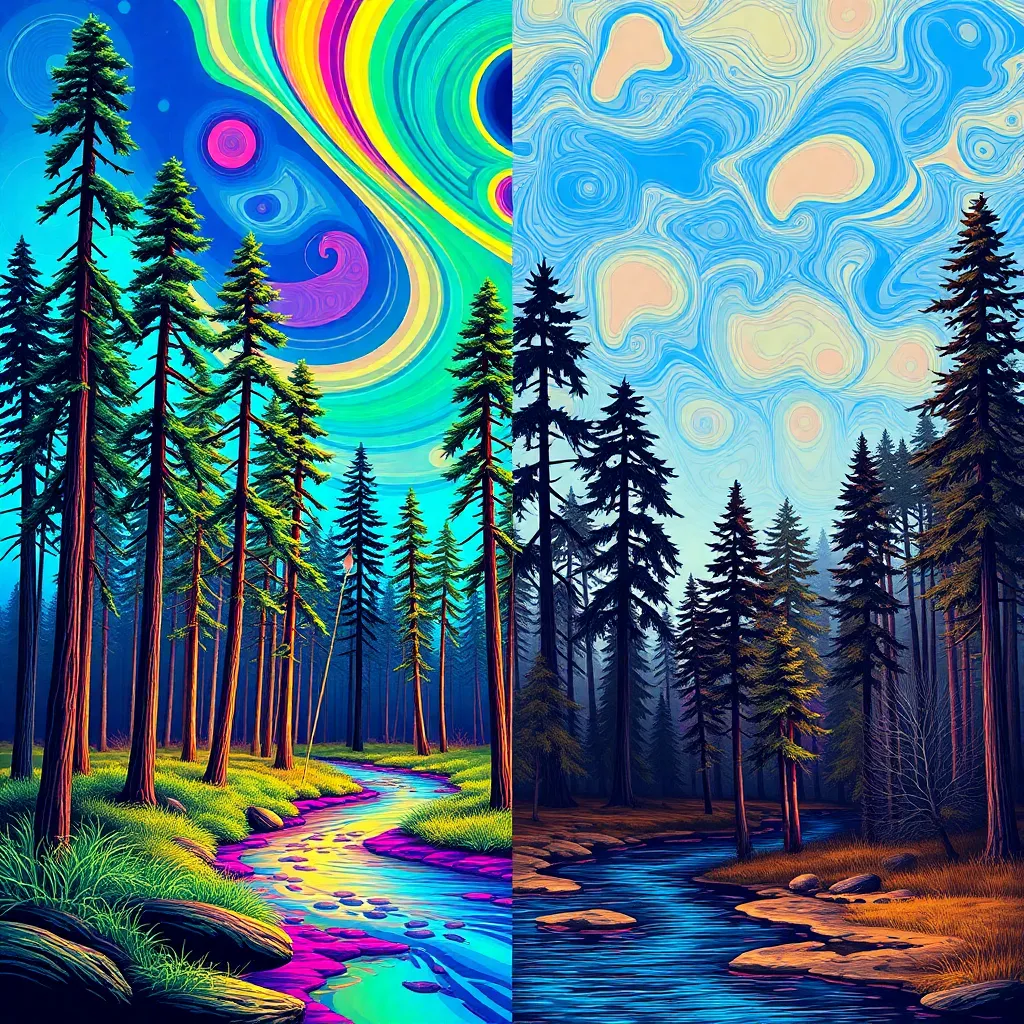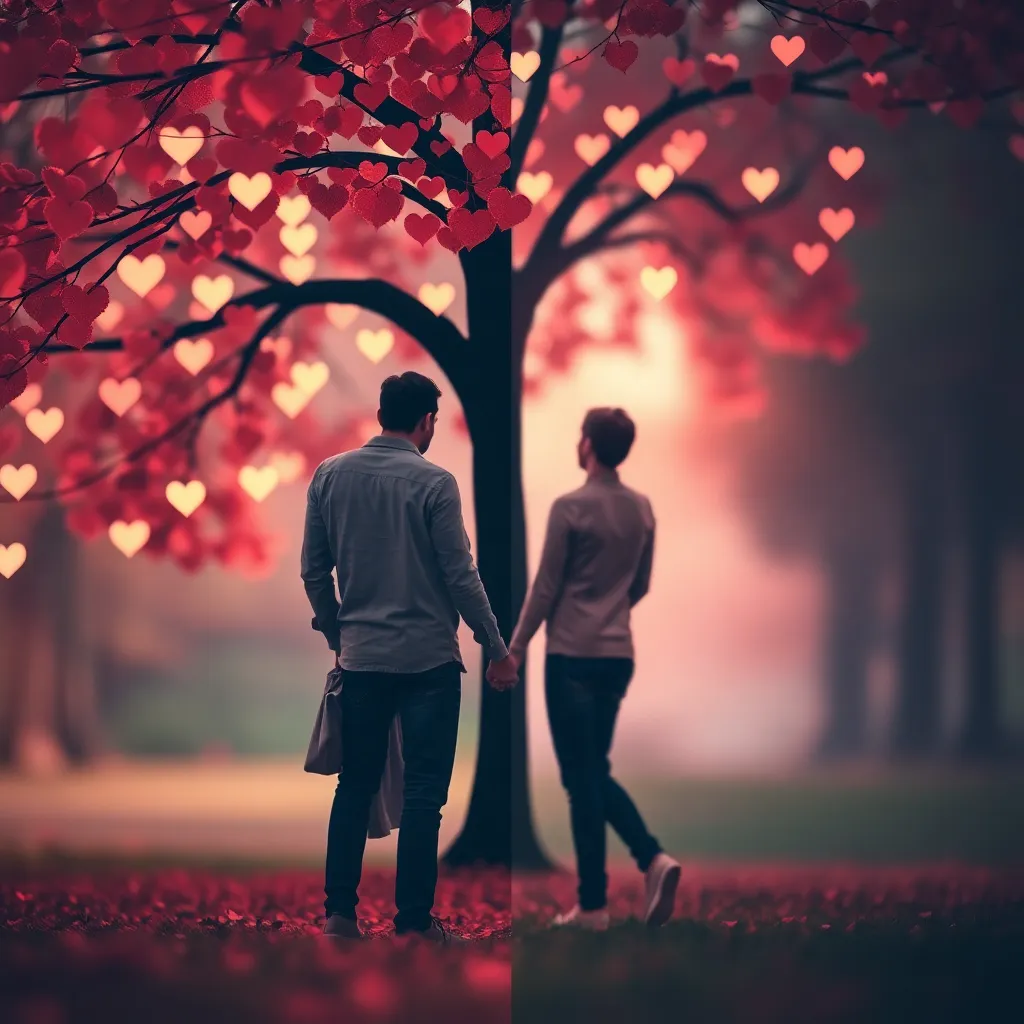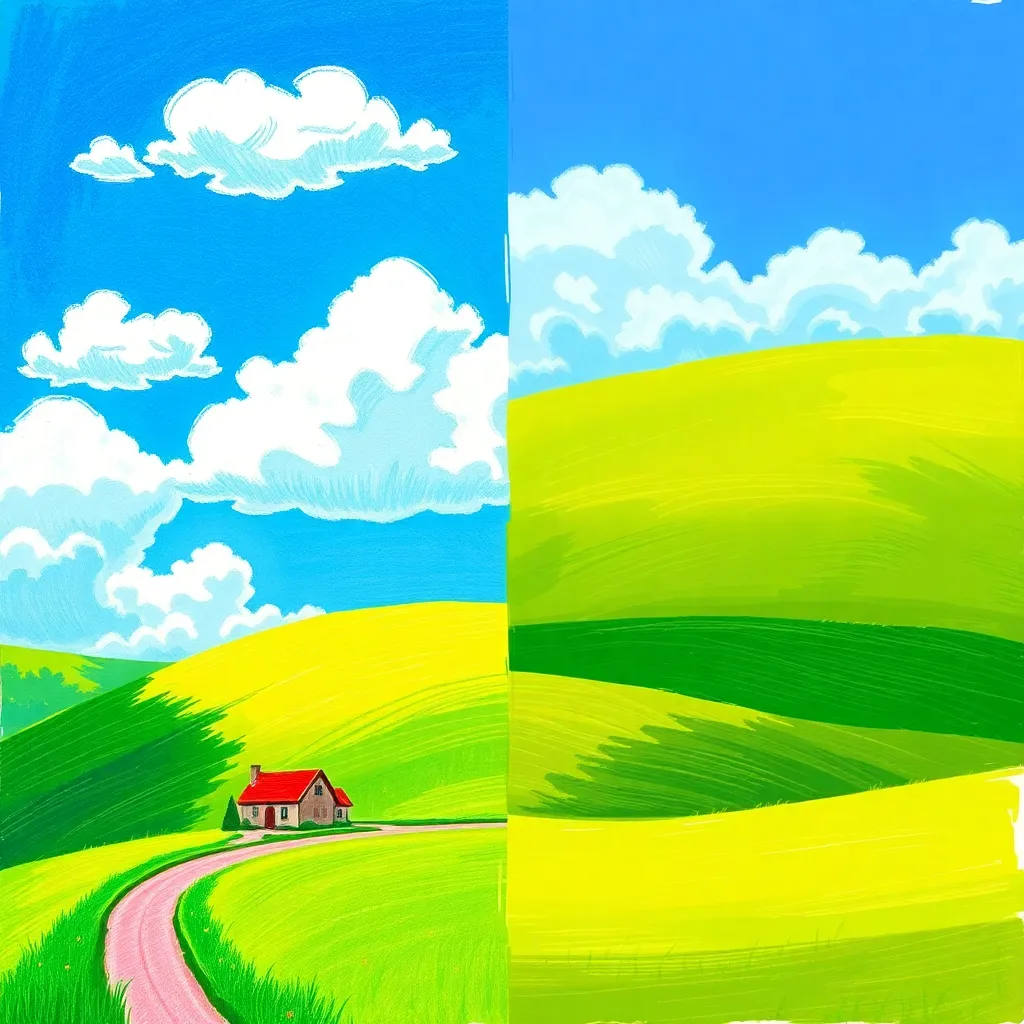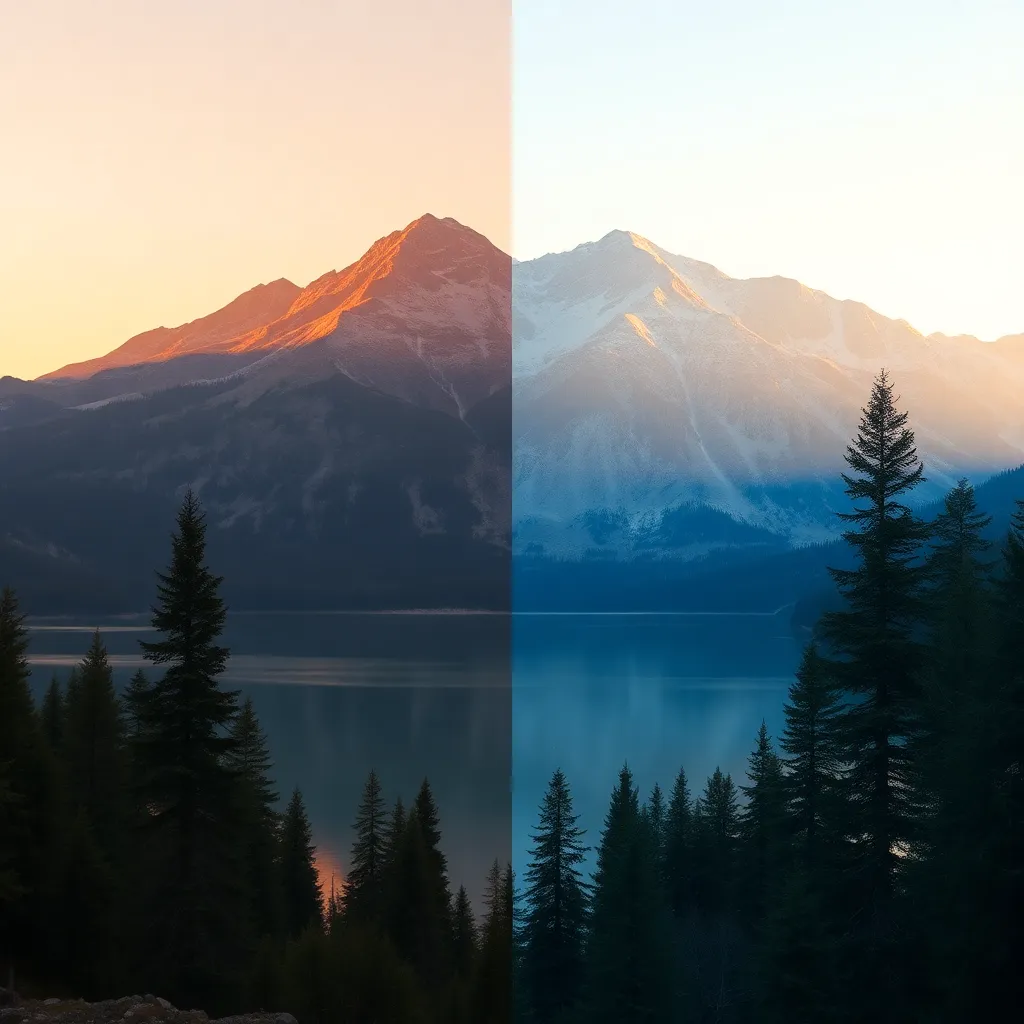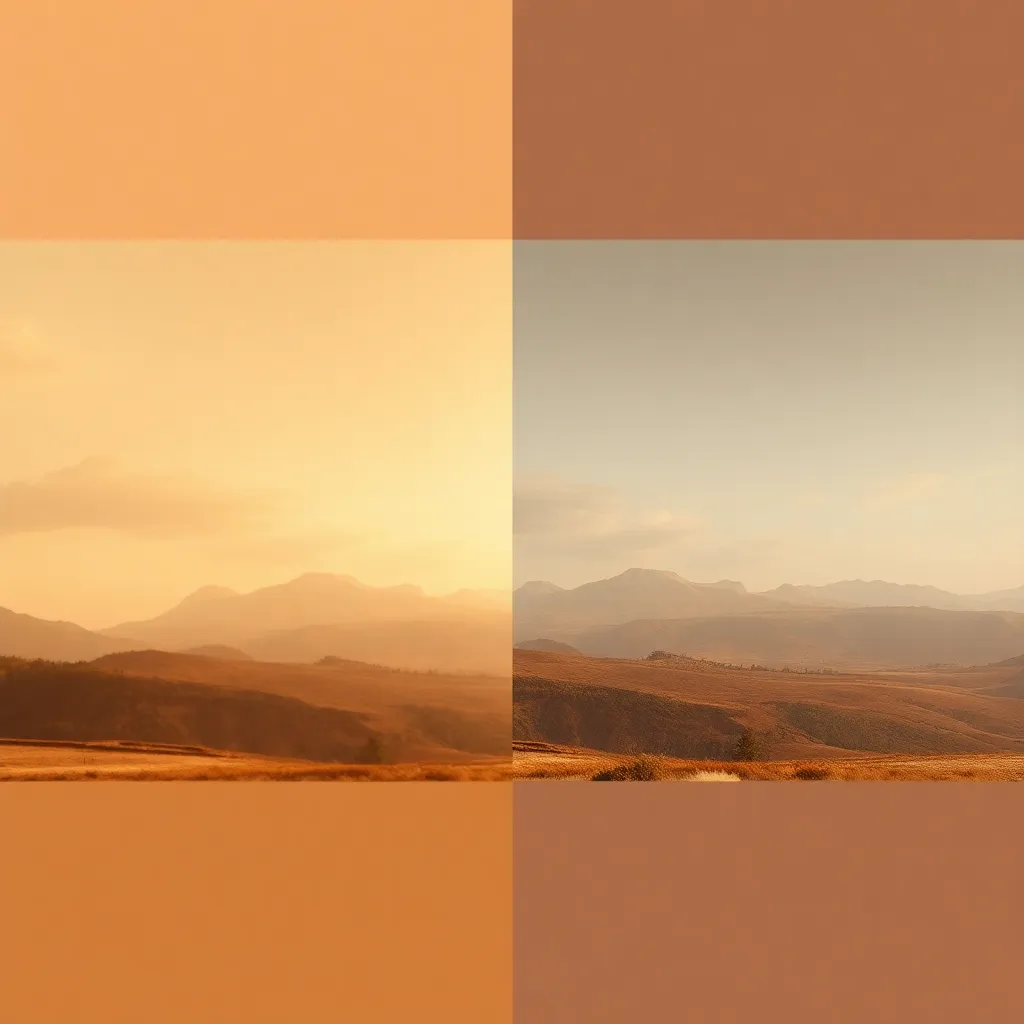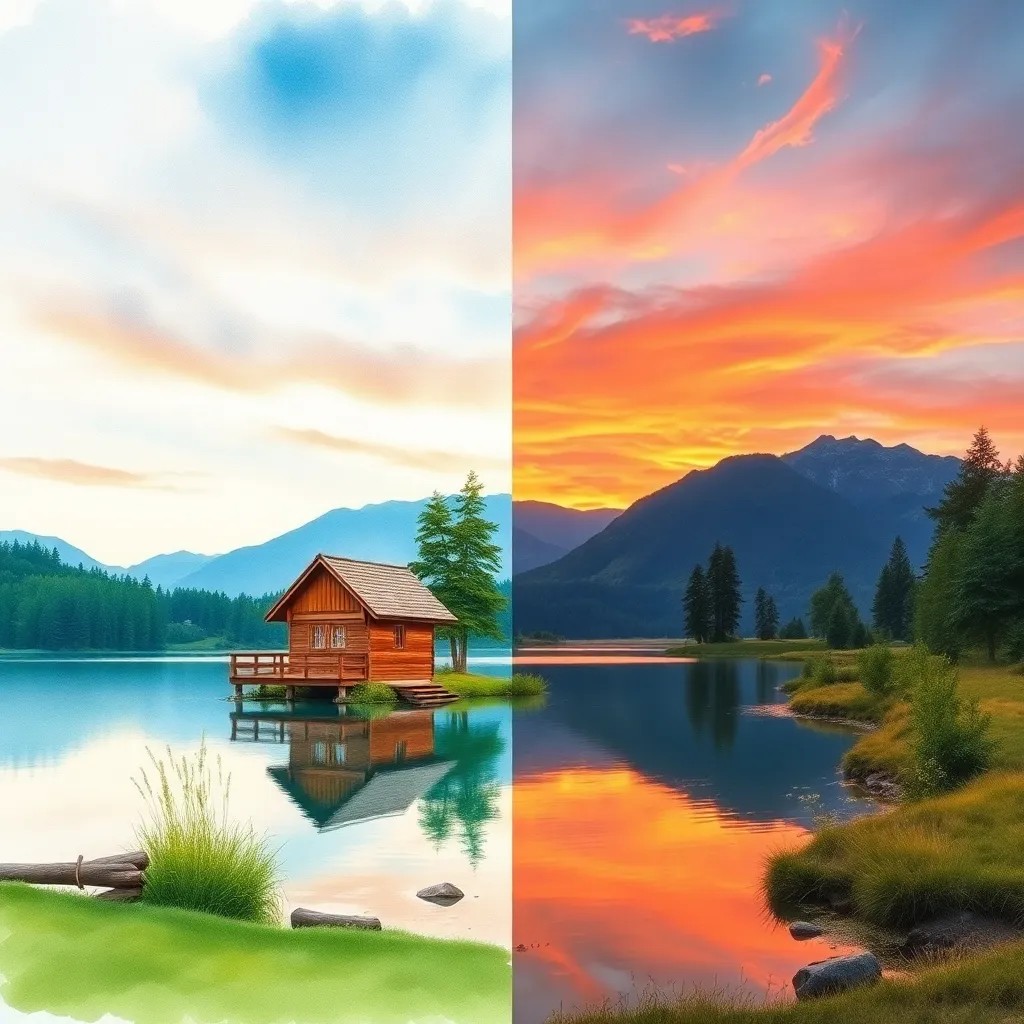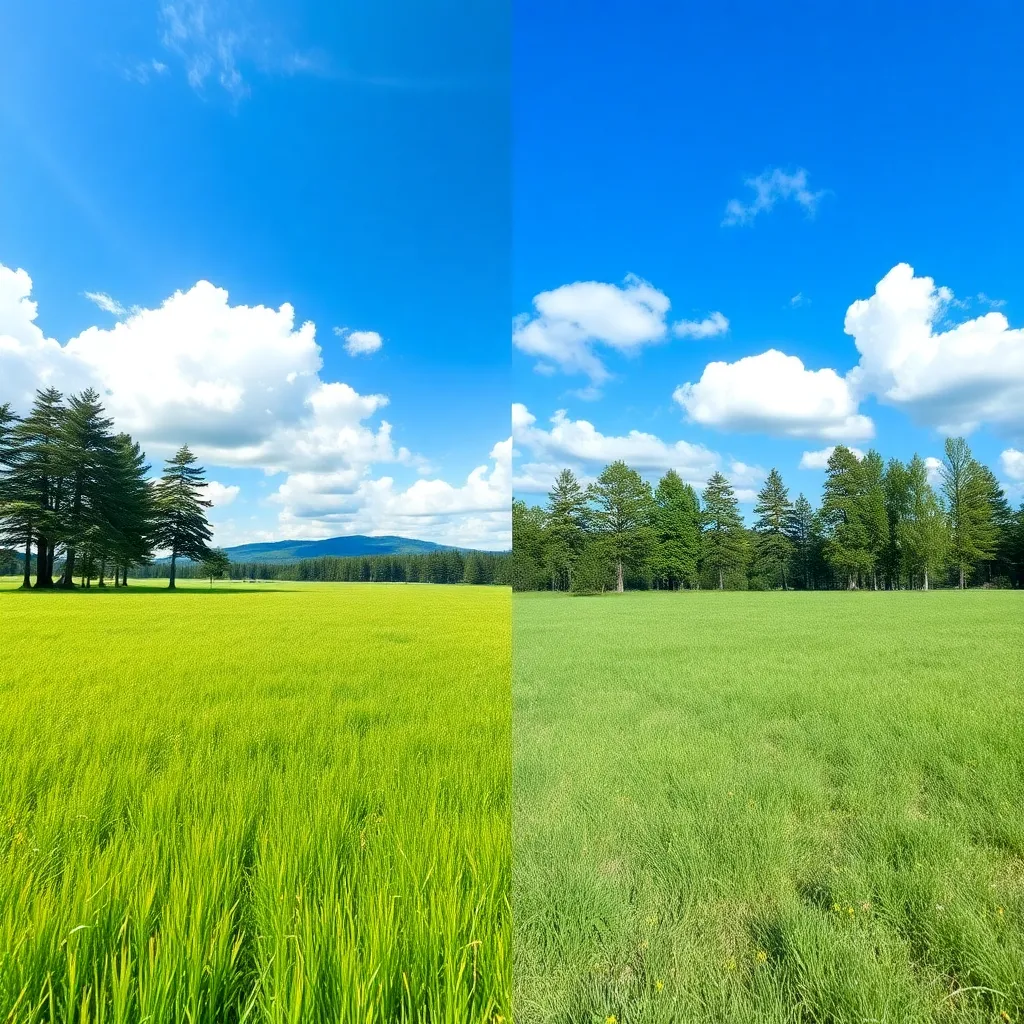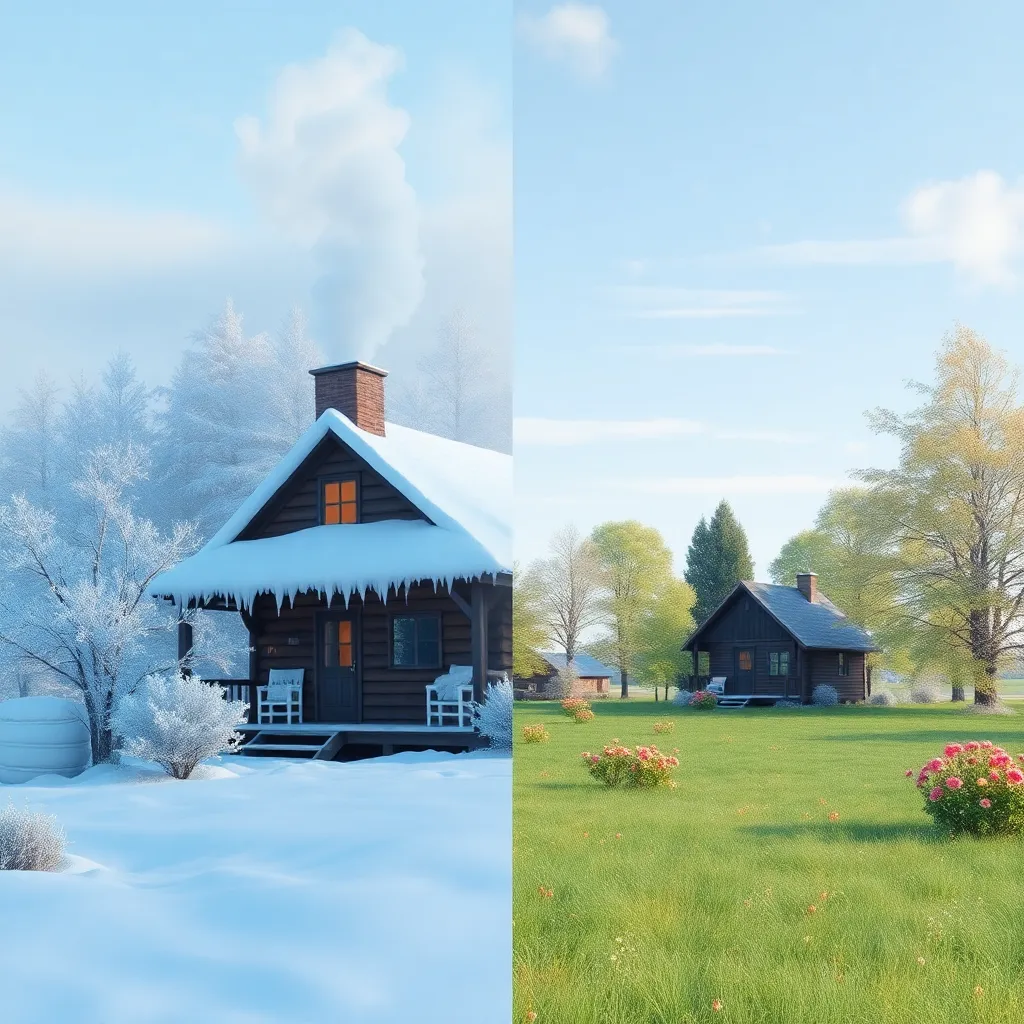What is Comic Style? History and Characteristics
Comic Style is a vibrant, graphic effect that transforms photos into visually striking images reminiscent of the comic book art found in superhero stories, graphic novels, and pop culture magazines. This style is defined by its bold black outlines, flat or exaggerated color palettes, halftone dot patterns, dynamic action lines, and playful speech or thought bubbles. The visual language of Comic Style is instantly recognizable: it’s energetic, fun, and packed with drama.
The origins of Comic Style can be traced back to the golden age of comics in the early to mid-20th century, with iconic publishers like Marvel, DC, and EC Comics popularizing the look. Artists such as Jack Kirby, Roy Lichtenstein, and Steve Ditko helped define the aesthetics—thick ink lines, dramatic lighting, and expressive characters. Over the decades, the style has become a cultural touchstone, embraced in advertising, fashion, pop art, movies, and digital media.
With advances in digital editing and AI, Comic Style effects can now be easily applied to photographs, opening up new creative opportunities for anyone to infuse their images with comic-inspired flair.
Who Uses Comic Style?
Comic Style is embraced by a wide range of creative professionals and enthusiasts:
- Graphic novelists and comic book artists use it to design panels, covers, and character concepts.
- Advertising agencies and marketers employ it to create eye-catching campaigns and promotional materials.
- Photographers use the effect for themed shoots, event photography, or to add a unique twist to client portraits.
- Social media influencers and content creators apply Comic Style to stand out in crowded feeds and craft engaging posts.
- Gift makers and merchandisers turn photos into comic panels for personalized gifts, apparel, or products.
- Educators and storytellers leverage the style to create engaging visual narratives for presentations or learning materials.
This style appeals to anyone seeking to inject energy, humor, and story into their images.
How Comic Style Enhances Photos
Comic Style delivers a distinct visual impact, enhancing photos in several key ways:
- Bold Outlines and Contrast: The thick black lines and high-contrast palette immediately draw viewers’ eyes to the subject, making images pop off the page or screen. This graphic treatment clarifies forms and adds a sense of structure.
- Vibrant Colors: Comic Style uses saturated, often primary colors that evoke excitement, optimism, or intensity. These color choices help set the mood—whether dramatic, playful, or action-packed.
- Halftone Textures: The iconic dot patterns (halftone) add depth and authenticity, mimicking classic printing techniques and lending a nostalgic, tactile feel.
- Action Lines and Dynamic Compositions: Speed lines, bursts, and exaggerated poses add movement and drama, turning even static subjects into lively scenes.
- Speech Bubbles and Text Elements: By incorporating text, Comic Style allows for storytelling, humor, or personalization within the image—perfect for creating narratives or adding a witty touch.
- Stylization and Exaggeration: The overall effect simplifies reality, exaggerates features, and emphasizes expressions or gestures for maximum emotional impact.
These elements combine to make images more engaging, memorable, and shareable, perfect for visual storytelling.
Use Cases of Comic Style: Where and When to Use It
Comic Style is versatile and can be applied to a wide variety of photography and illustration genres:
1. Superhero Portraits
Transforming a standard portrait into a superhero comic panel amplifies drama and imagination. Great for cosplay, fan art, graphic novels, or themed events, it lets subjects see themselves as larger-than-life characters.
2. Cityscapes and Urban Scenes
Comic Style is ideal for editorial illustrations, posters, or magazine features about city life. The bold outlines and dramatic lighting enhance architectural shapes and urban energy, making city scenes feel dynamic and alive.
3. Action and Sports Photography
Whether it’s a staged battle or athletic action, Comic Style accentuates movement with motion lines and expressive faces. Use it in comic strips, advertisements, or event recaps to inject excitement and narrative flair.
4. Pet Portraits
Pet lovers can turn their furry friends into comic stars. The style’s playful exaggeration and speech bubbles add humor and charm, making for memorable gifts, social posts, or merchandise.
5. Food Illustration
Menus, food blogs, and cookbooks benefit from Comic Style food illustrations. The bold look draws attention to dishes, highlights vivid ingredients, and adds a whimsical, appetizing appeal.
6. Travel and Landmarks
Comic Style travel scenes are perfect for postcards, travel blogs, or promotional materials. Iconic locations gain a fresh, approachable look, while speech bubbles add local flavor or messages.
Each use case leverages the style’s strengths: instant visual impact, storytelling, and emotional appeal.
Pro Tips for Using Comic Style & Conclusion
- Choose the Right Photo: High-contrast images with clear subjects work best. Avoid overly busy backgrounds that may compete with the comic effects.
- Adjust Outlines and Halftone Patterns: Experiment with the thickness of outlines and the size of halftone dots to match the mood—subtle for elegance, bold for impact.
- Emphasize Expressions and Poses: Comic Style shines when faces and gestures are expressive. Encourage dynamic poses or dramatic lighting during the shoot.
- Add Text Wisely: Use speech bubbles or captions to tell a story, add humor, or personalize the image. Keep text short and readable.
- Balance Color: Stick to a vibrant palette but avoid oversaturation. Use color to guide the viewer’s attention to key elements.
- Combine with Other Graphics: Comic Style pairs well with graphic design elements like frames, sound effect words (“Pow!”, “Wow!”), or background bursts.
Conclusion:
Comic Style is a powerful tool for photographers, artists, and creatives who want to infuse their images with personality, energy, and narrative. Its timeless appeal—rooted in the golden age of comics—makes it both nostalgic and modern, ensuring your visuals will stand out in any context. Whether you’re creating portraits, marketing materials, or gifts, Comic Style transforms the ordinary into the extraordinary. Give it a try and watch your photos become instant classics!
